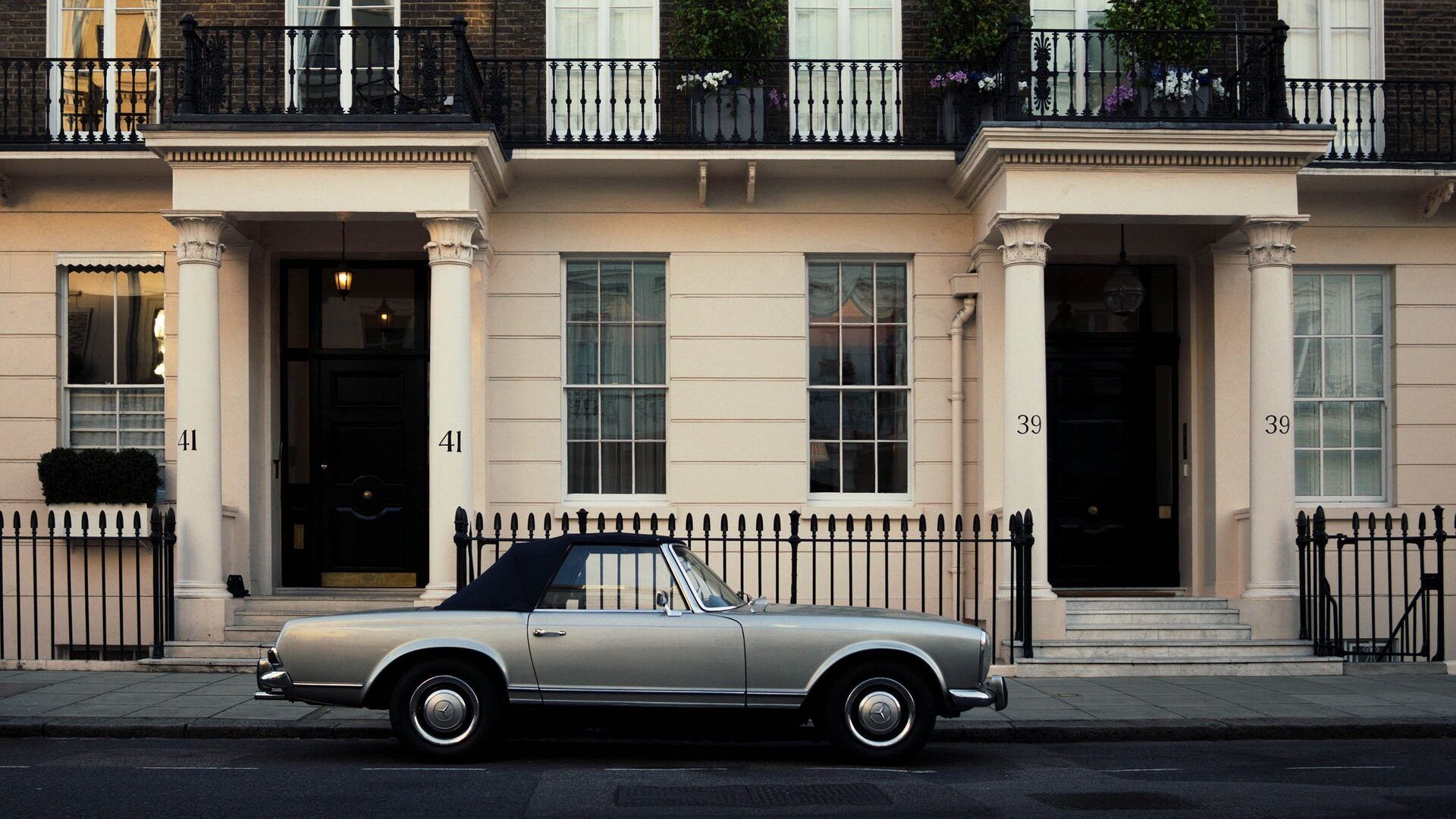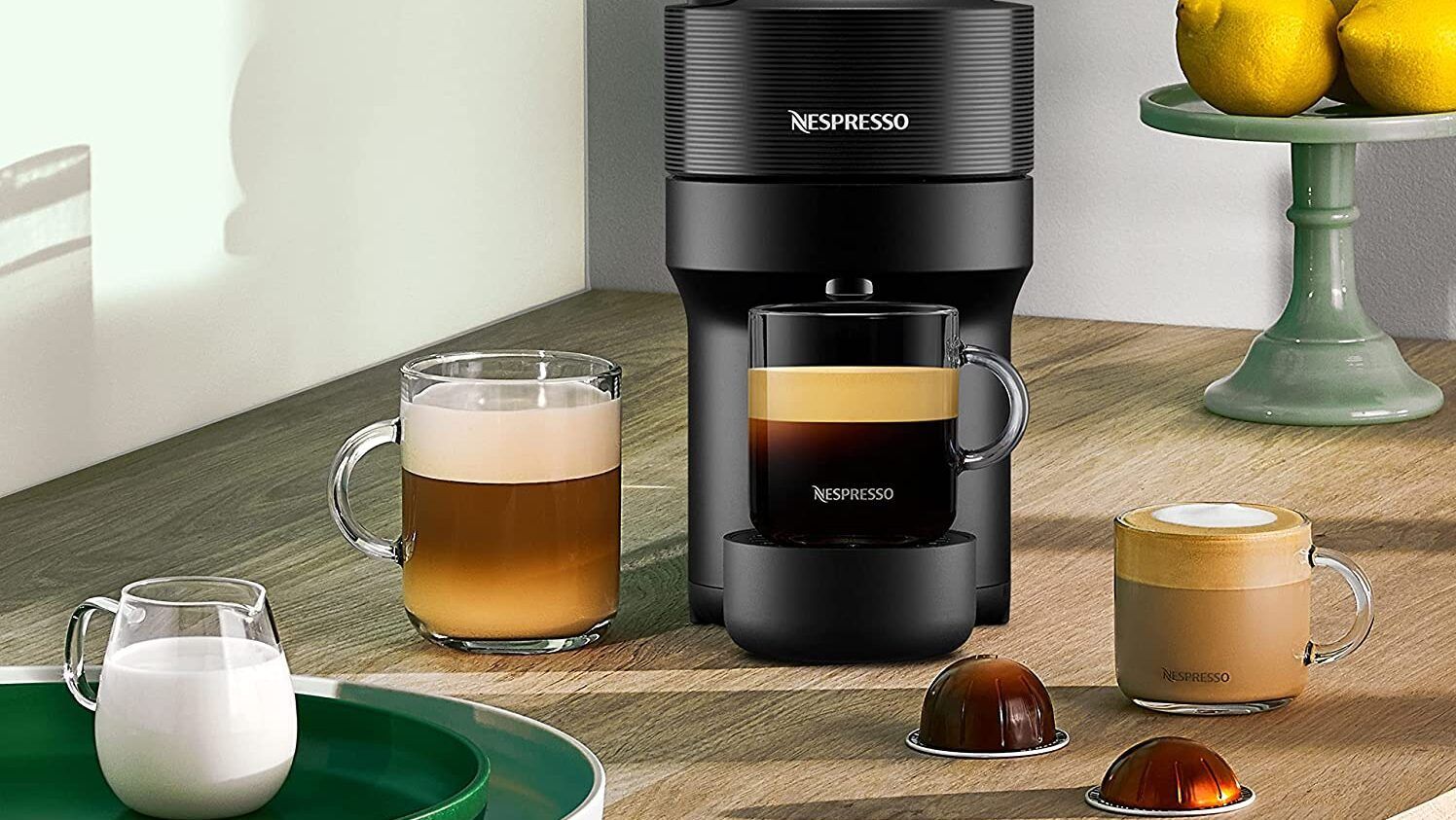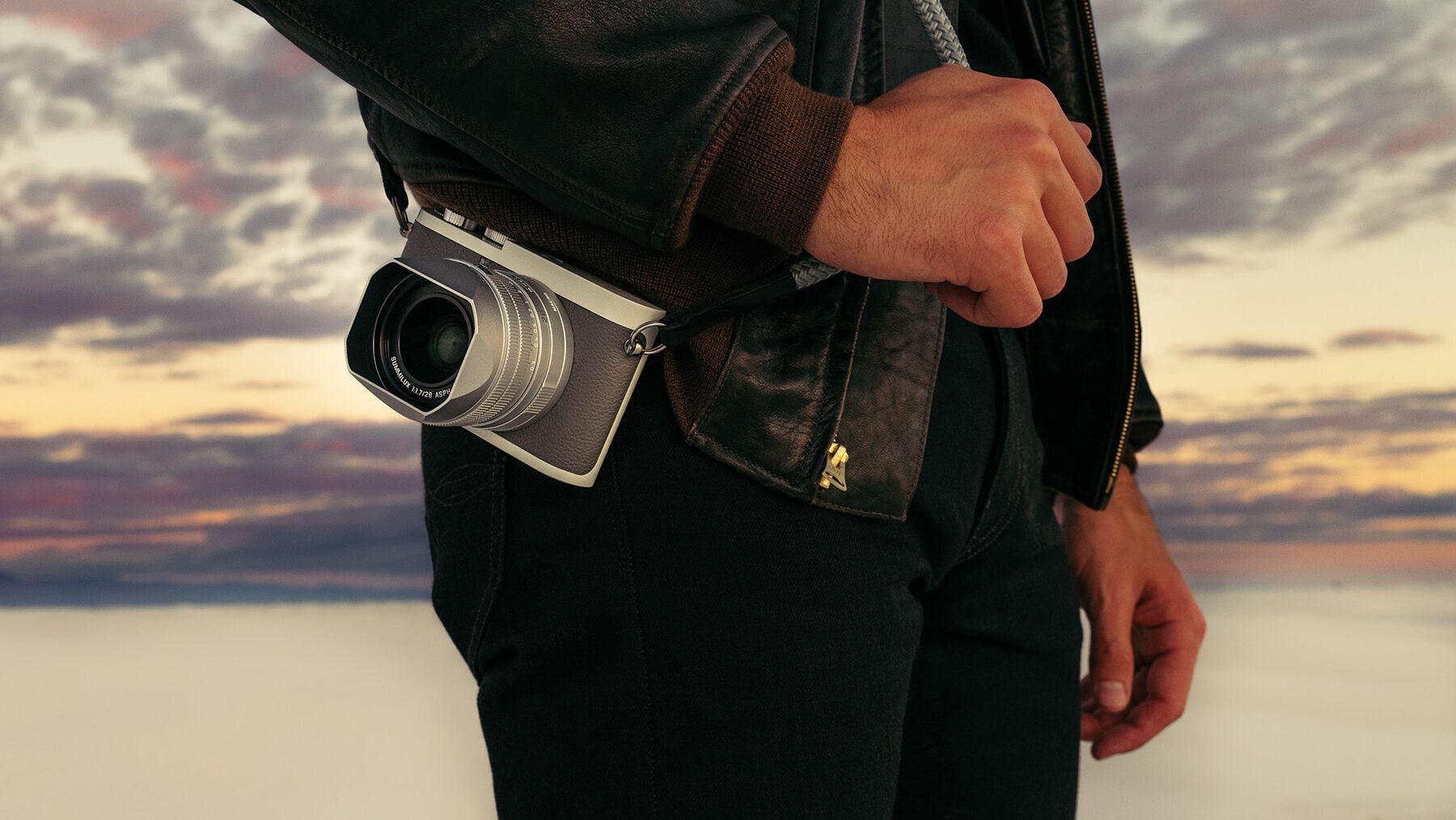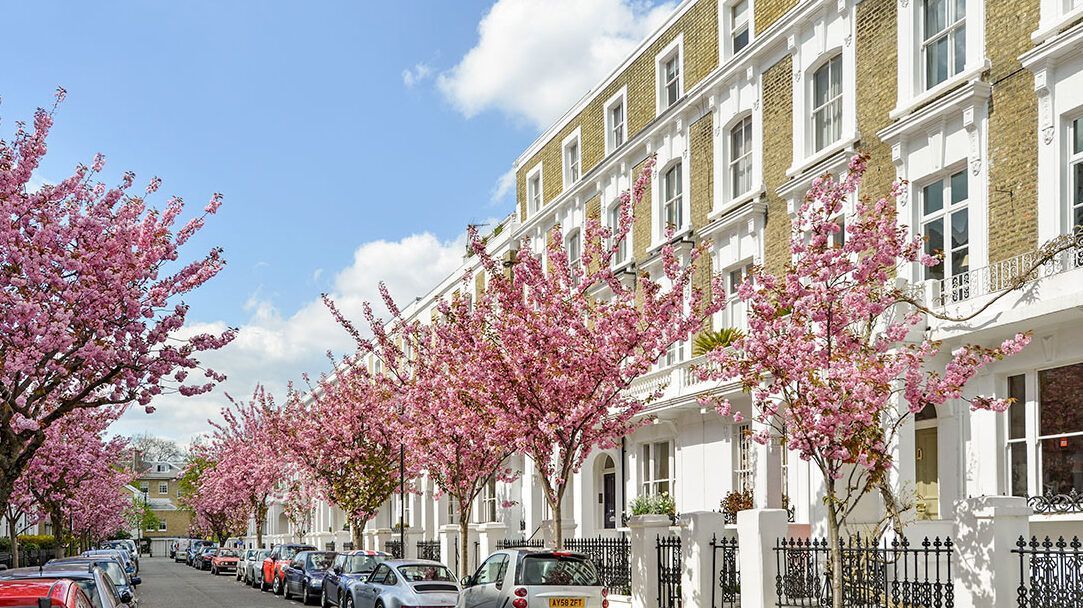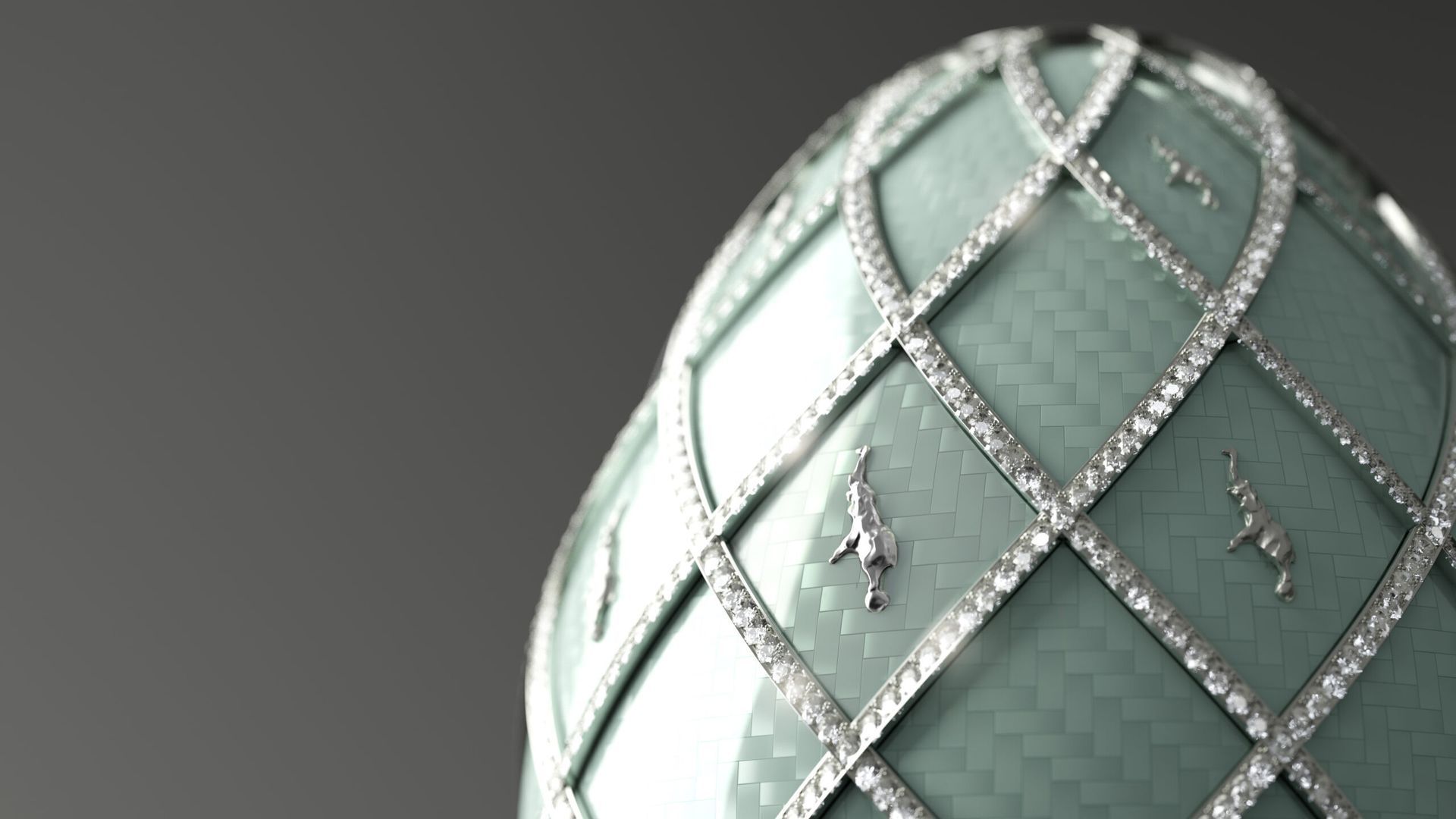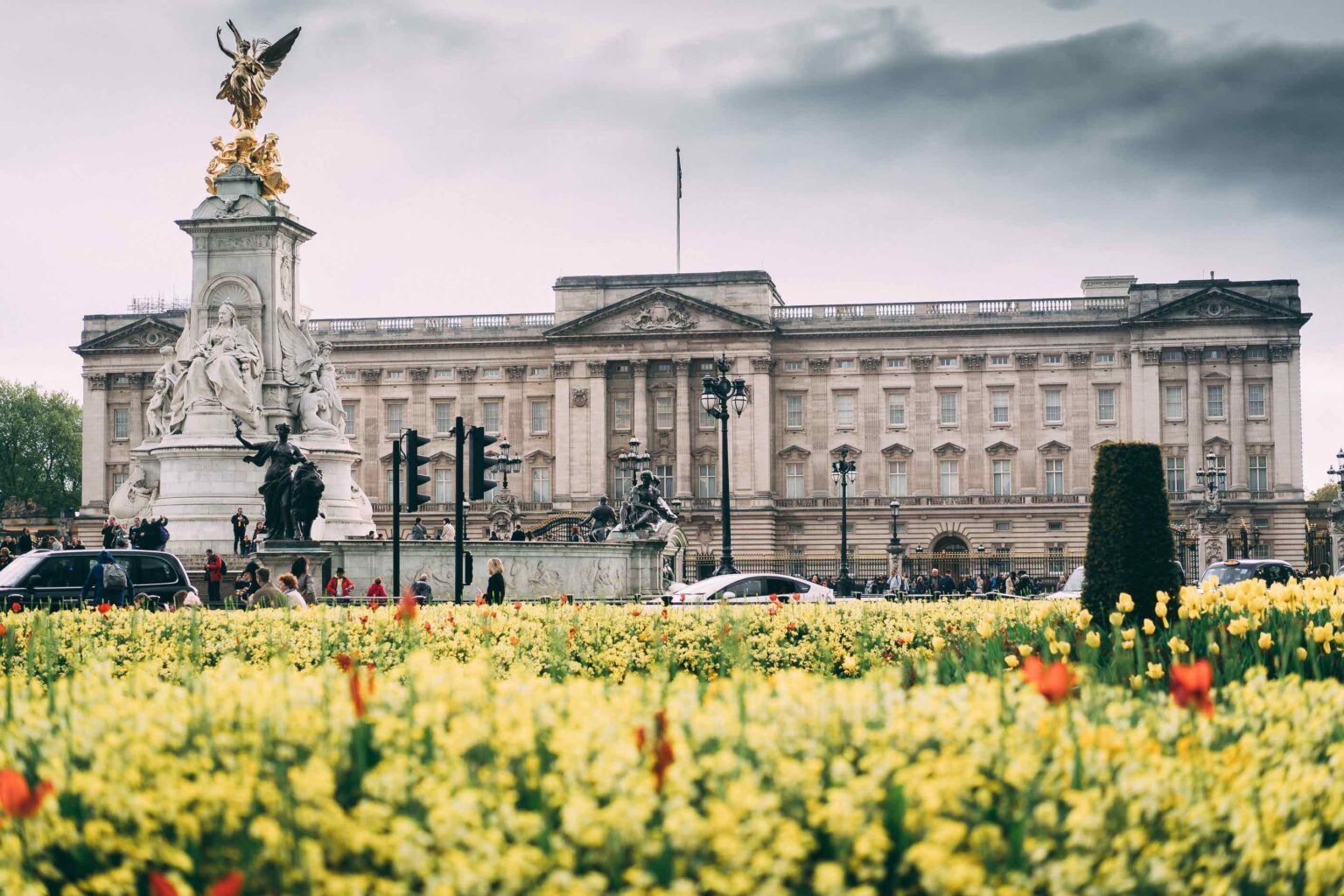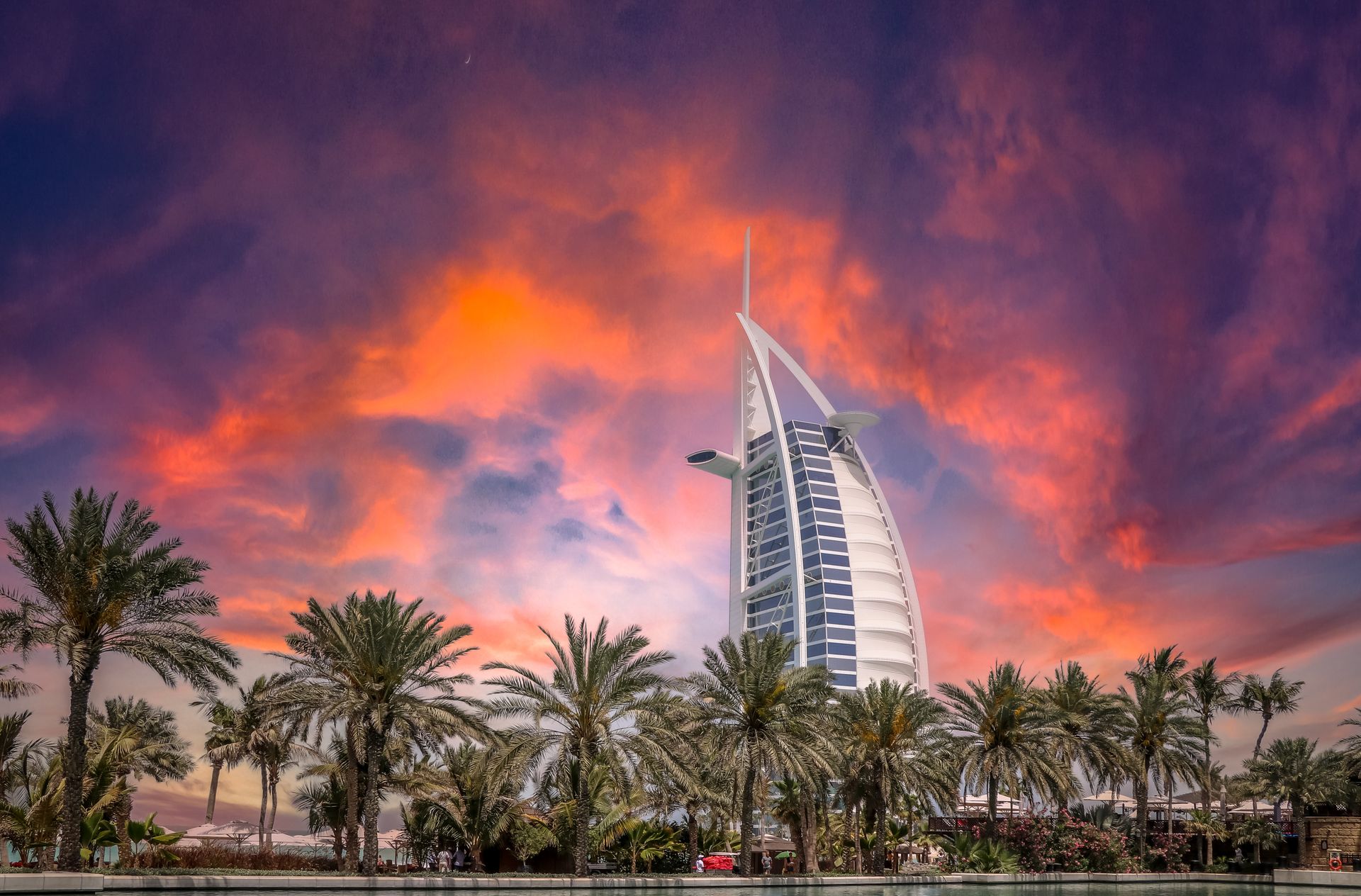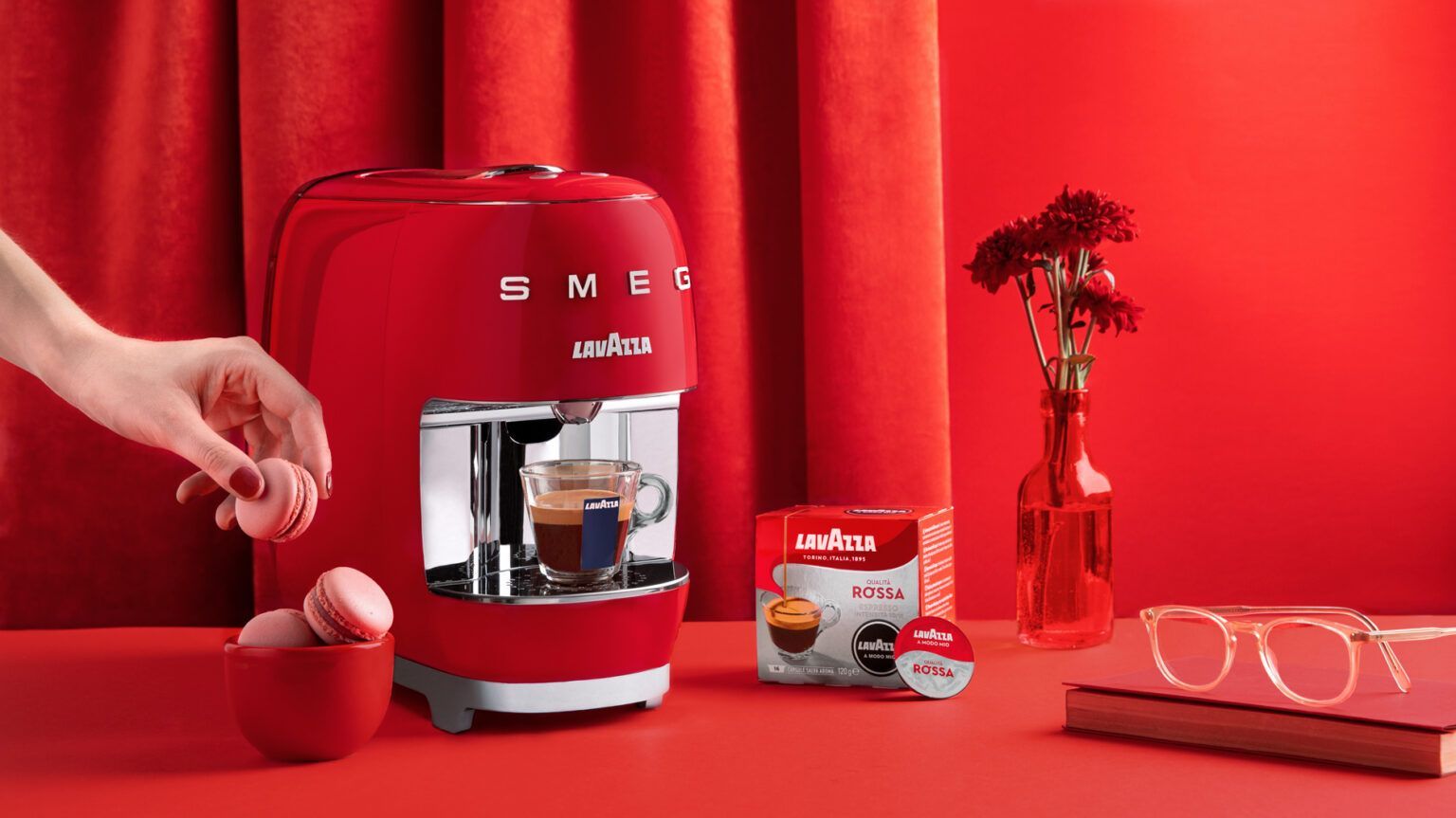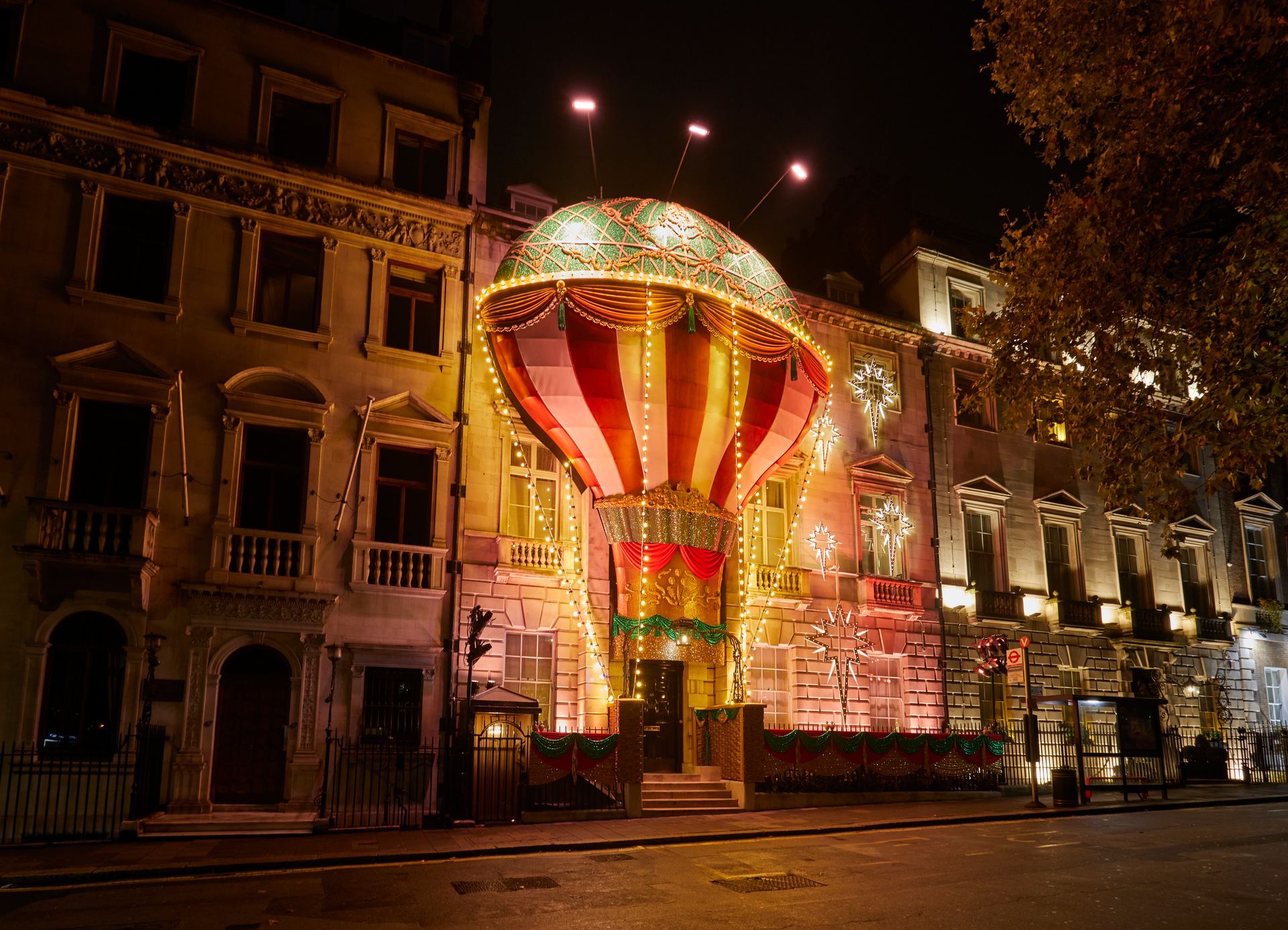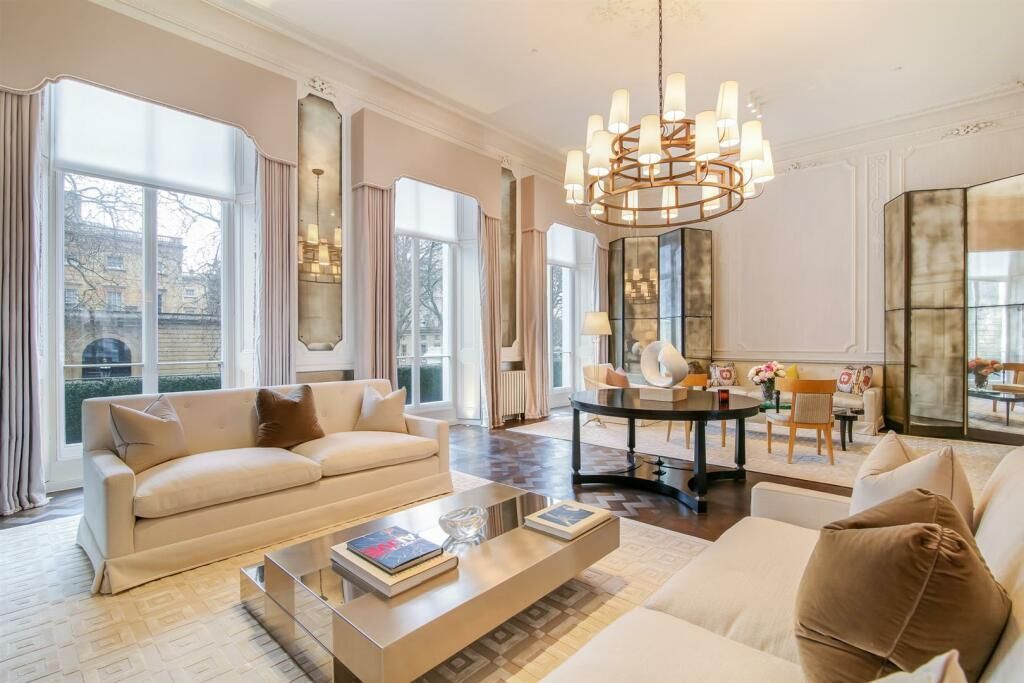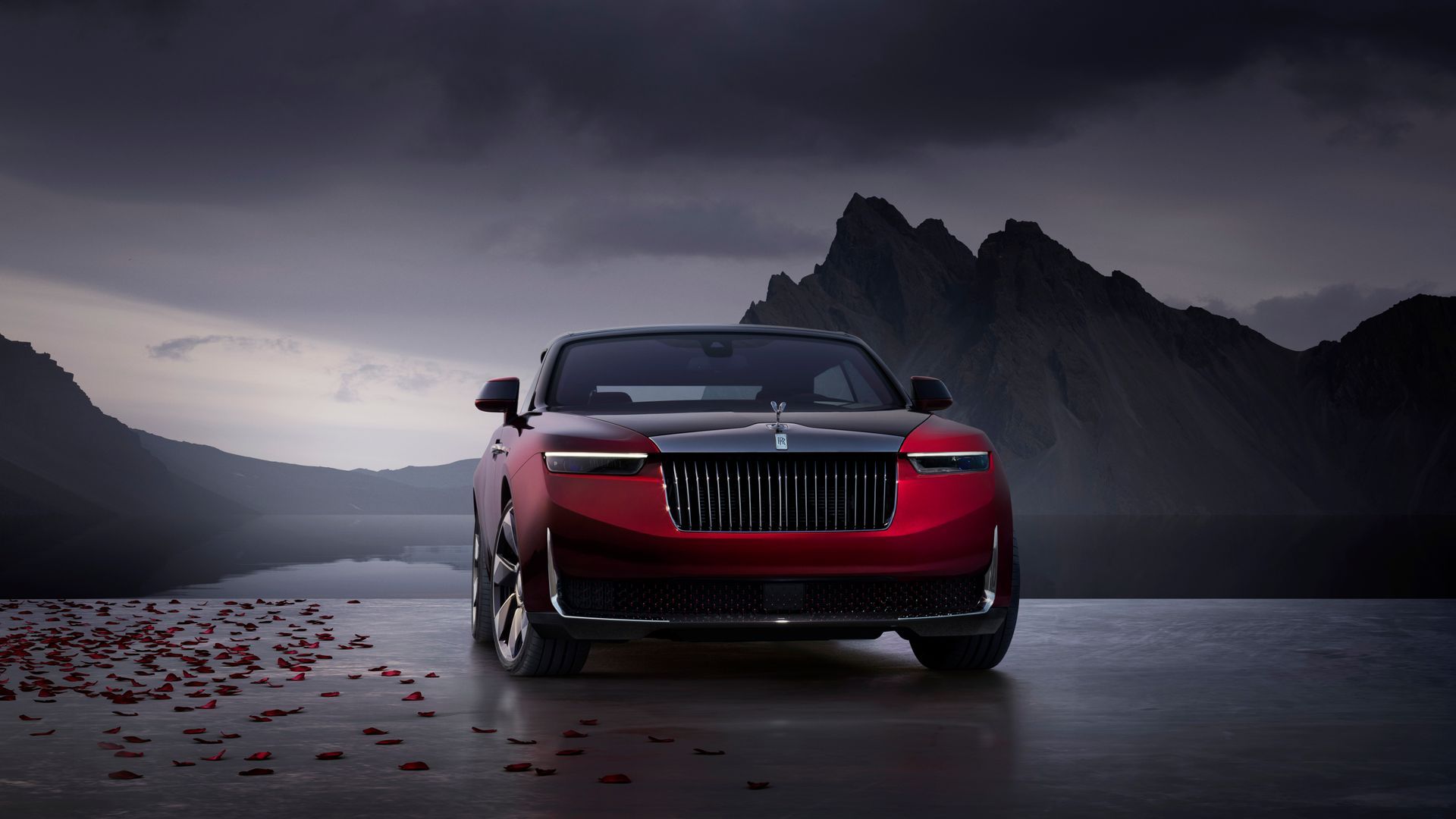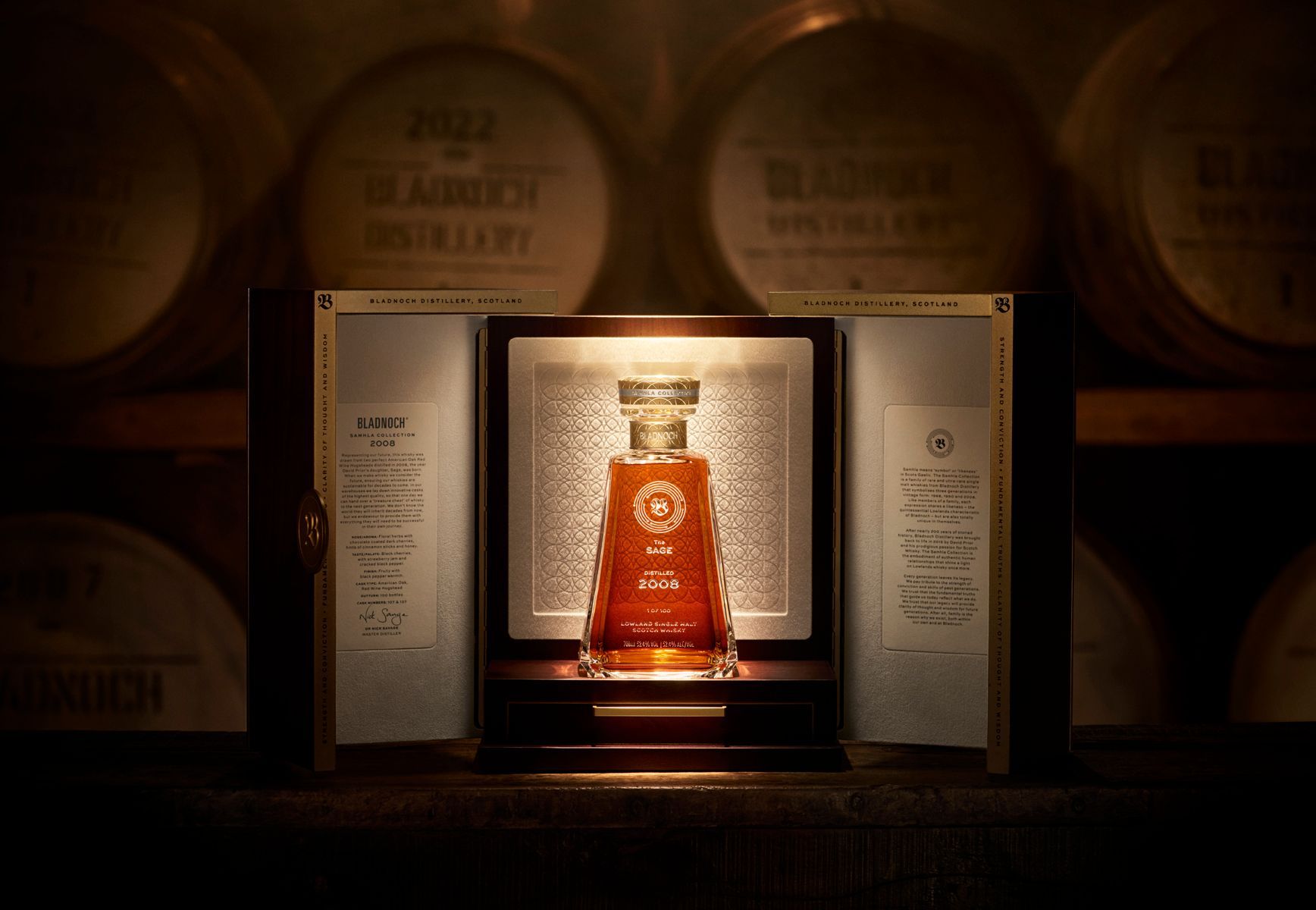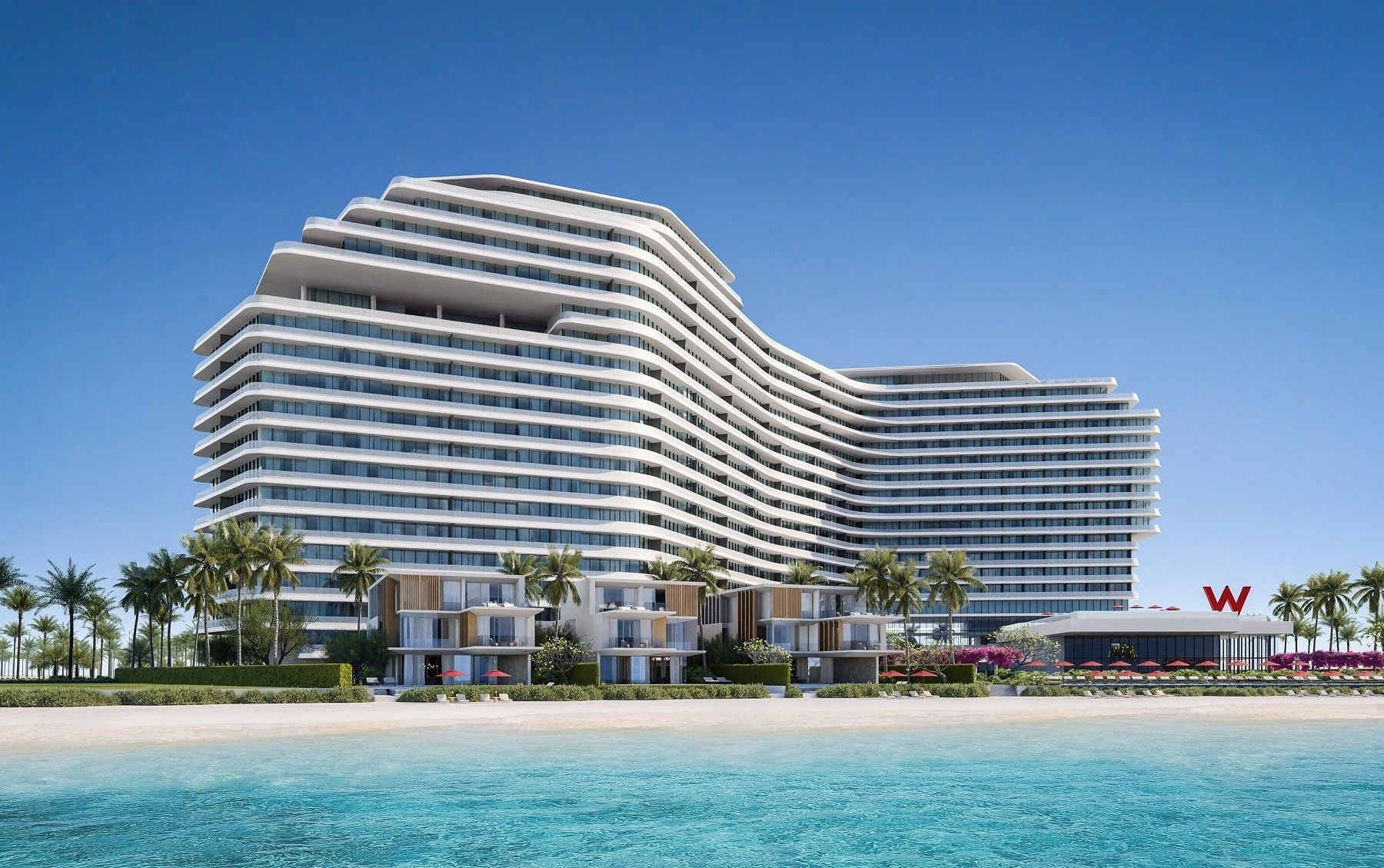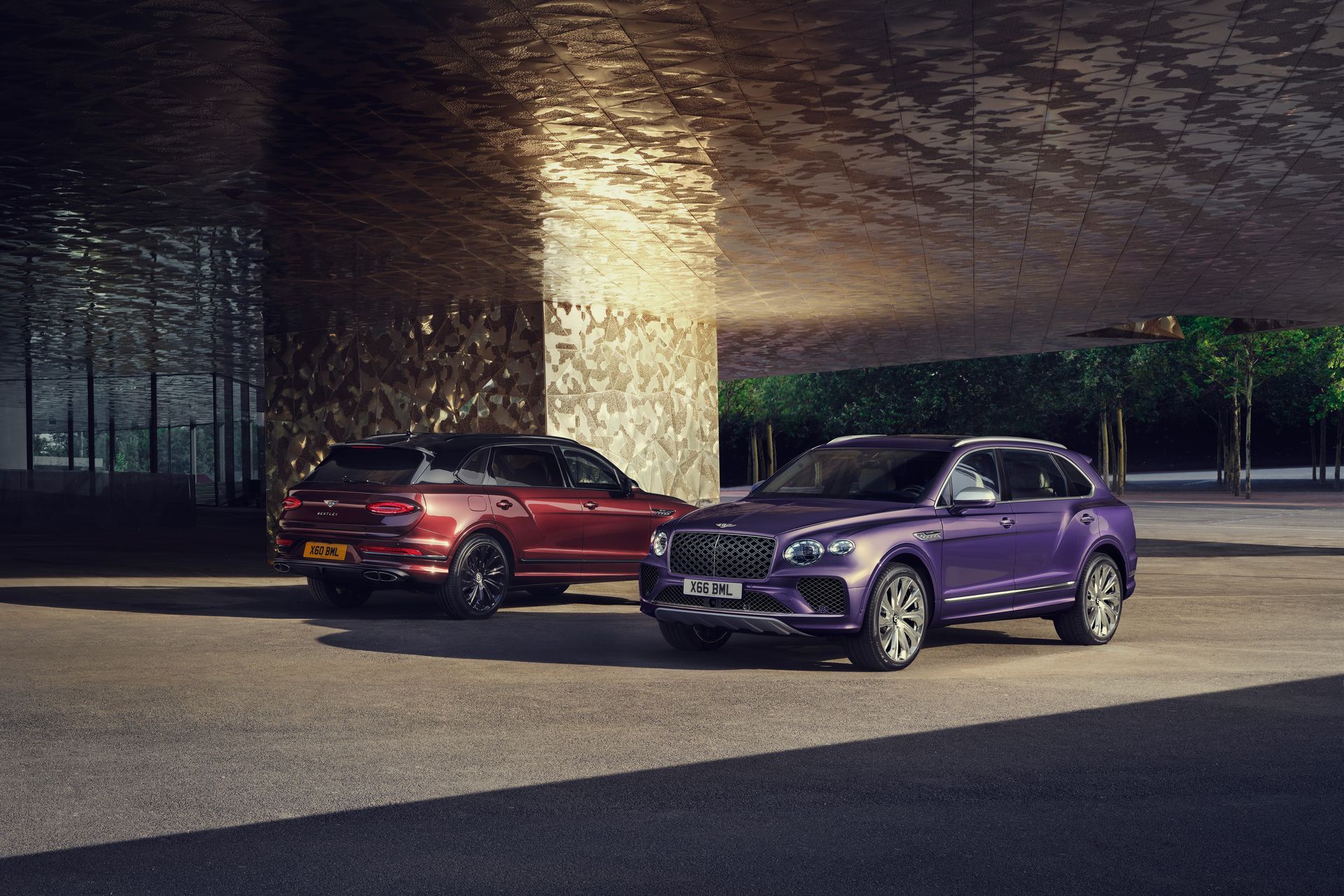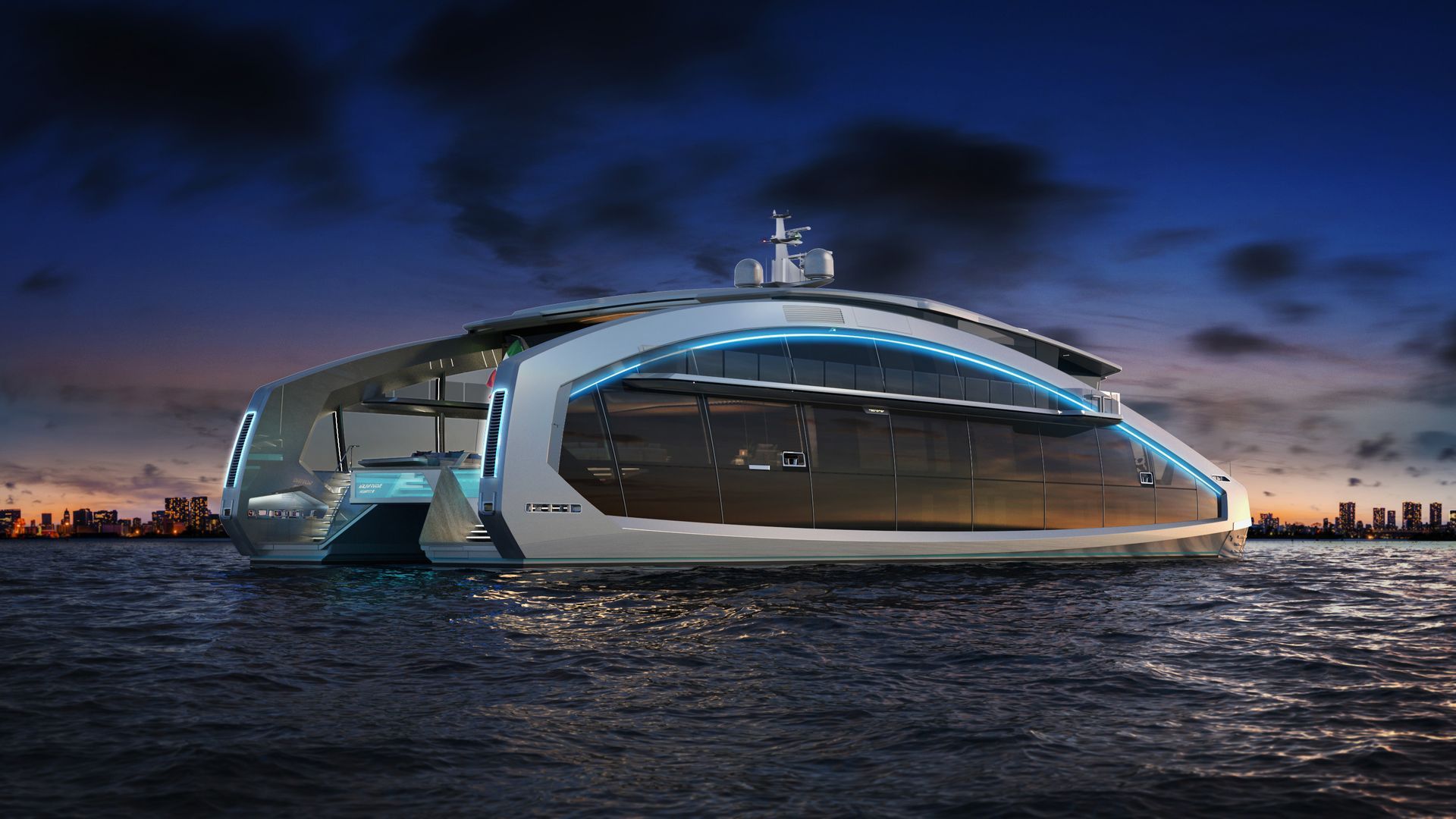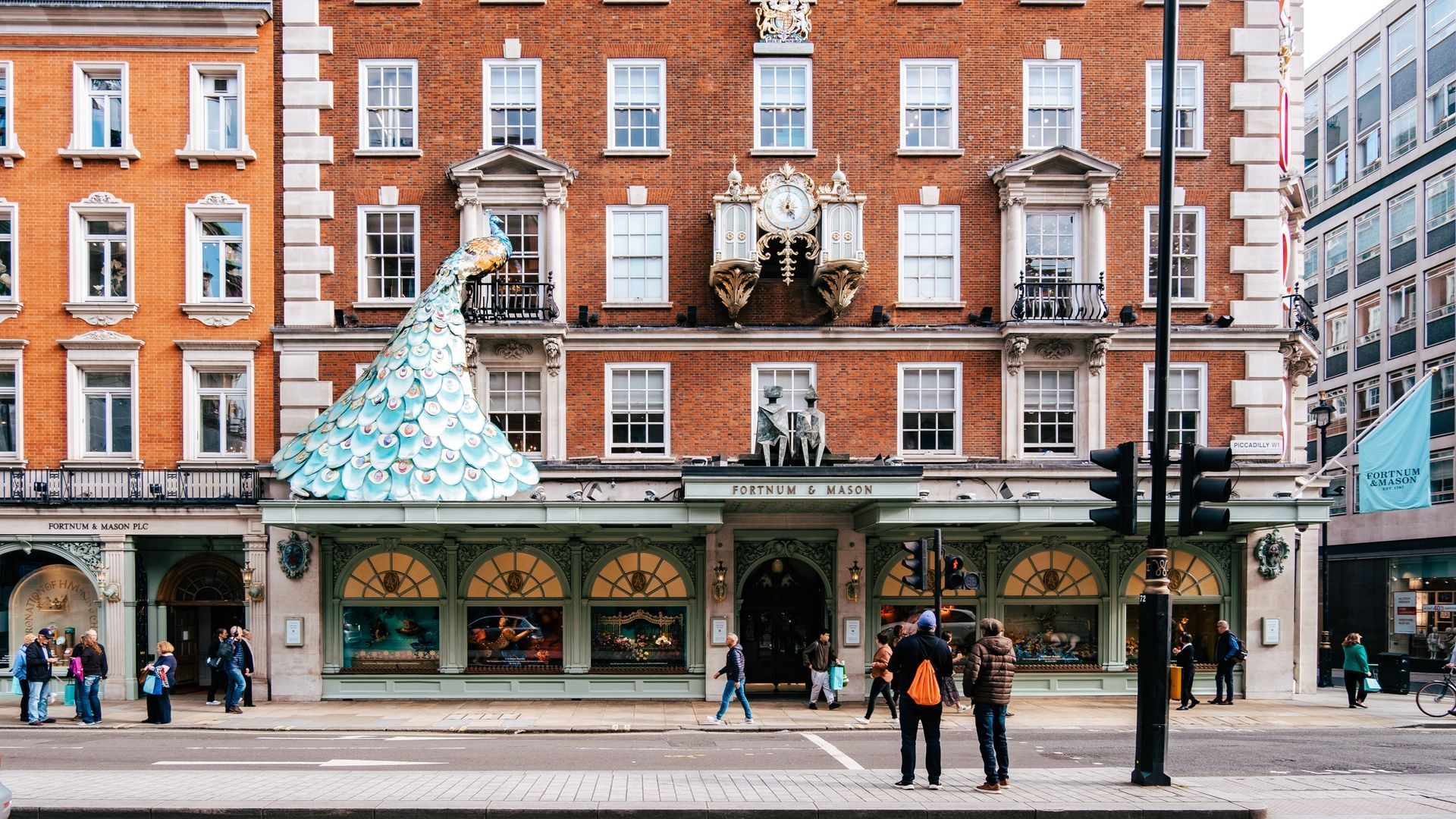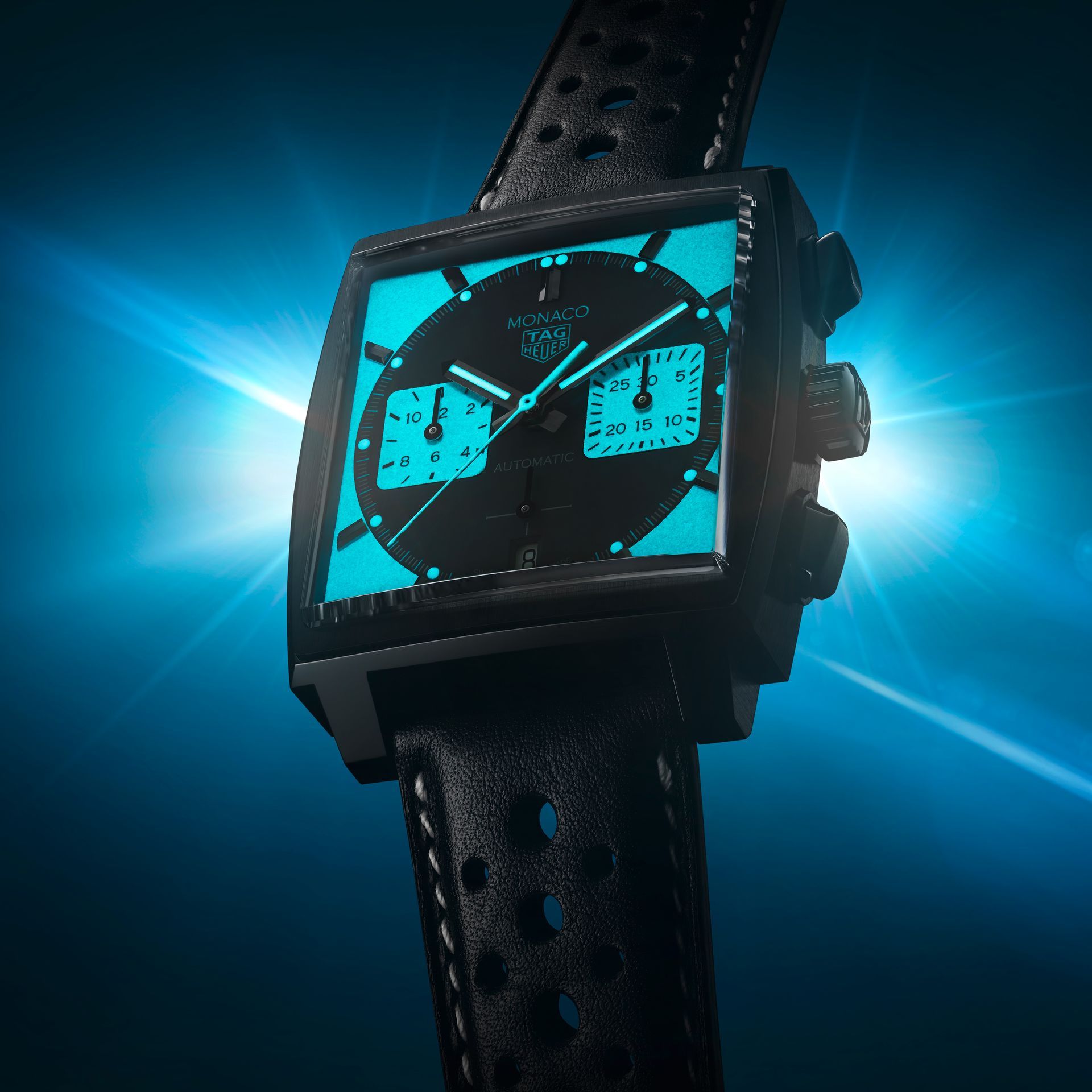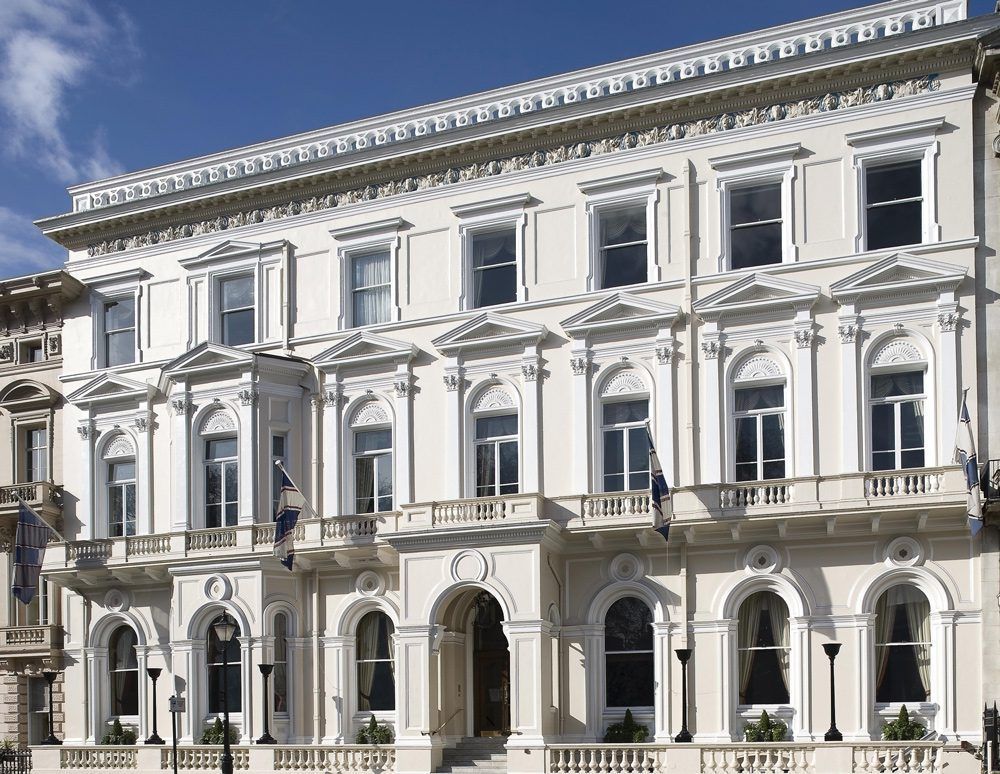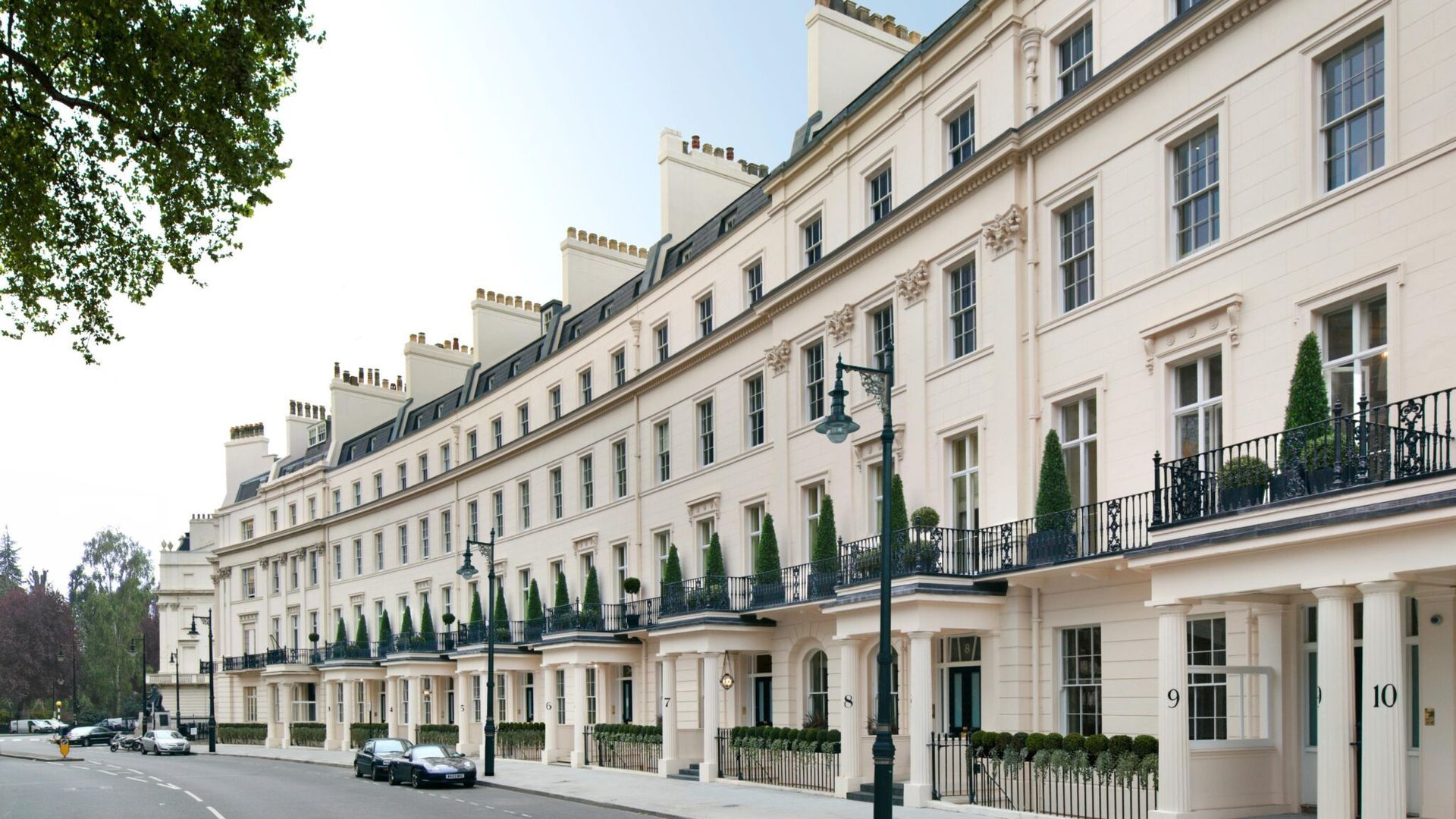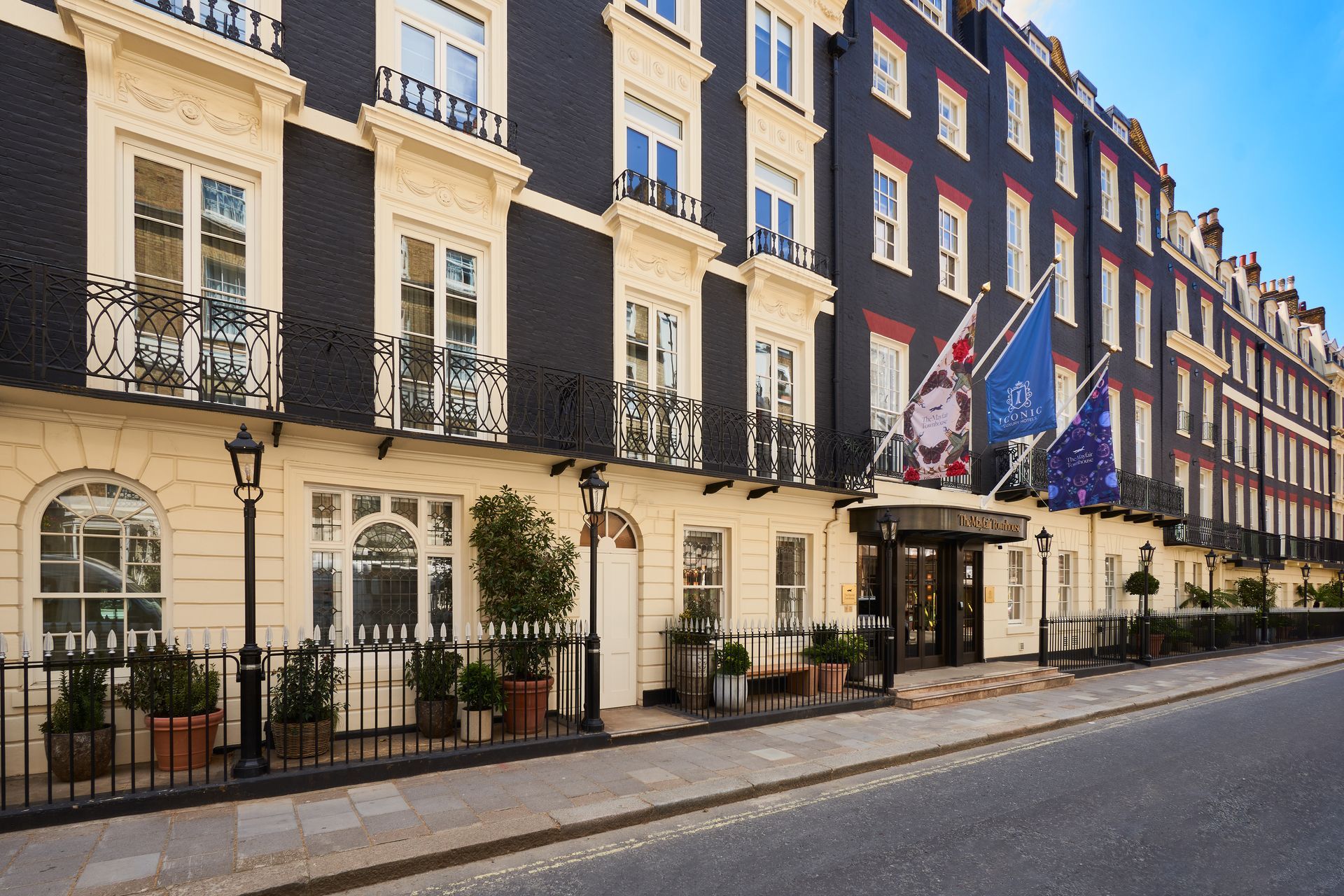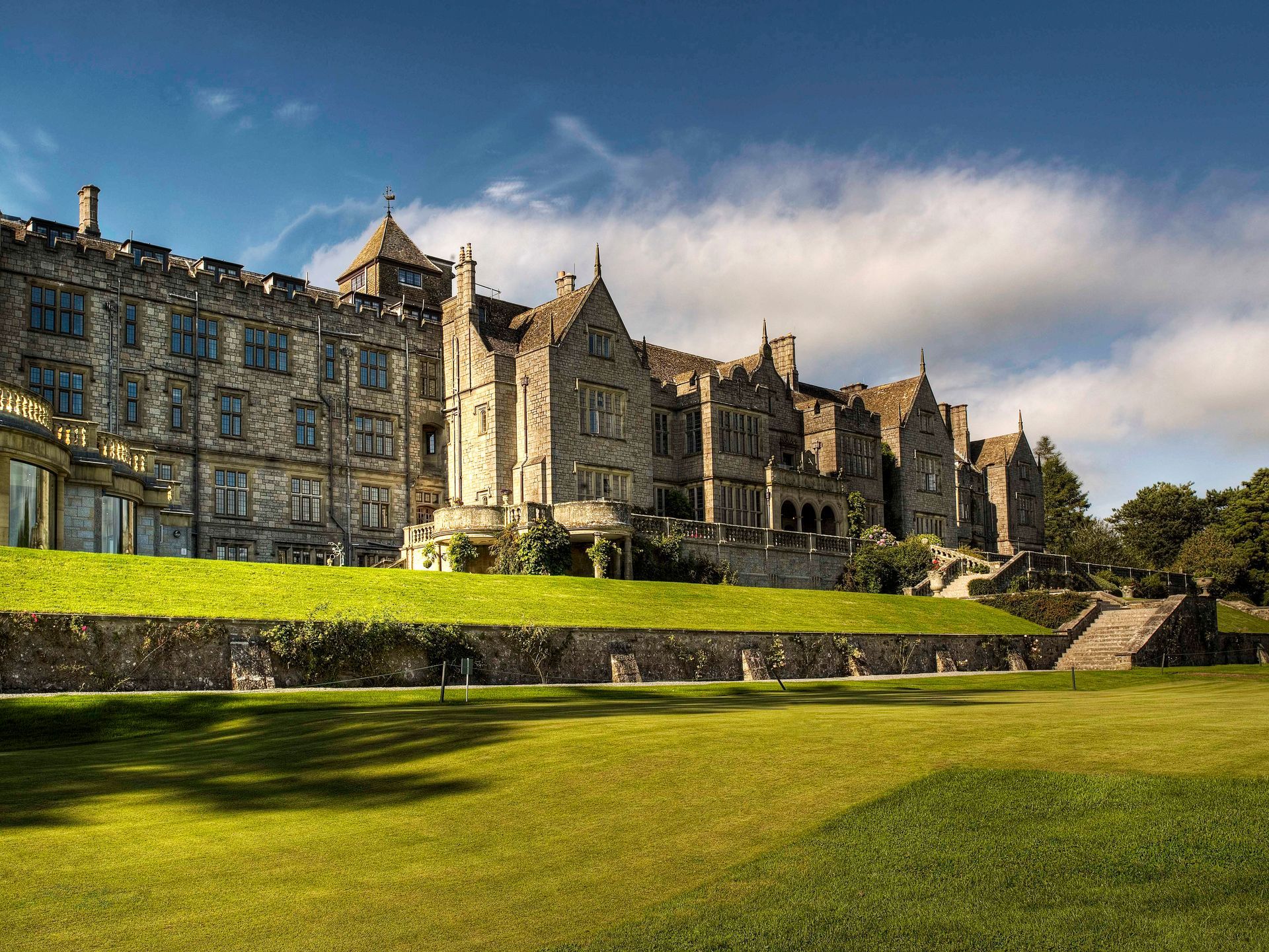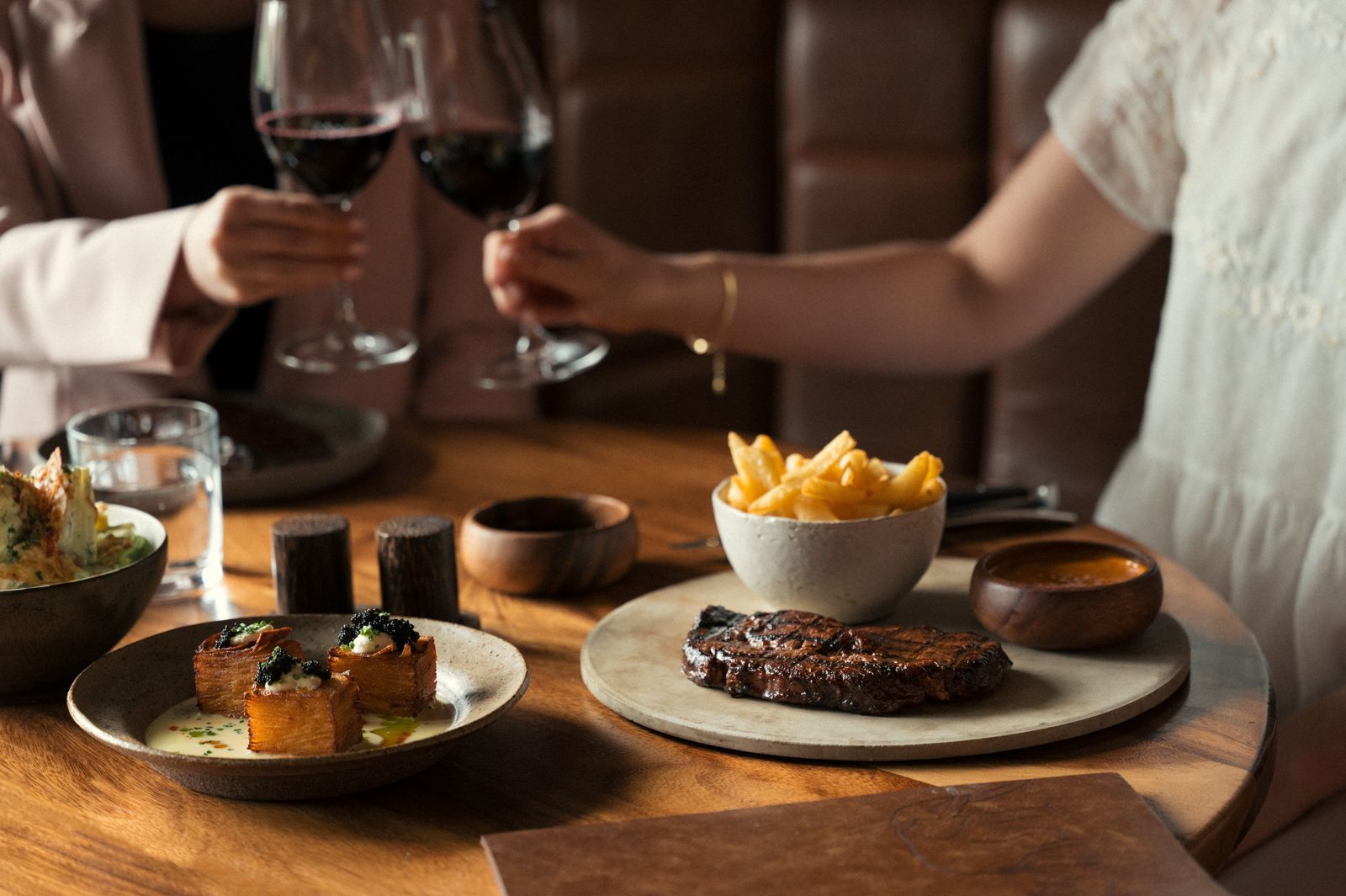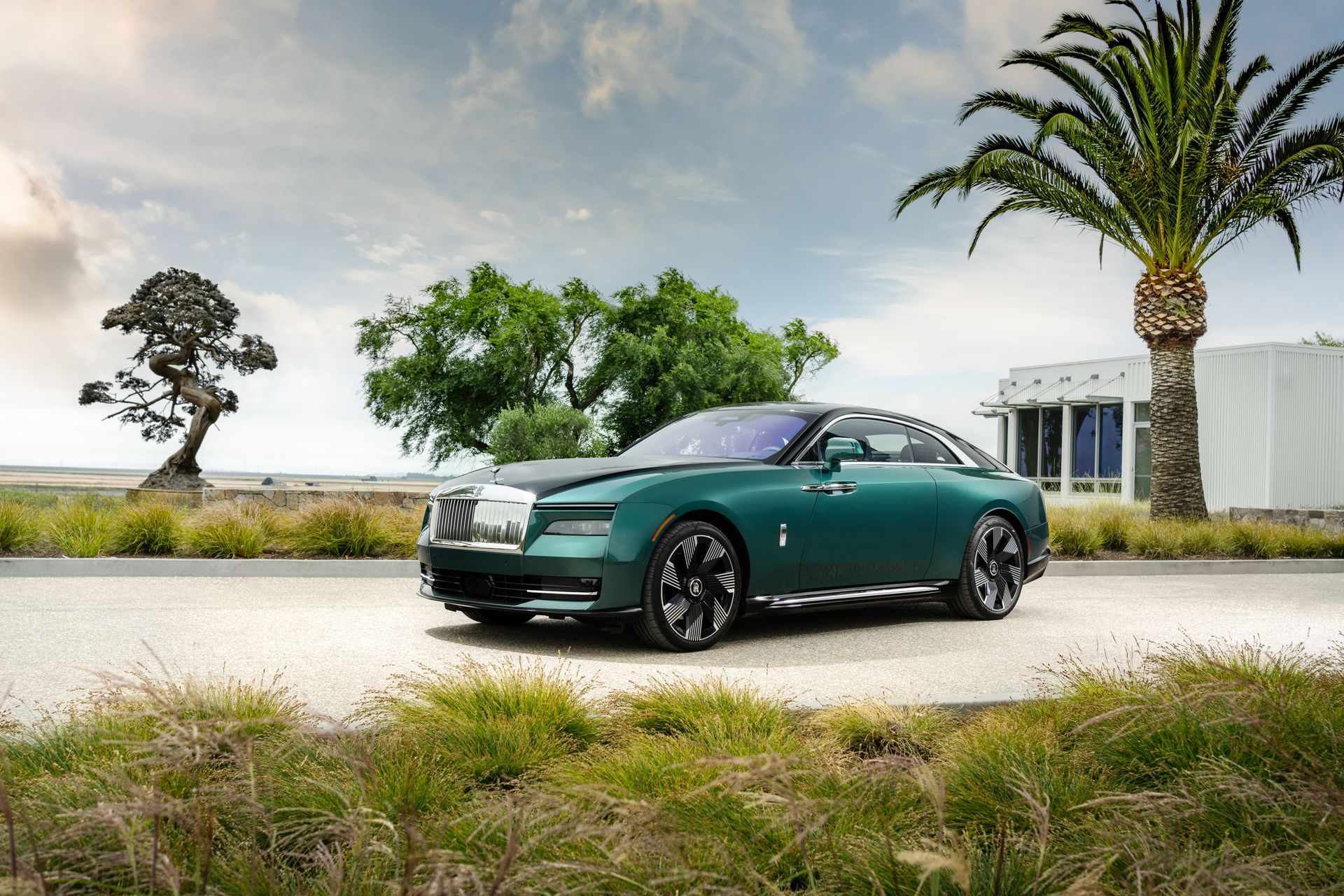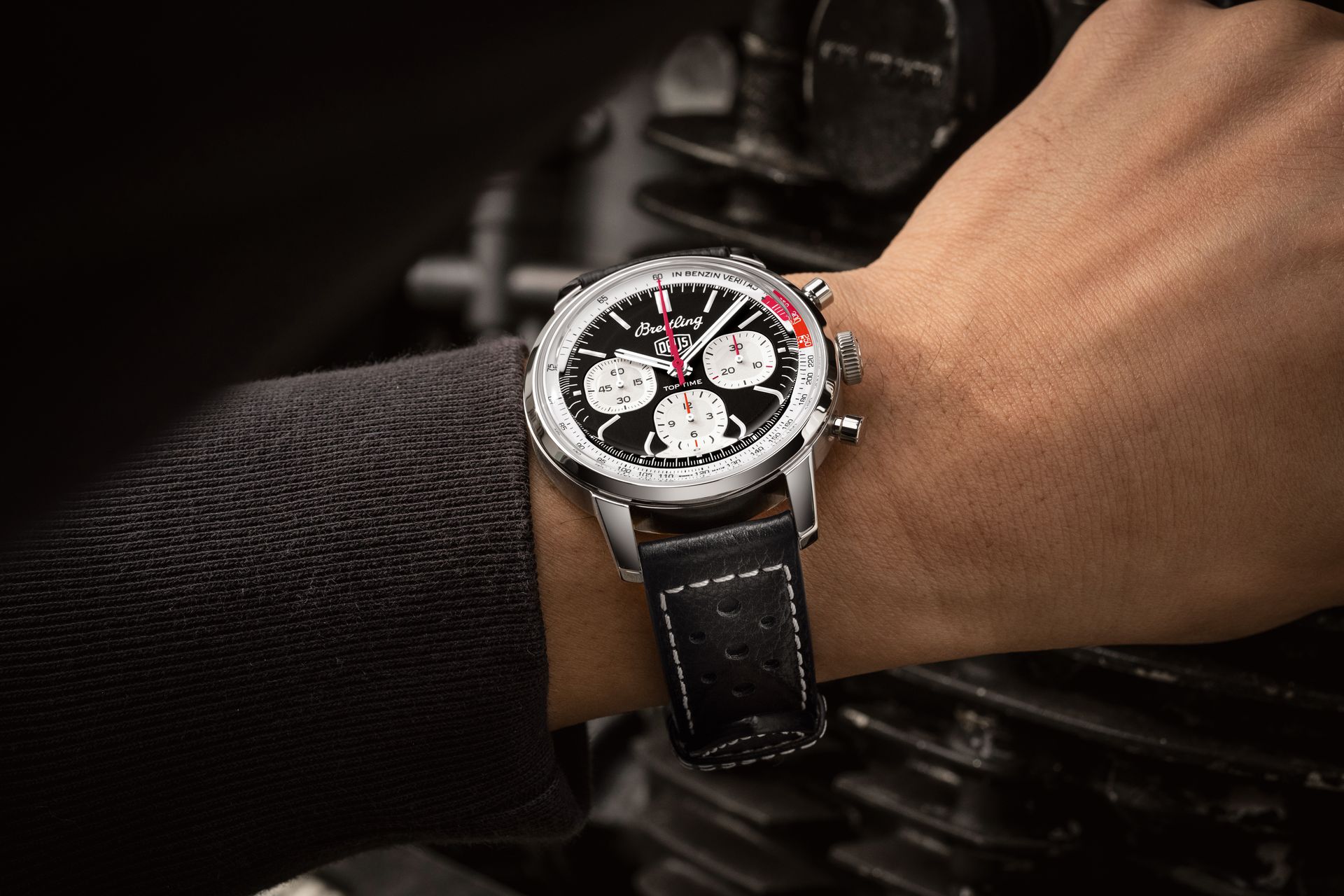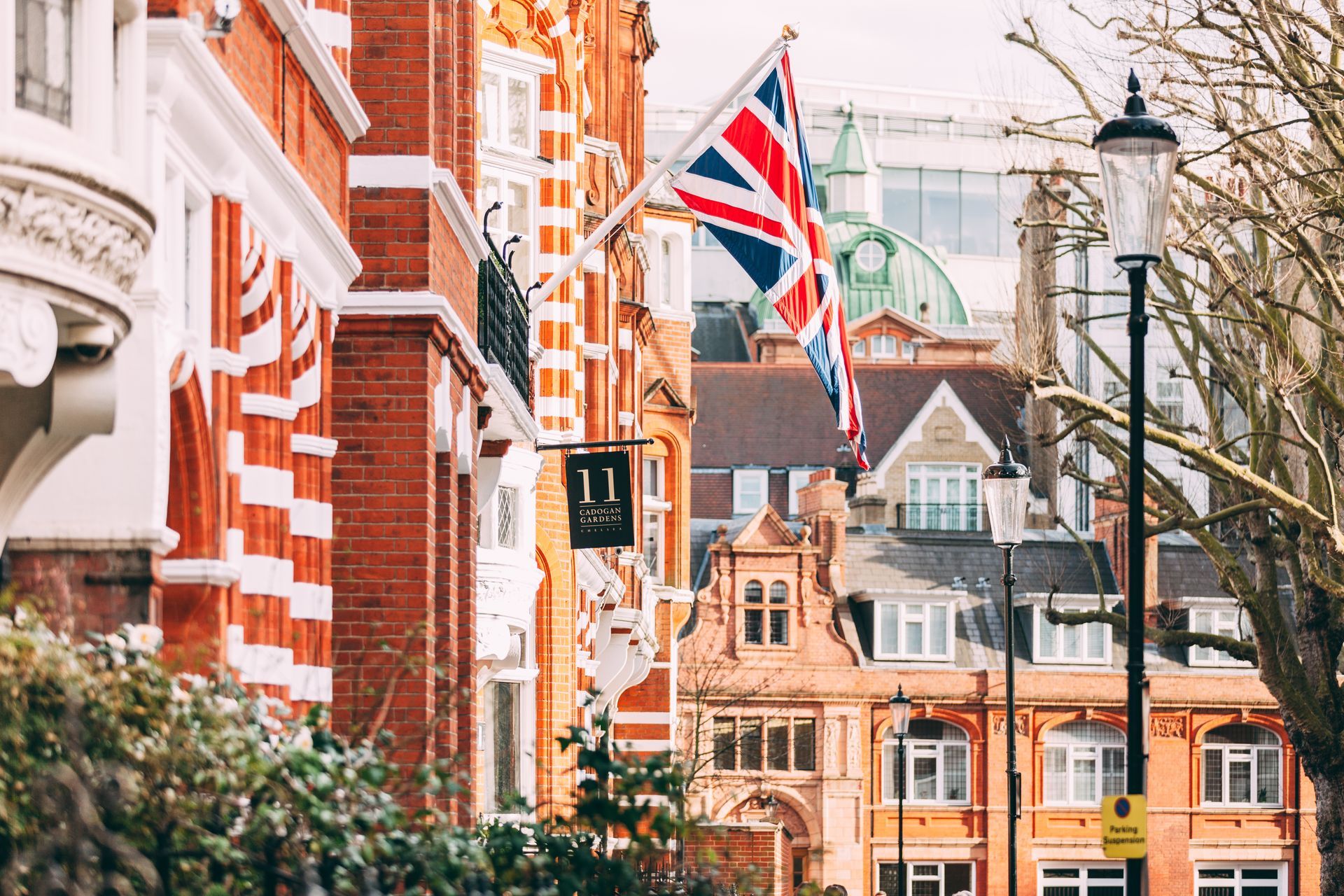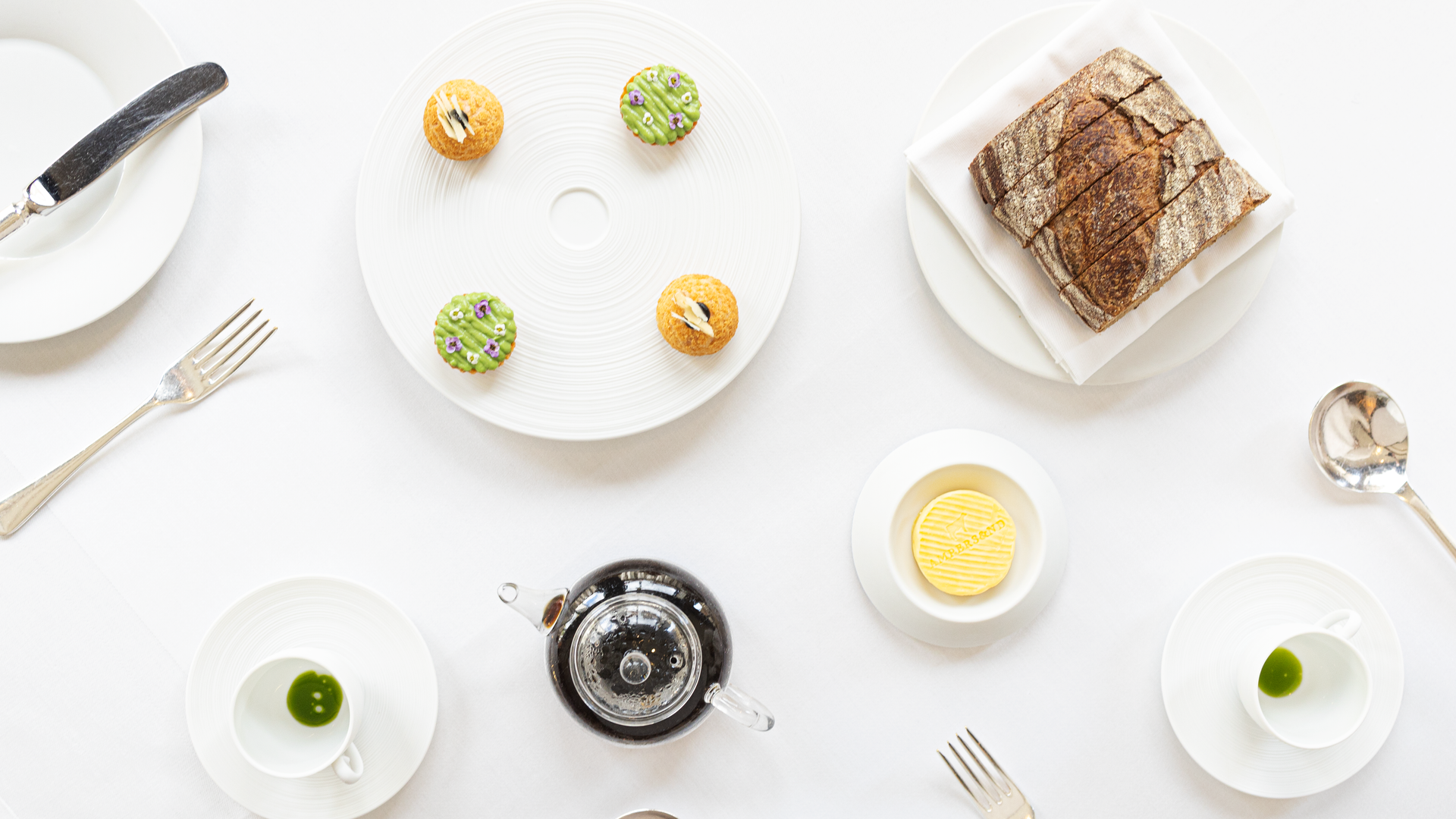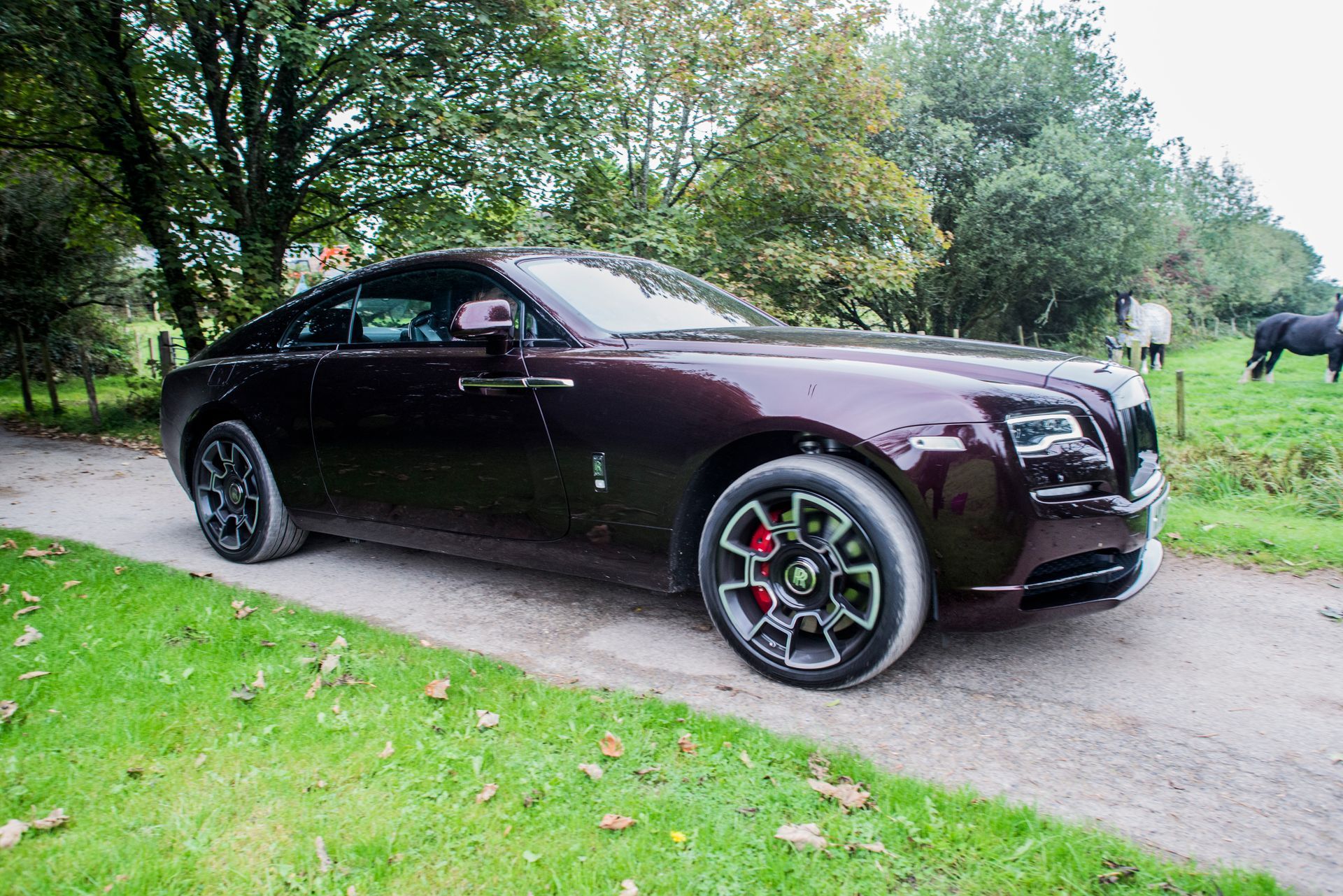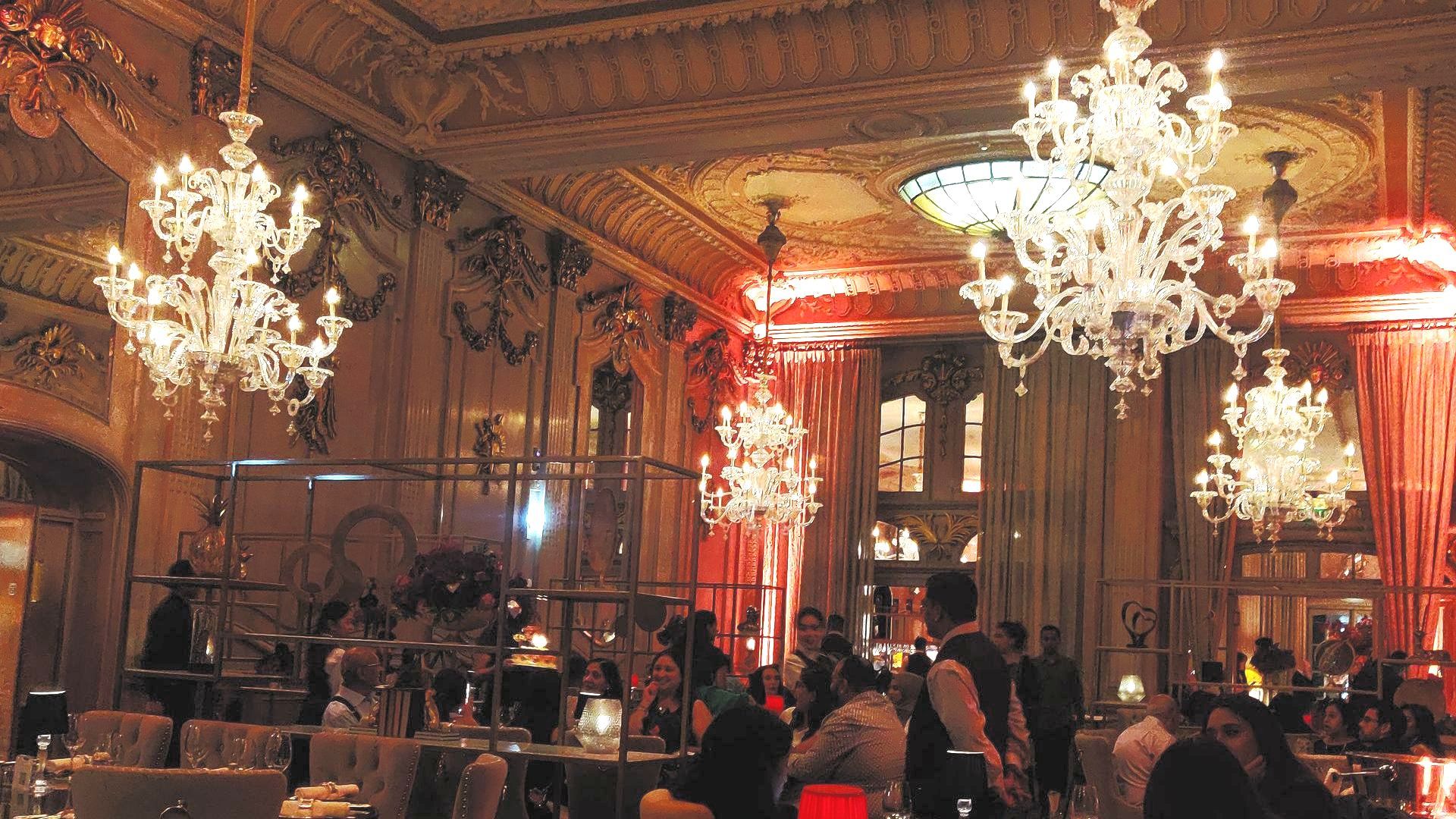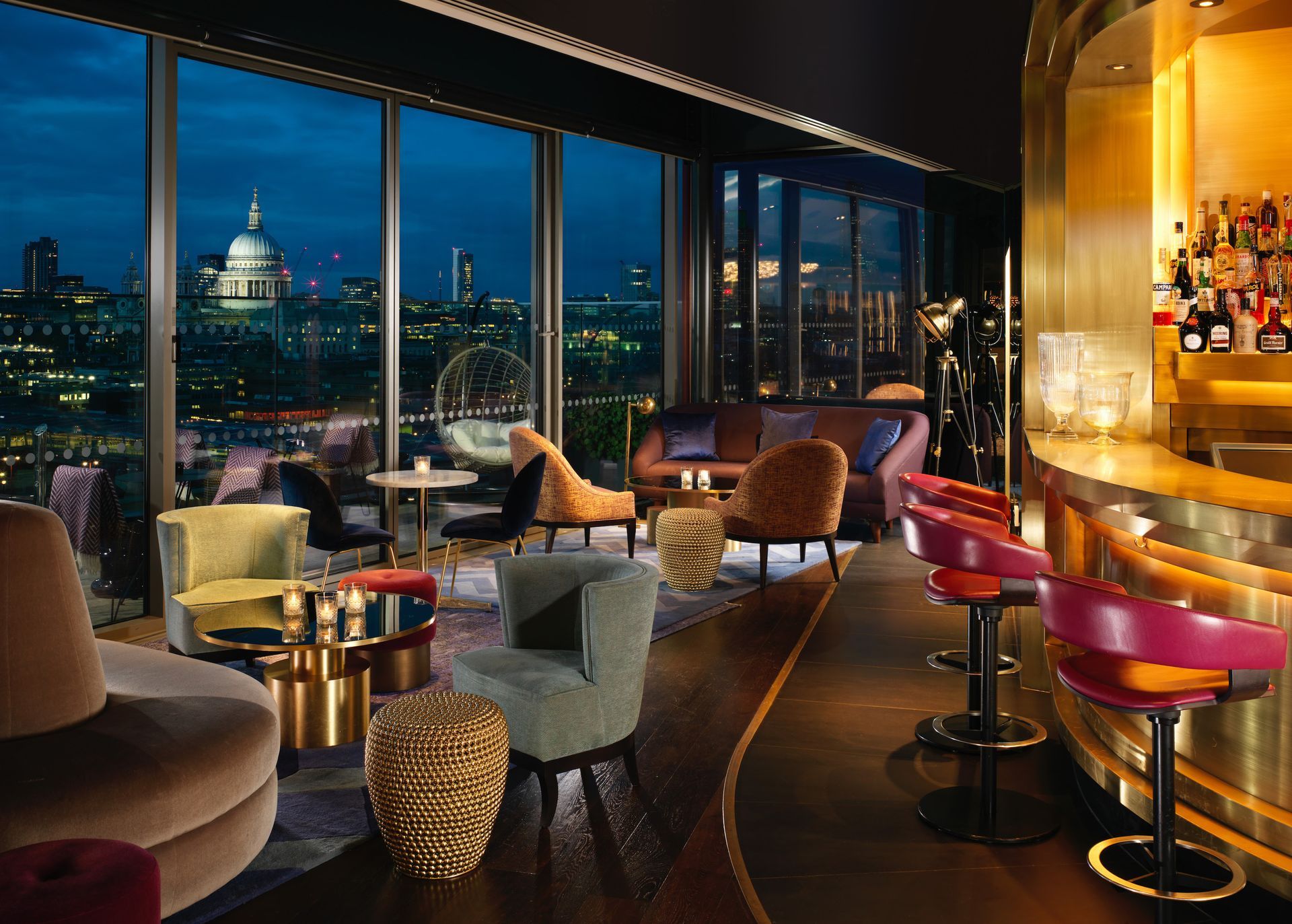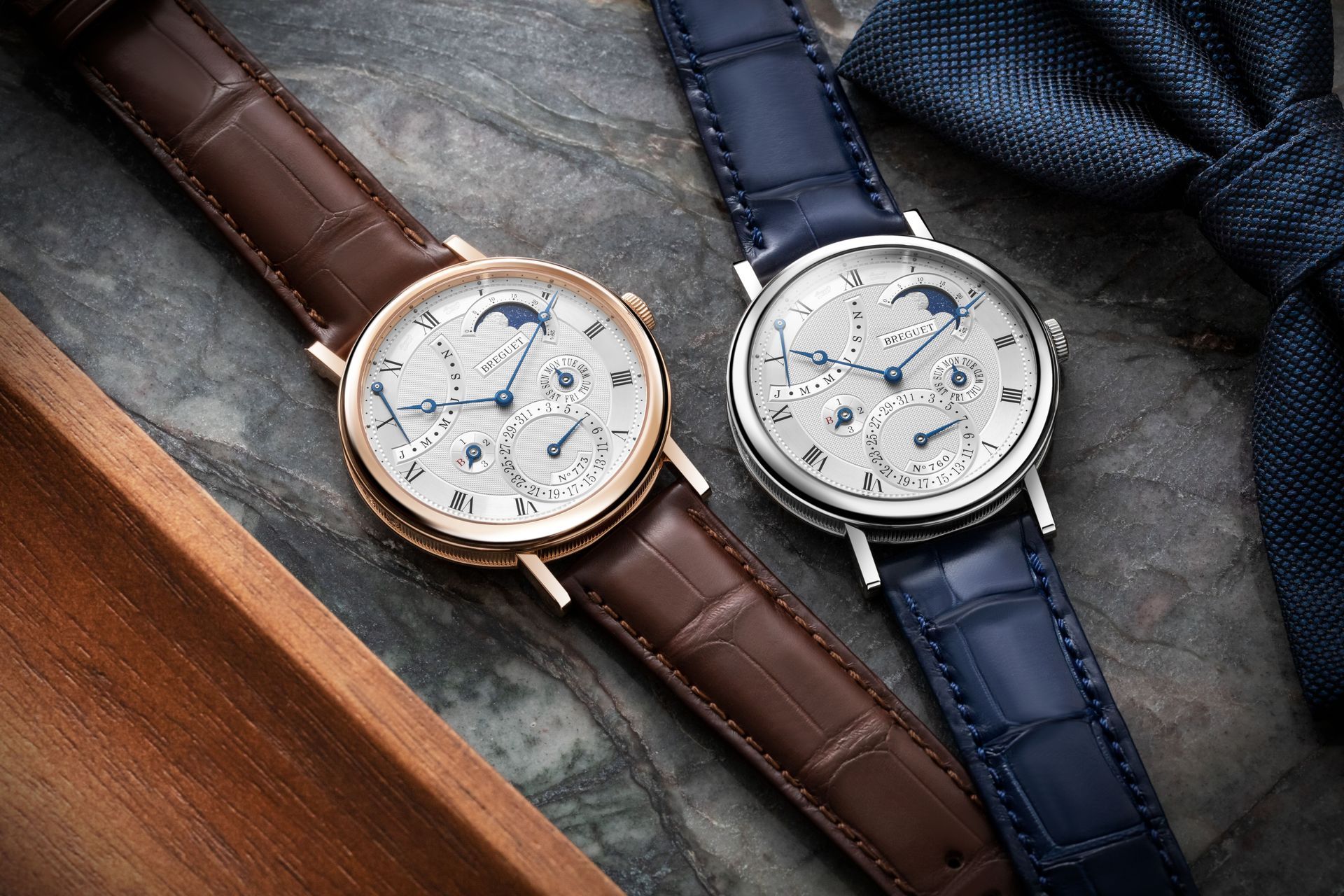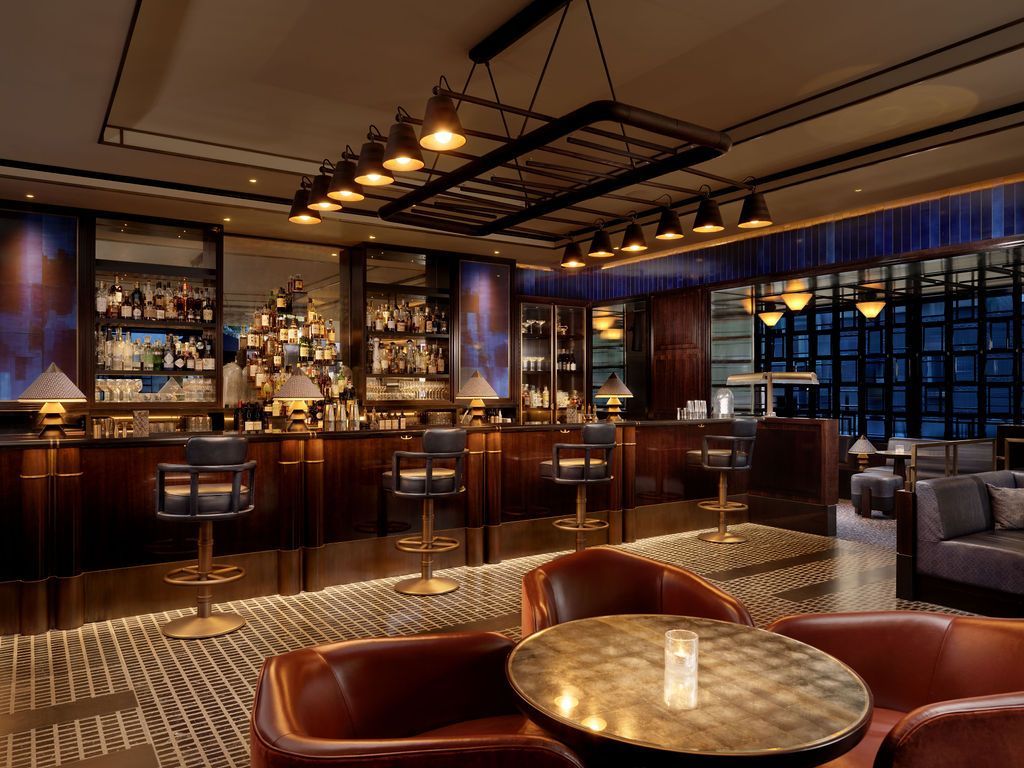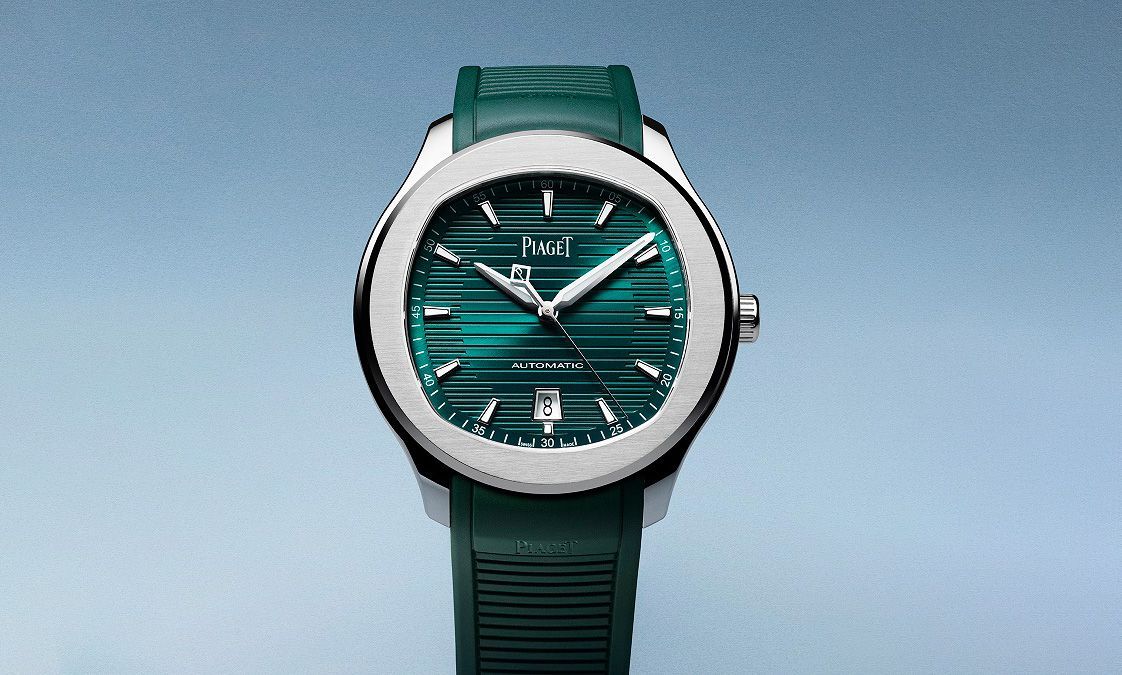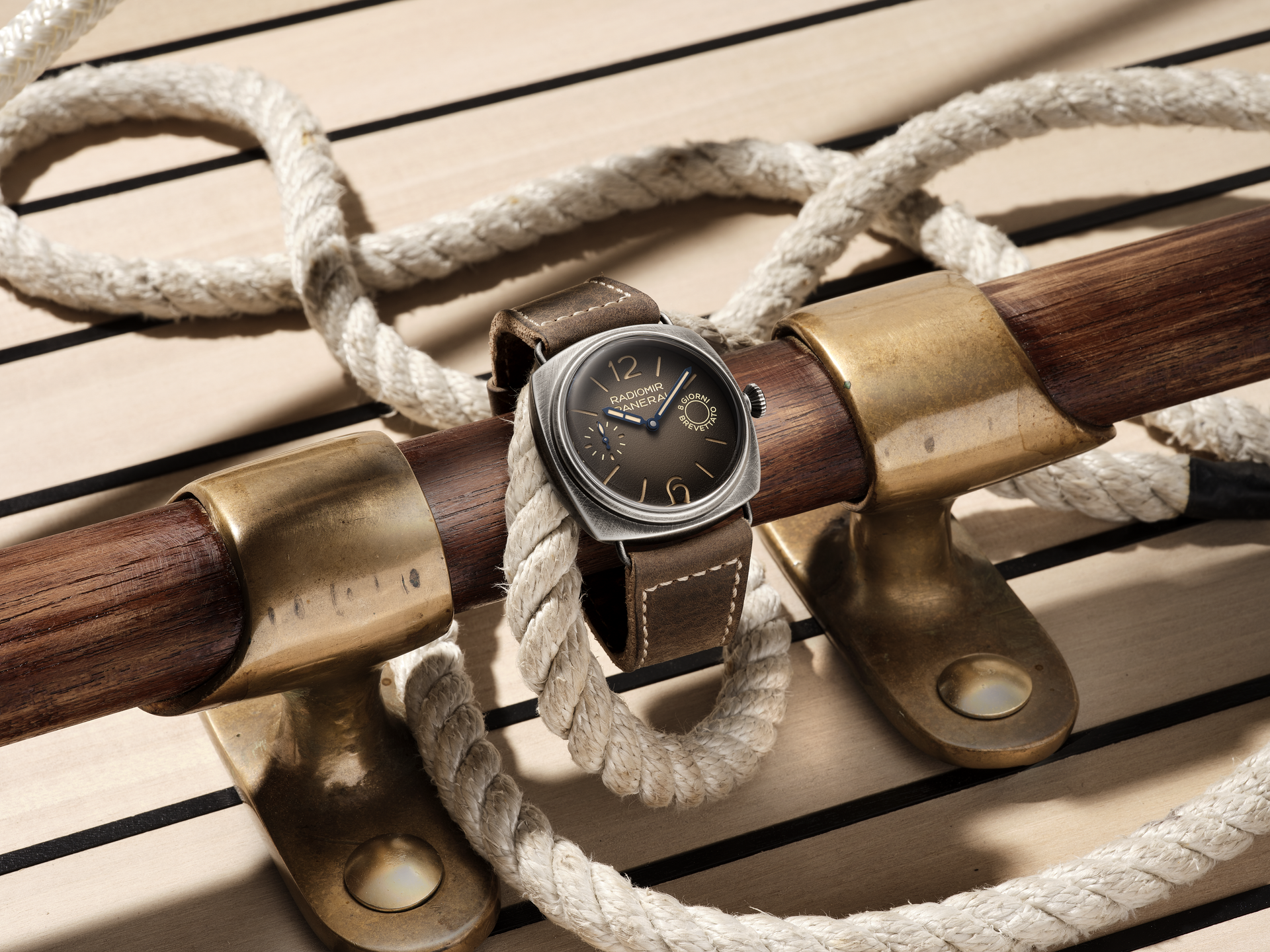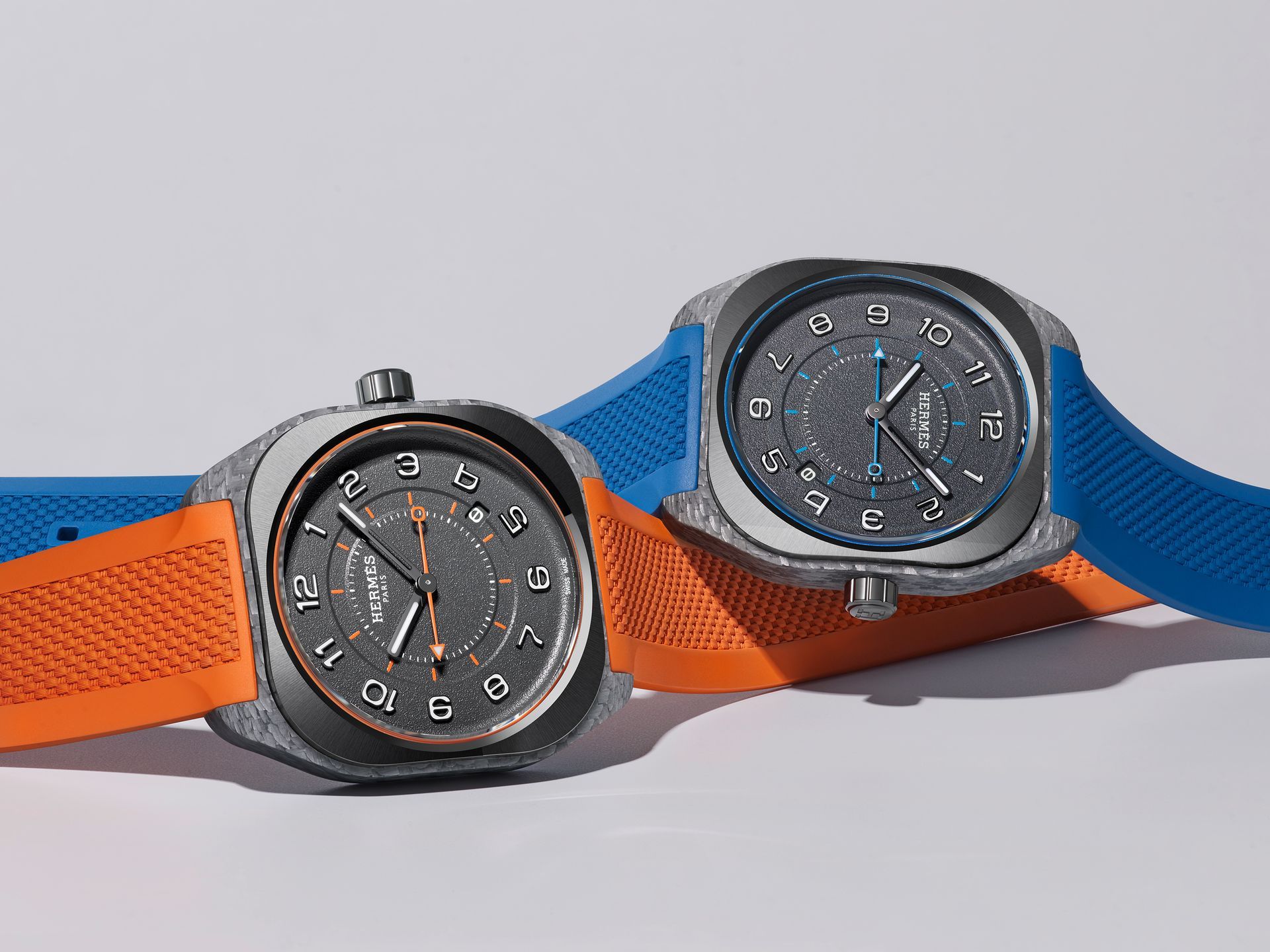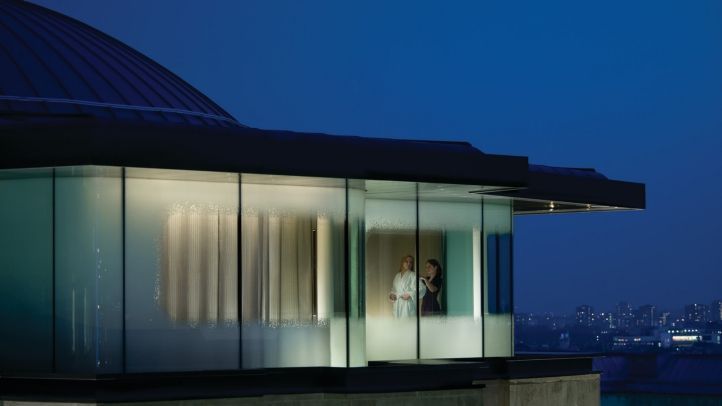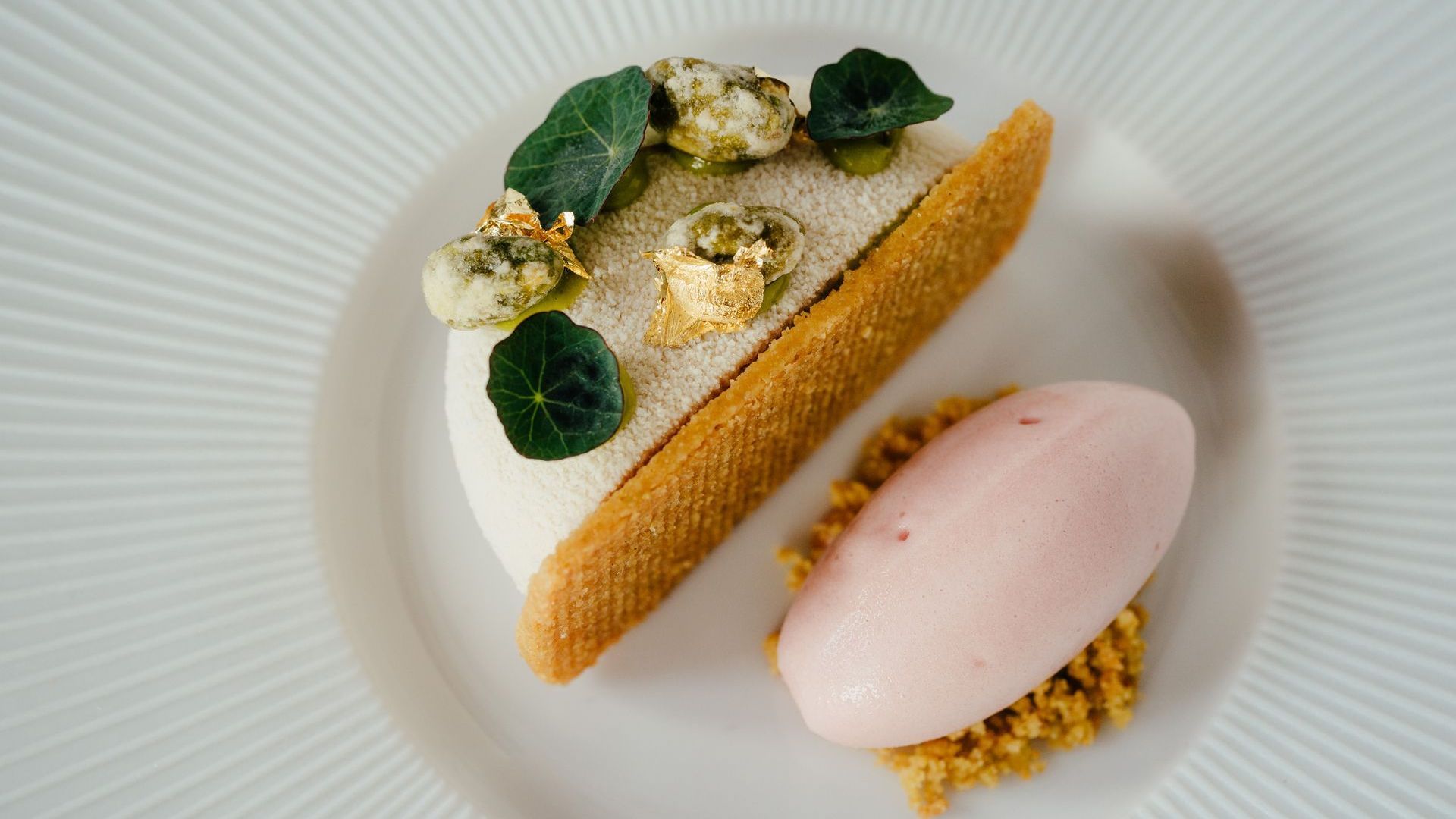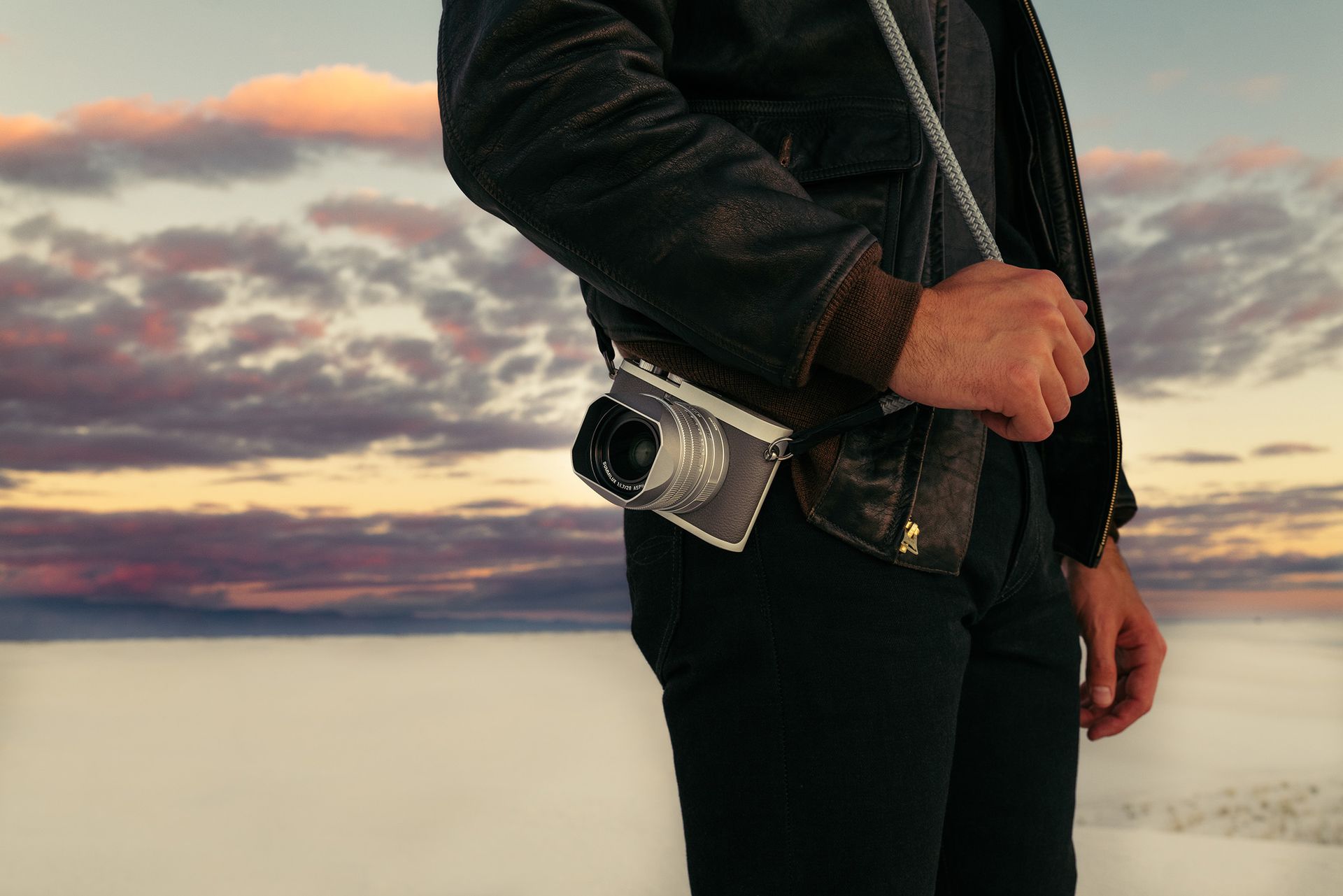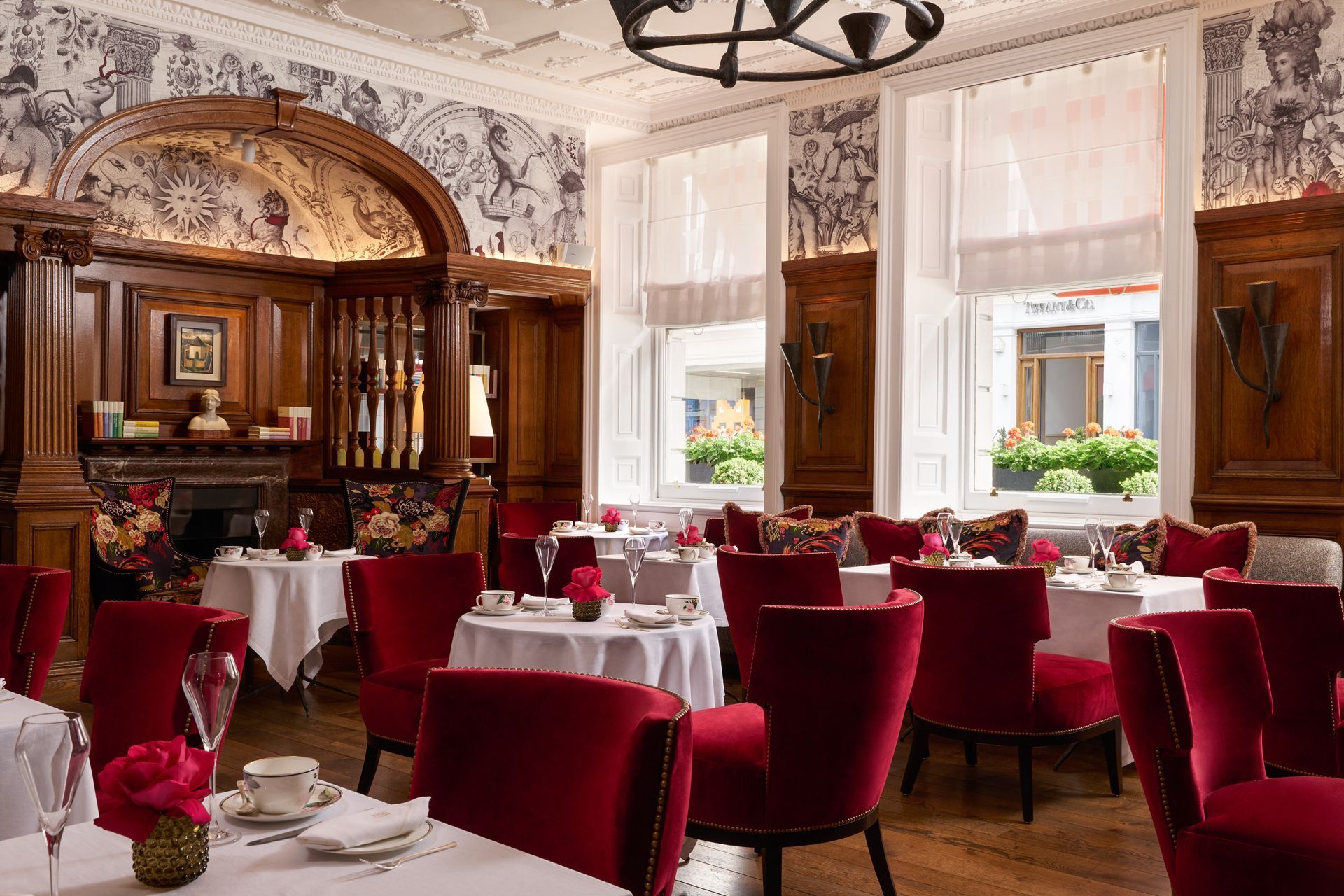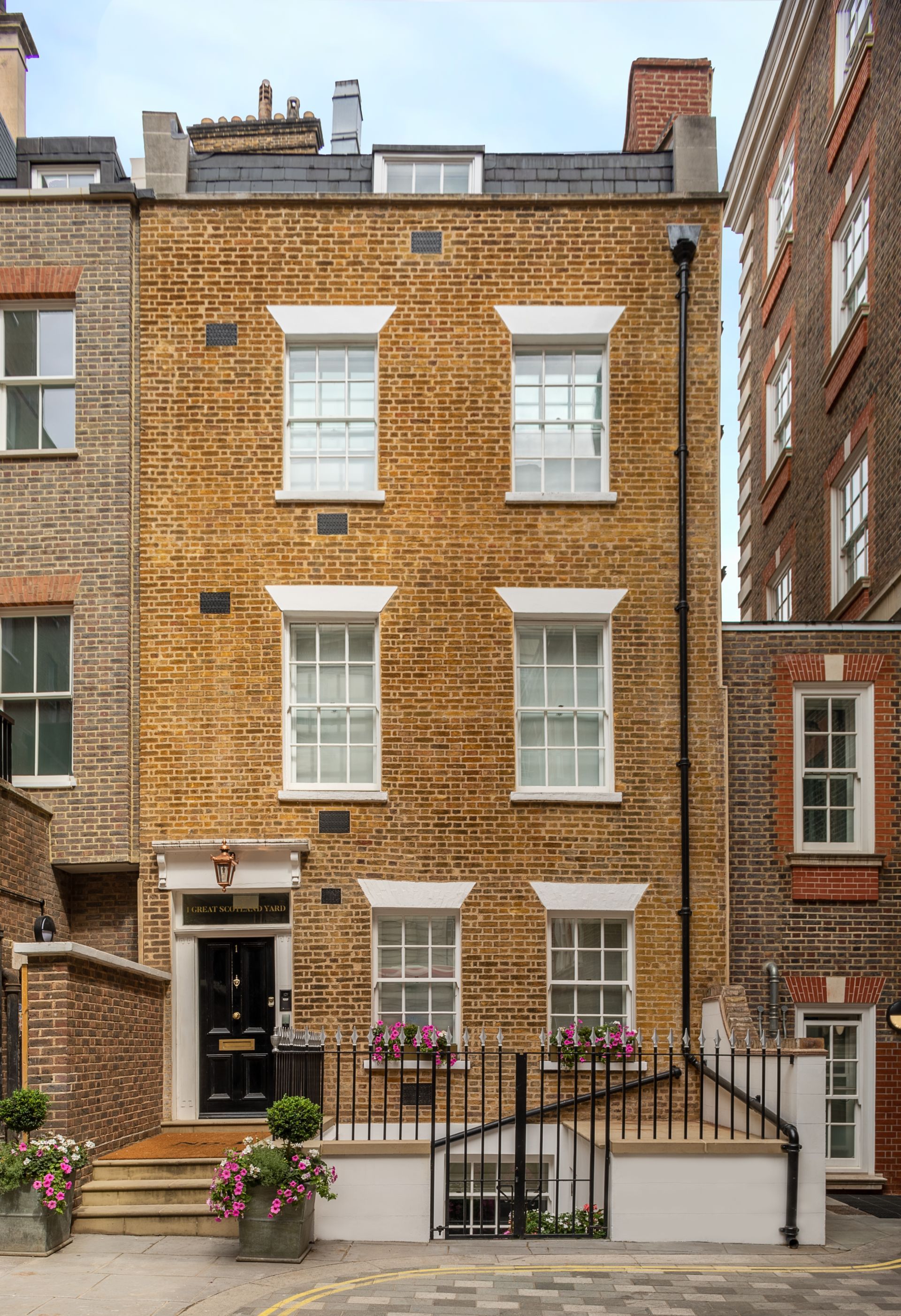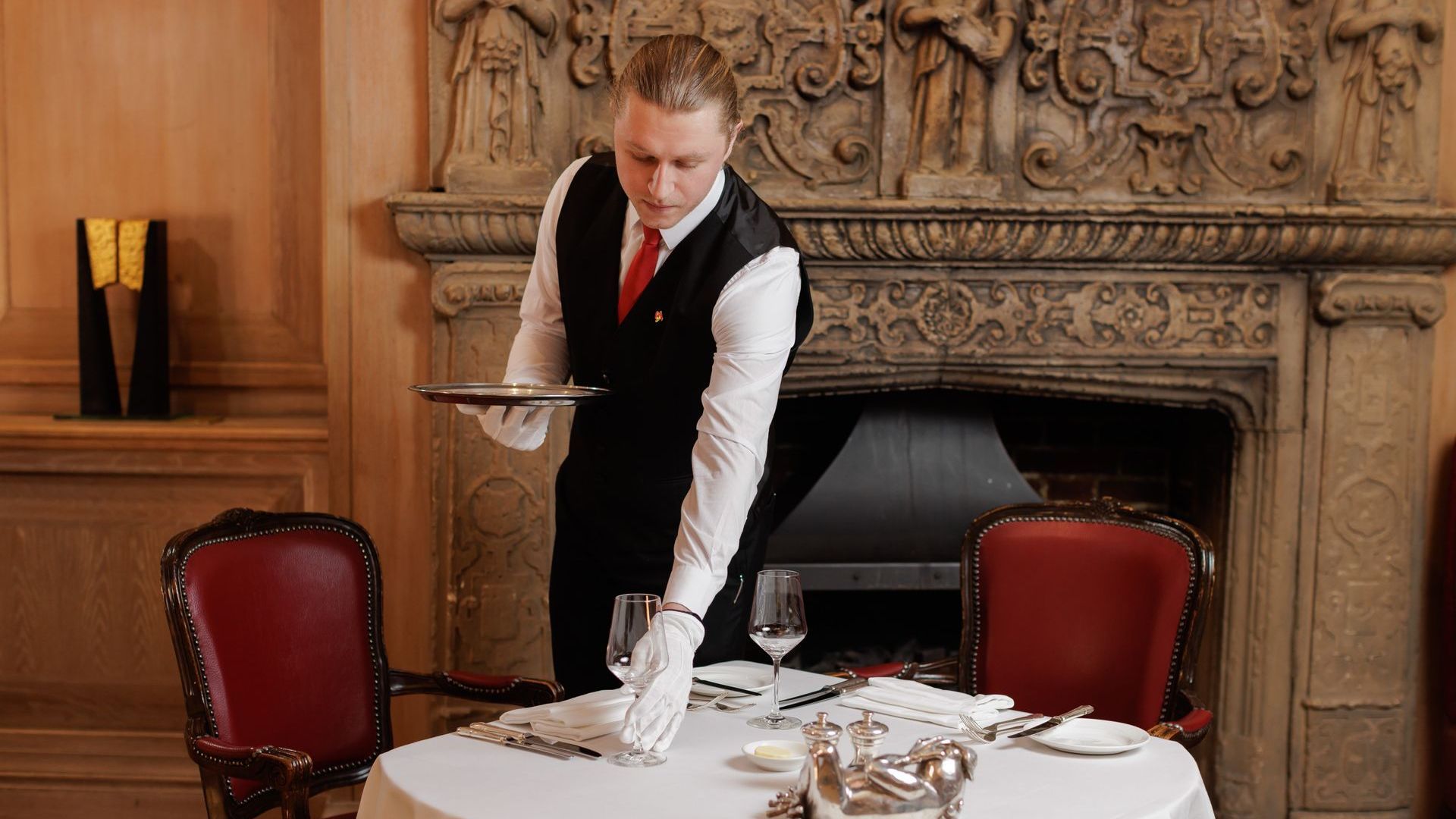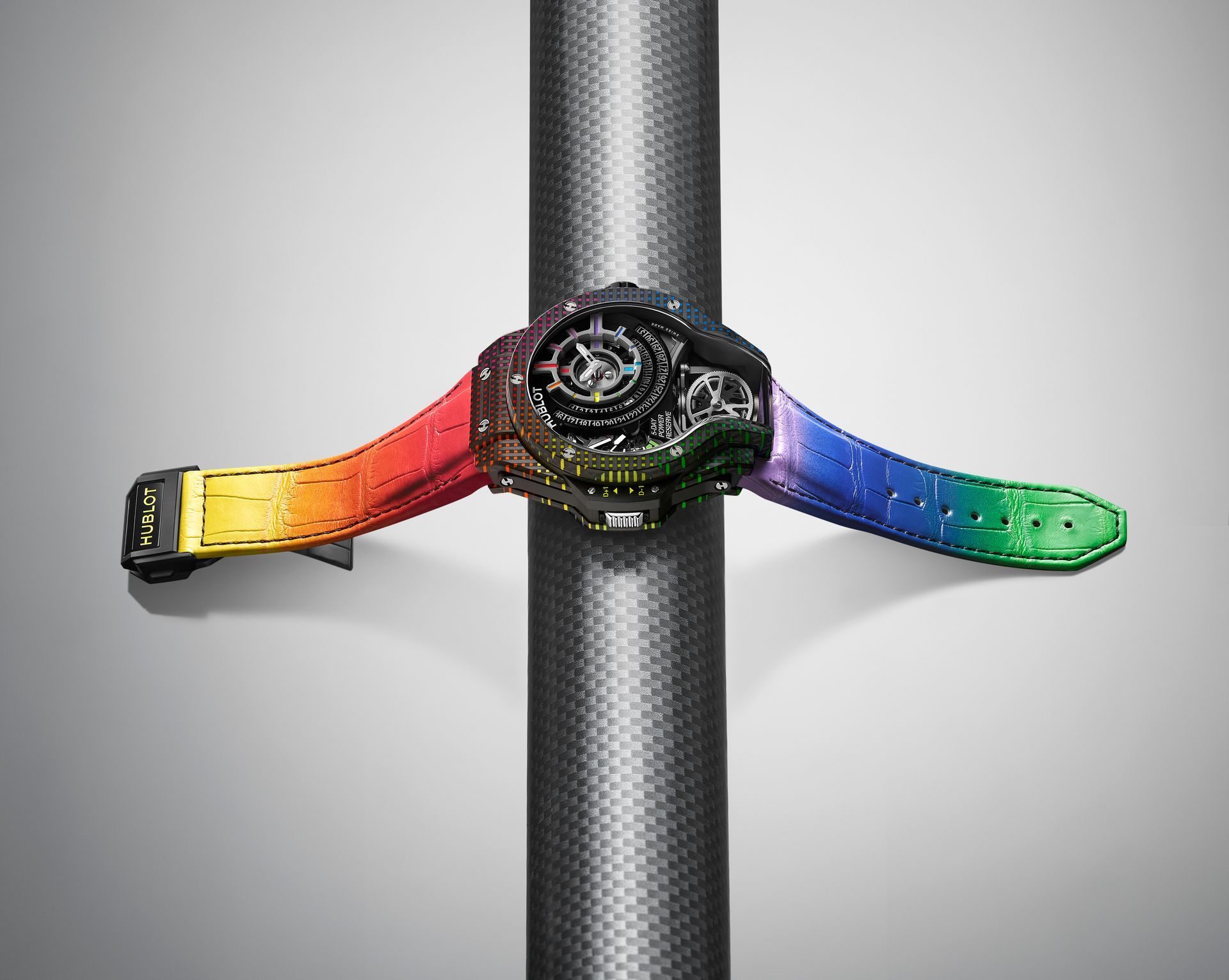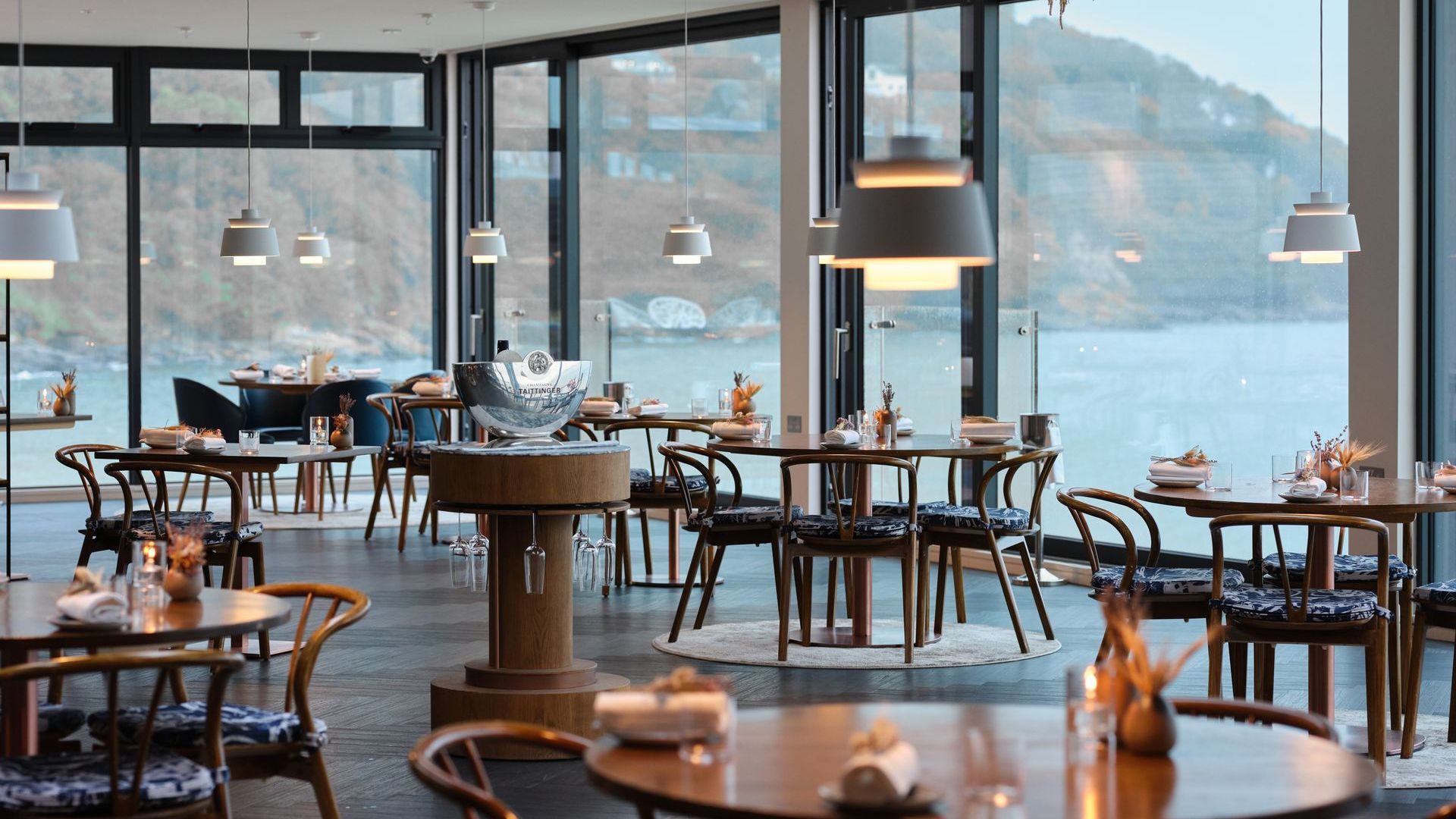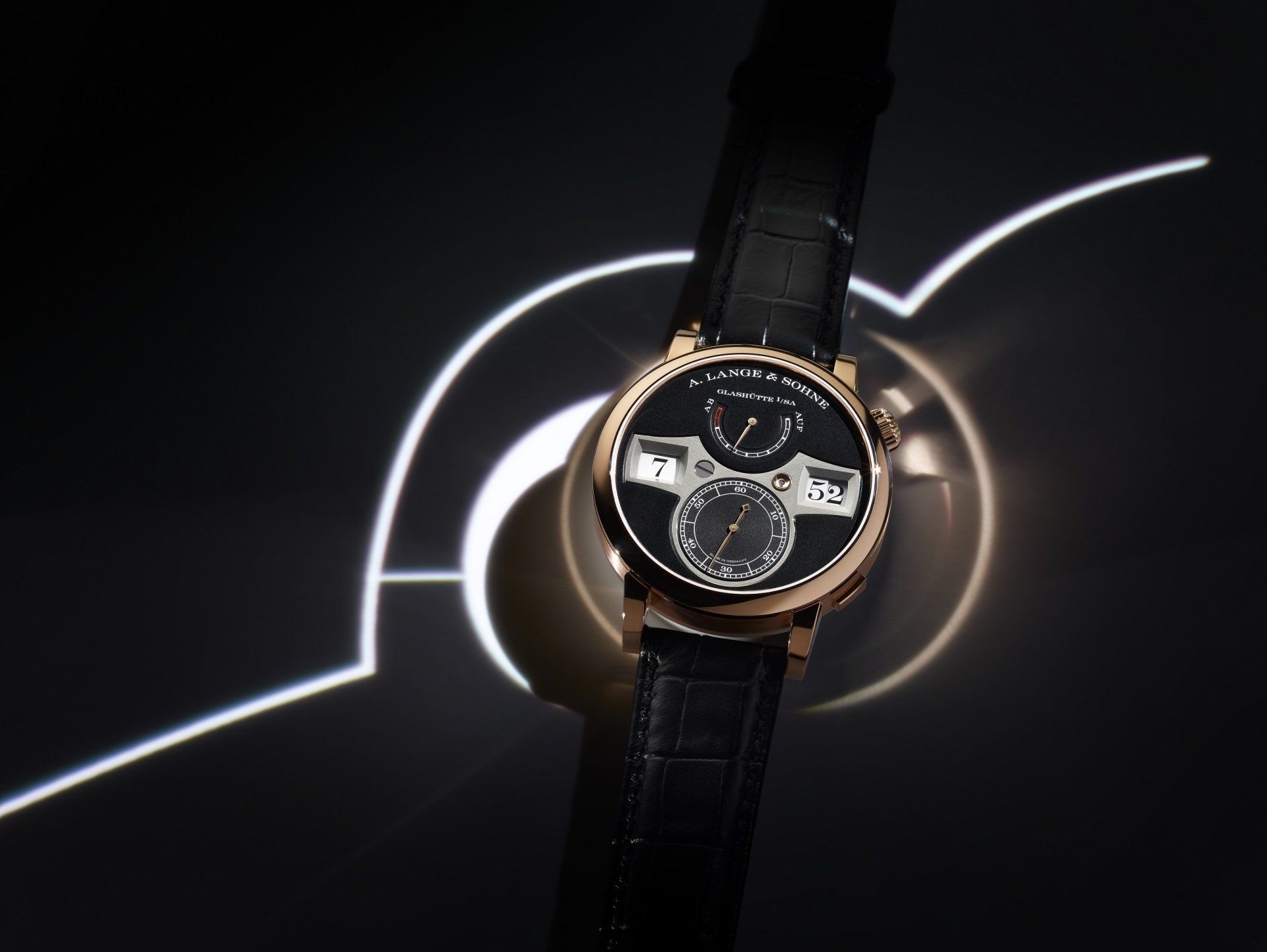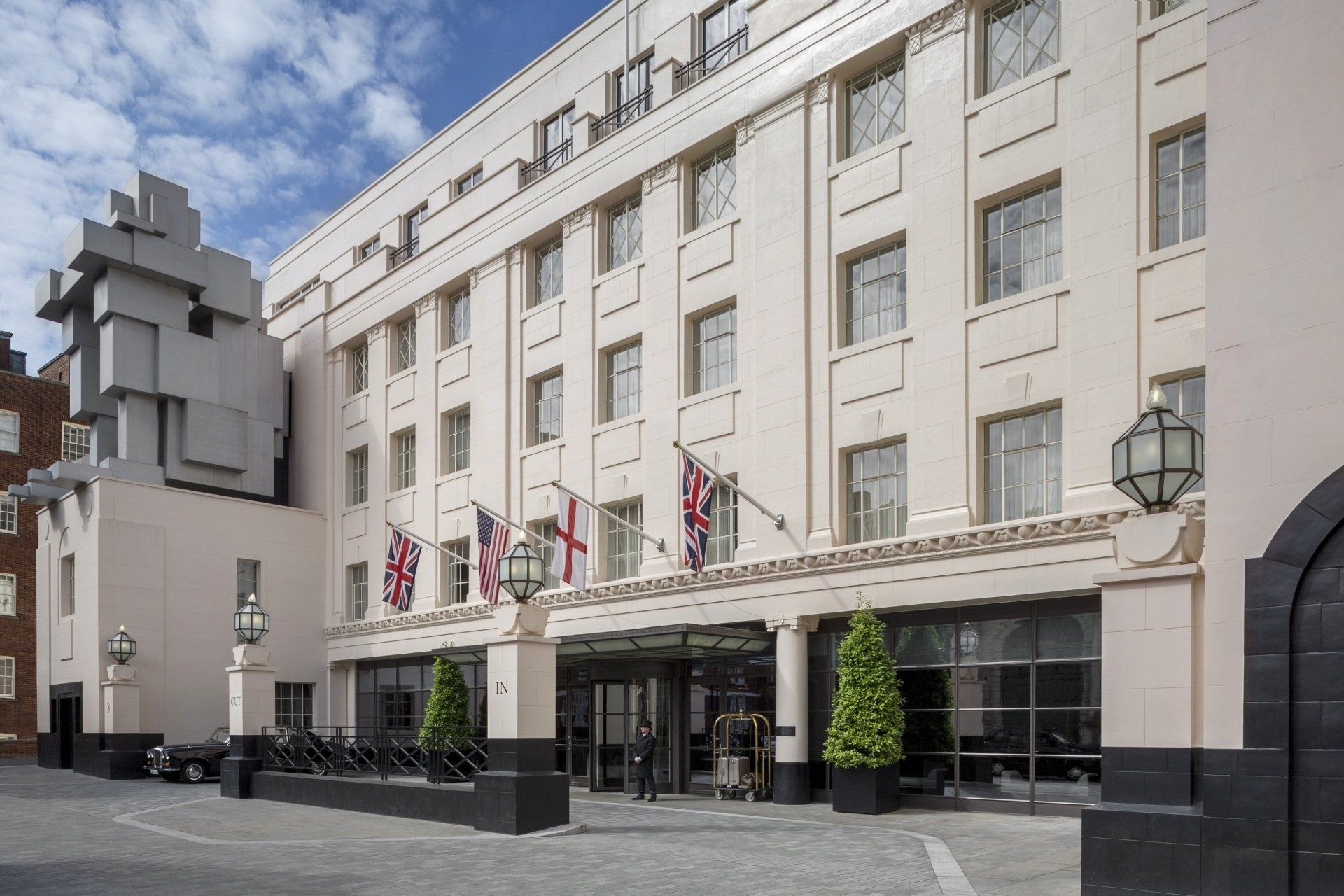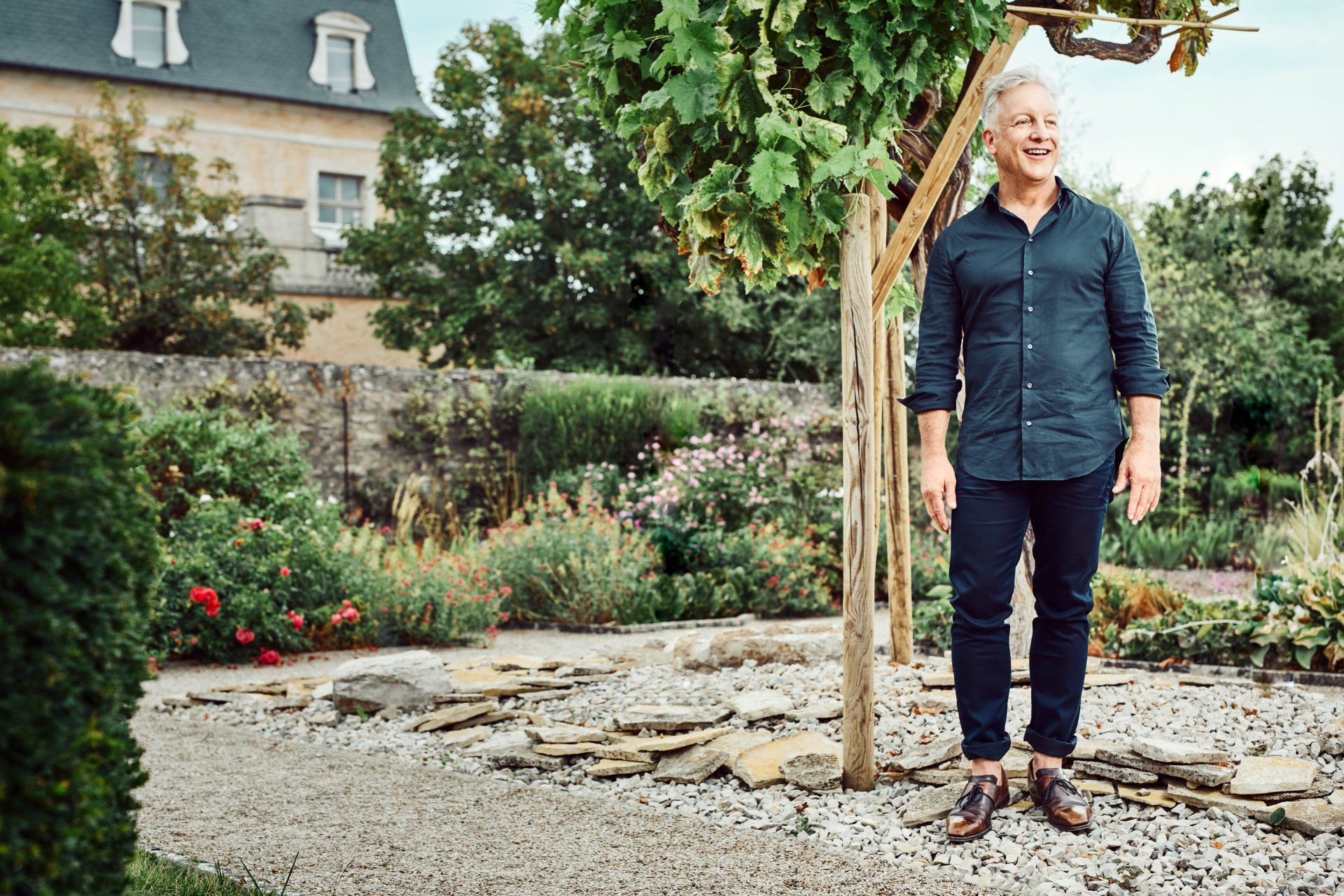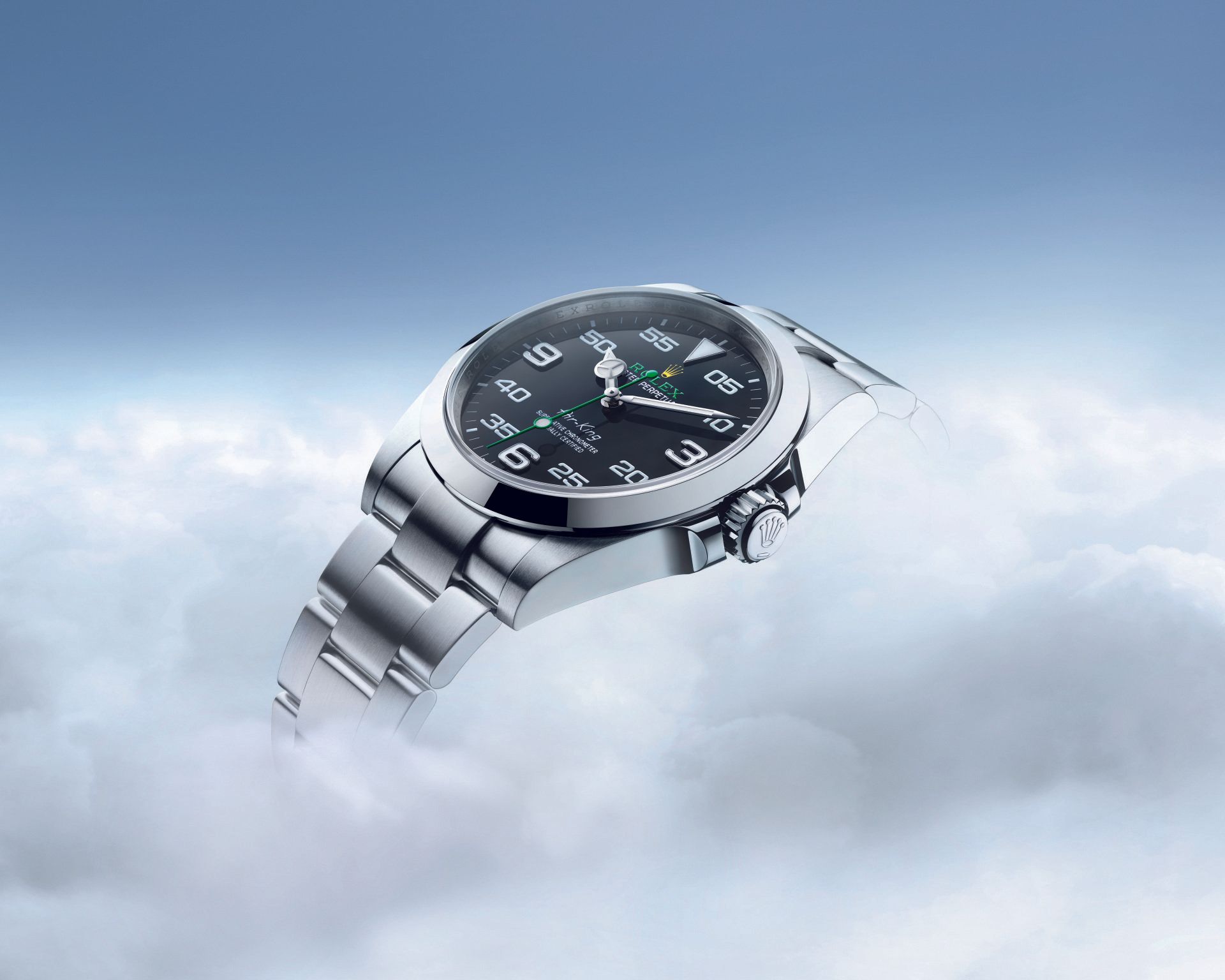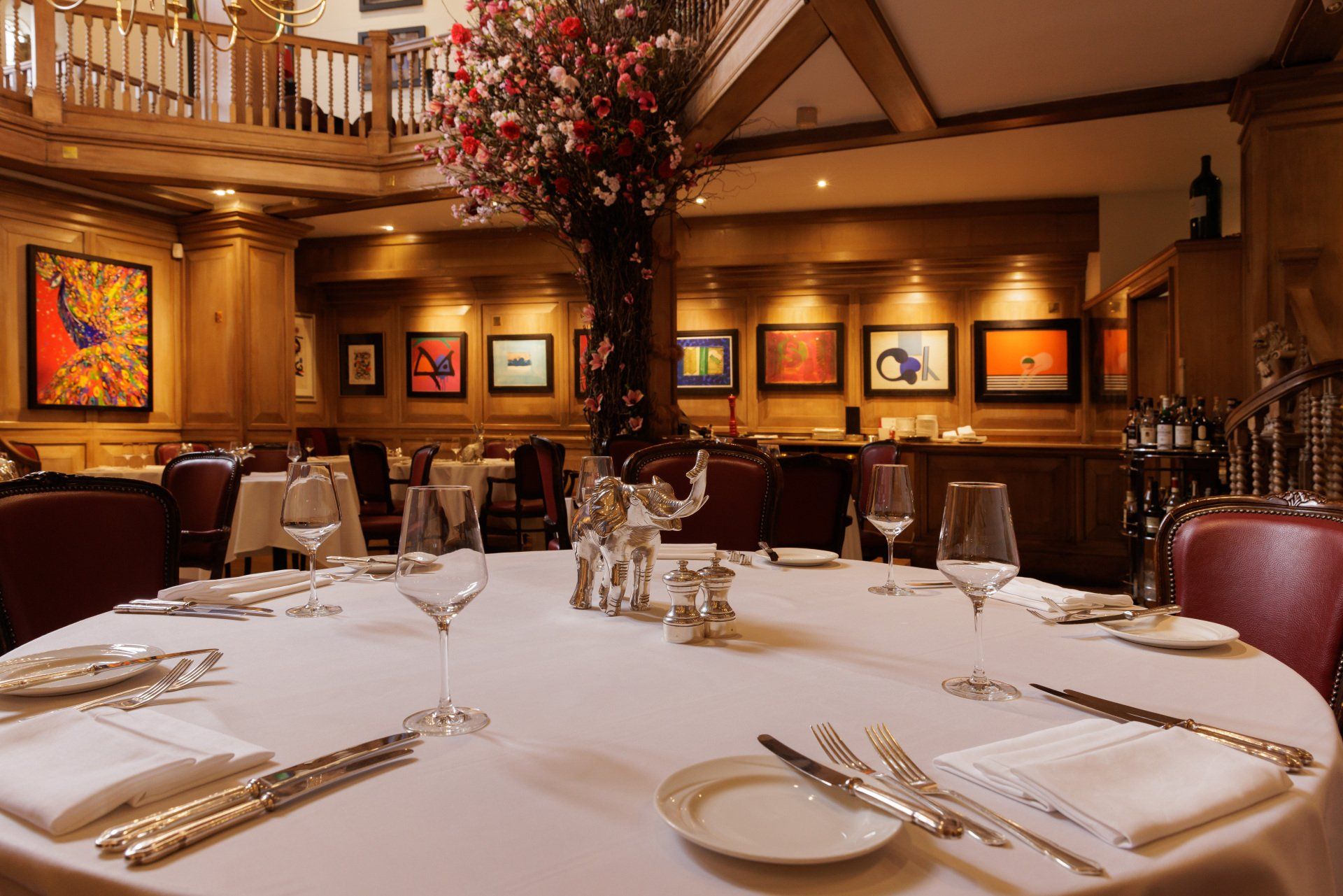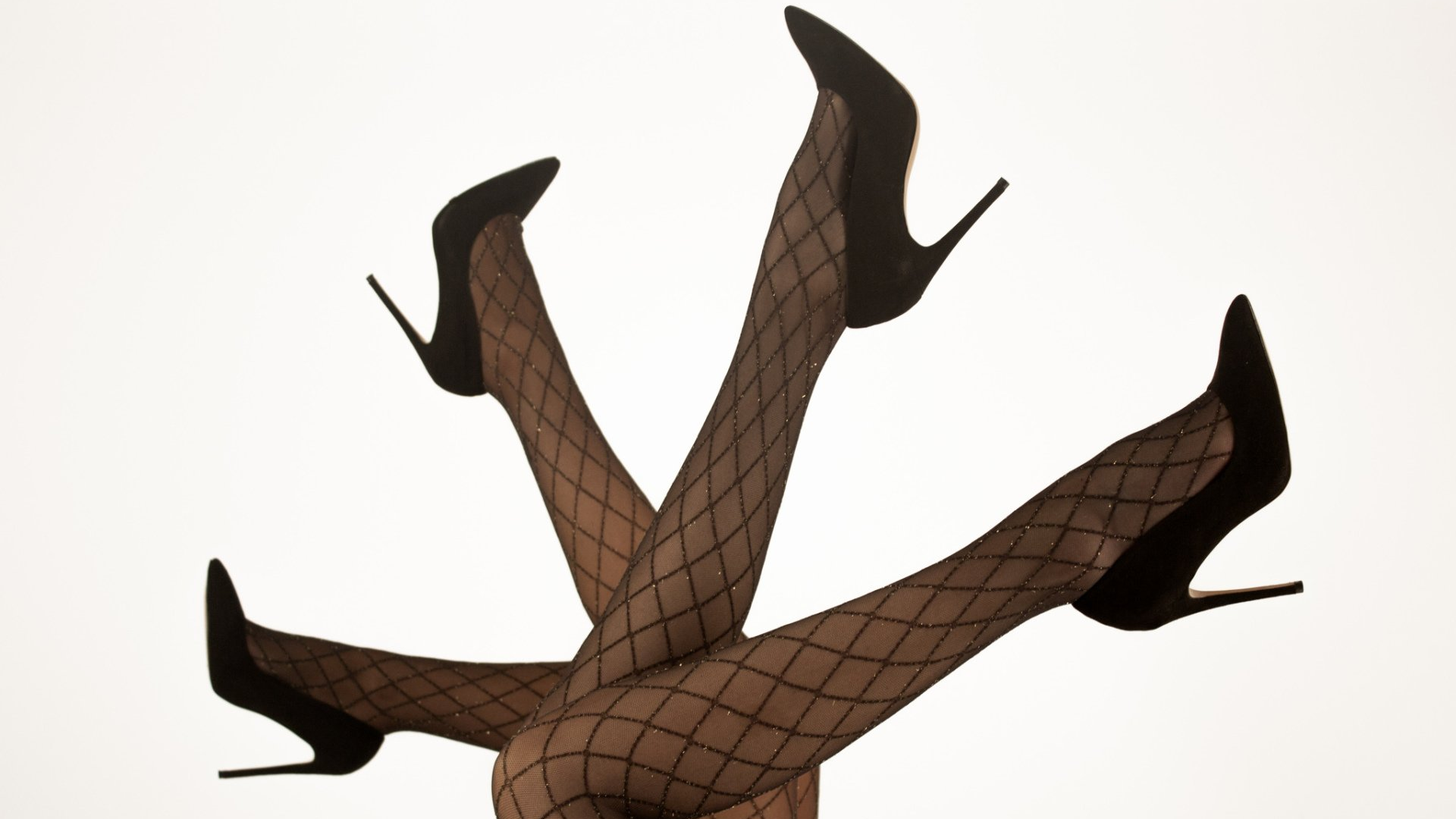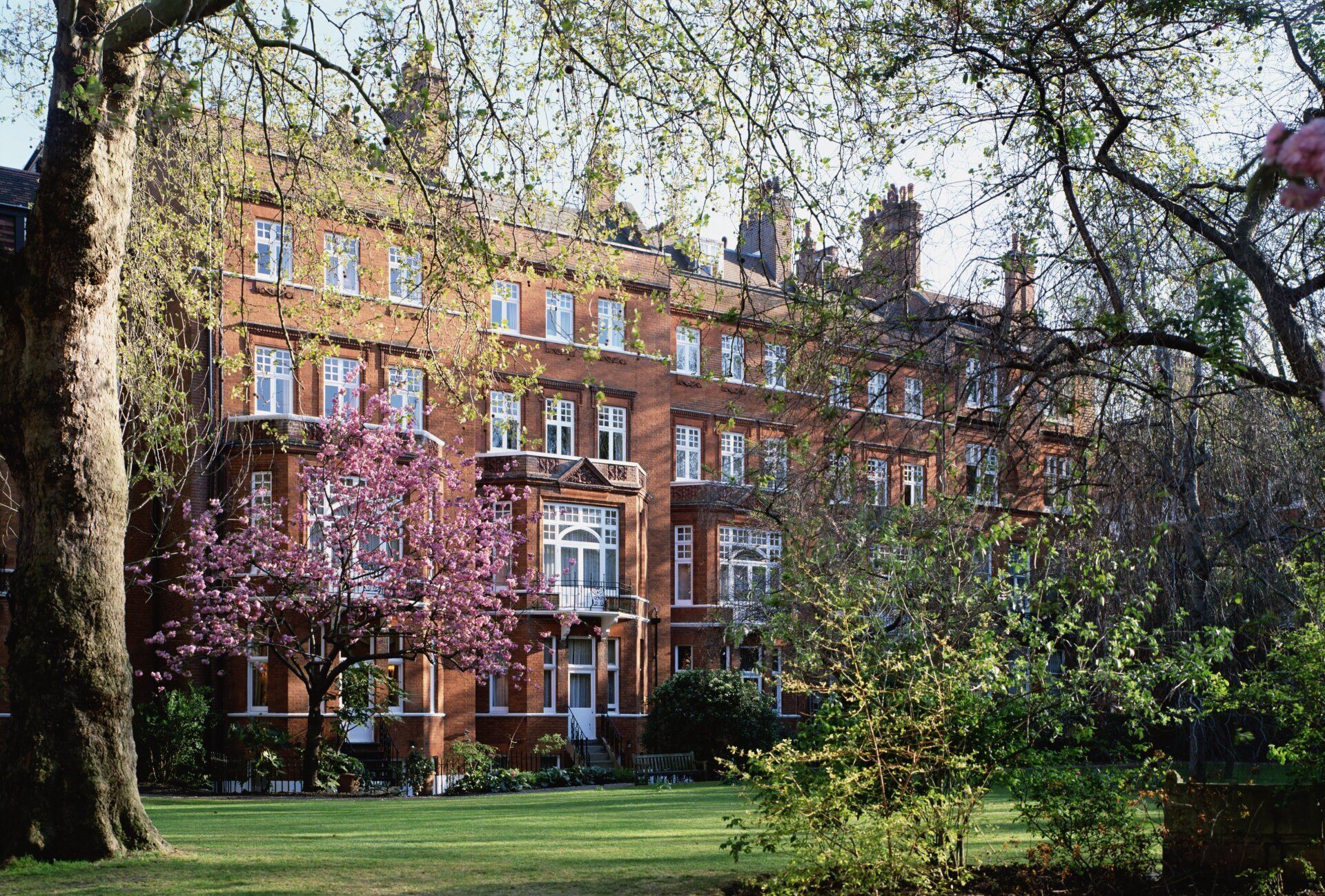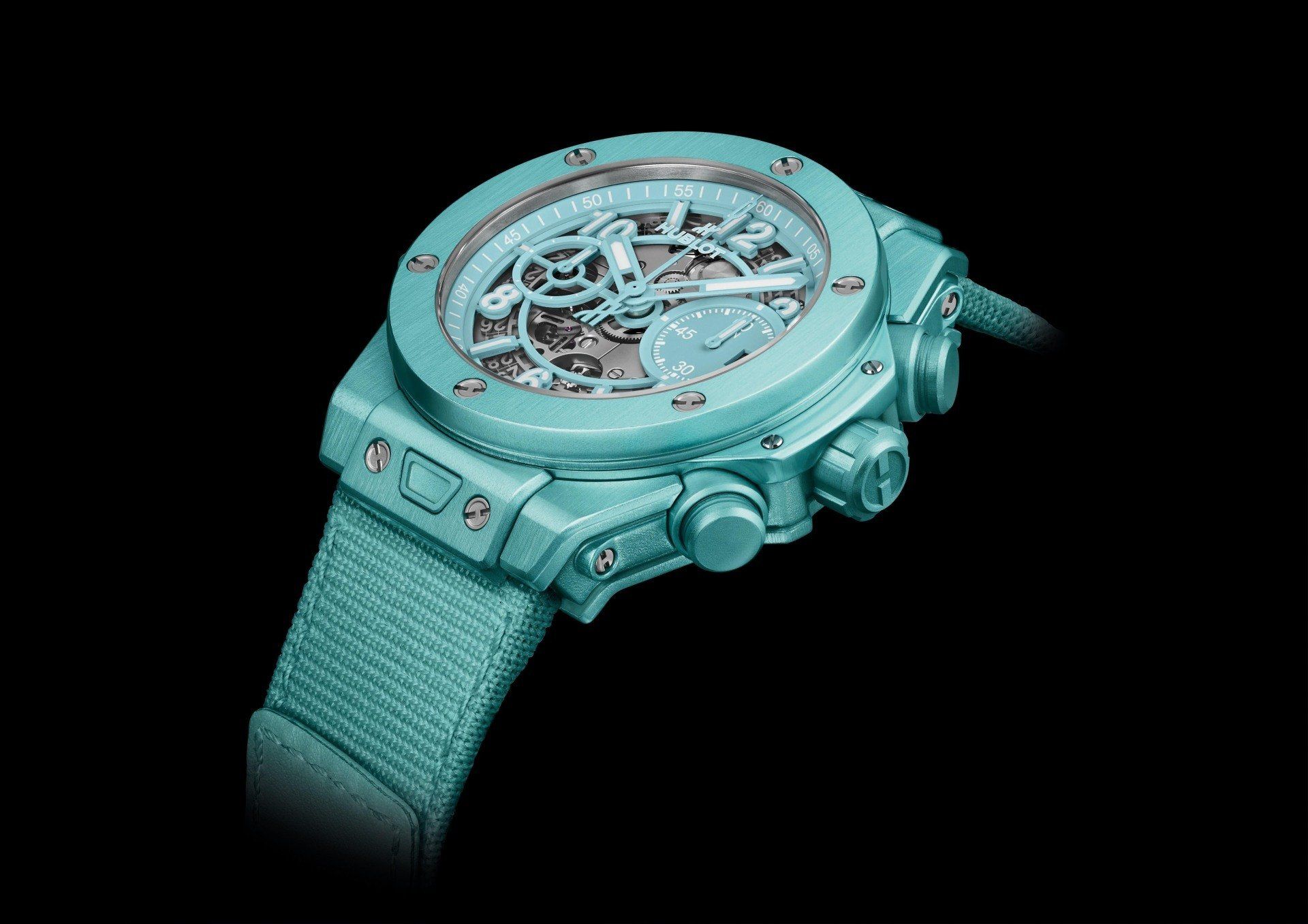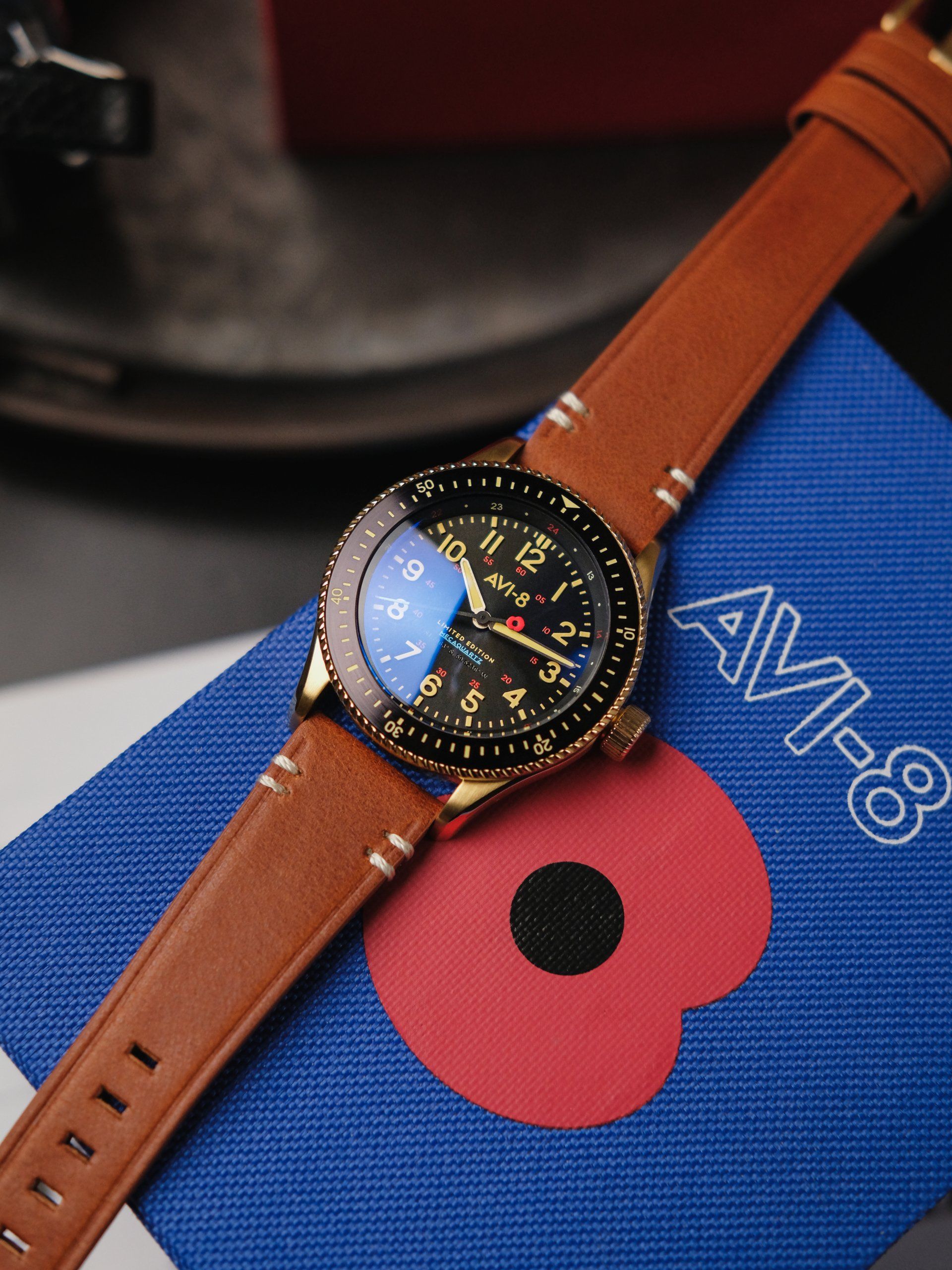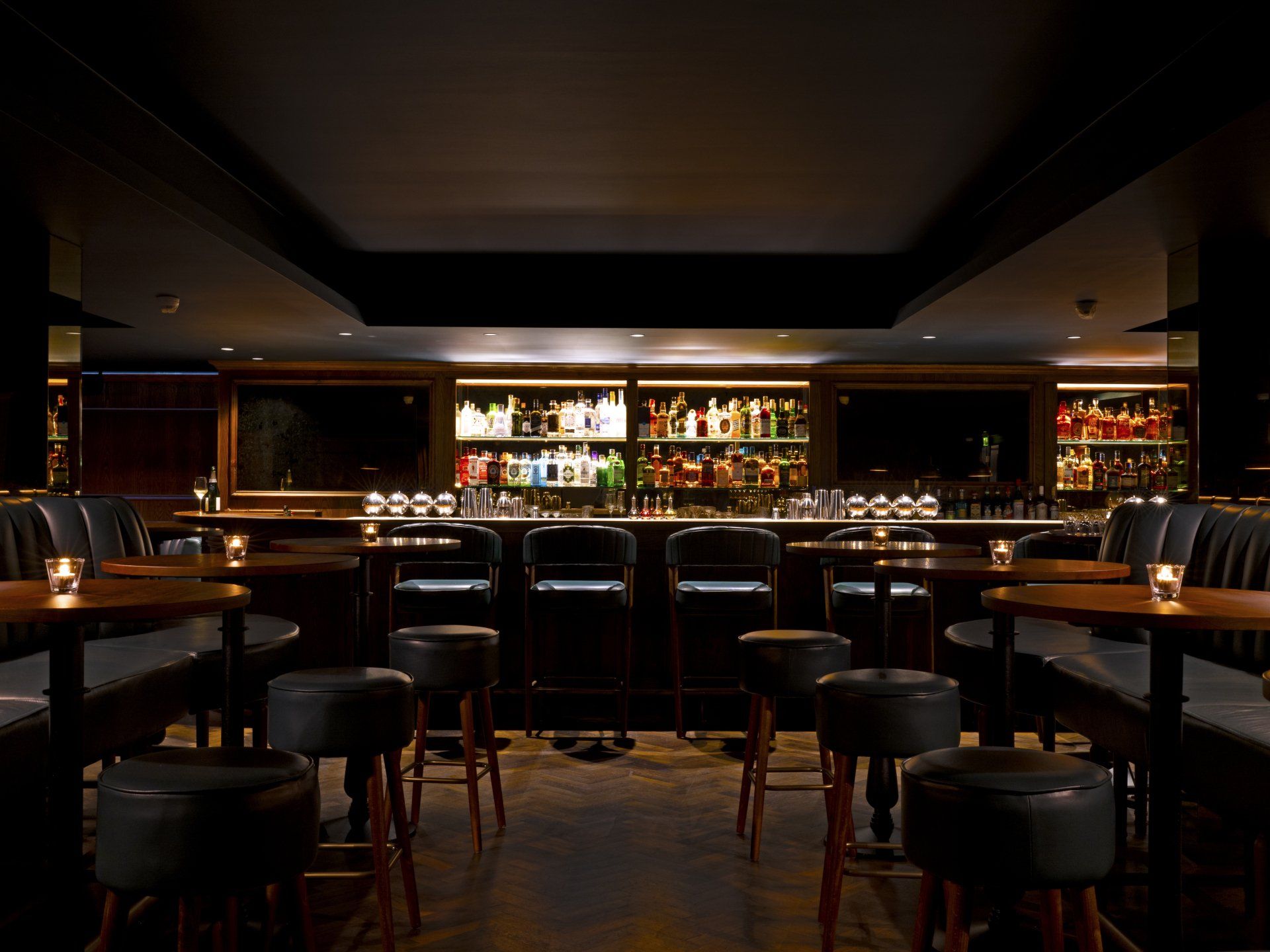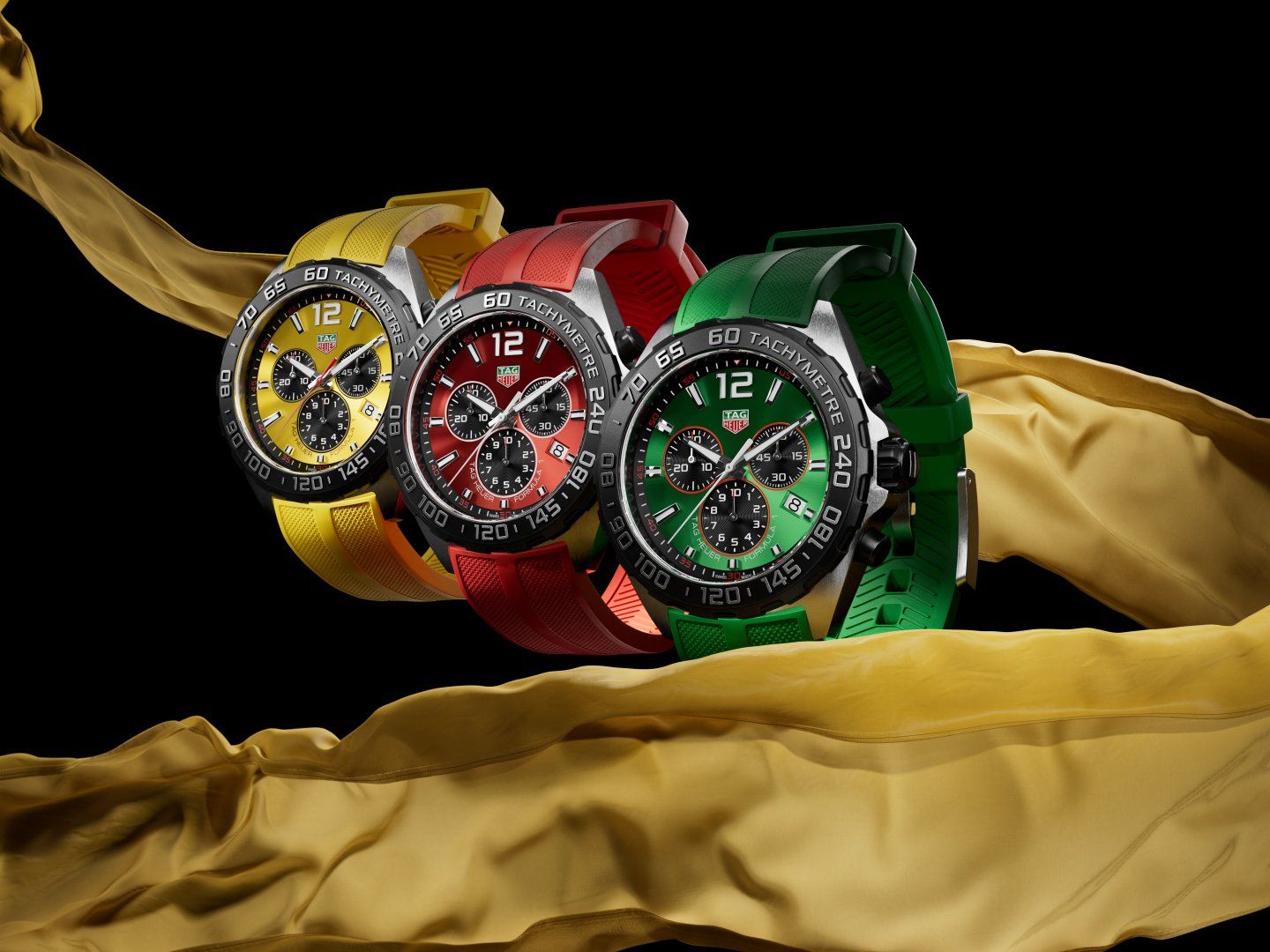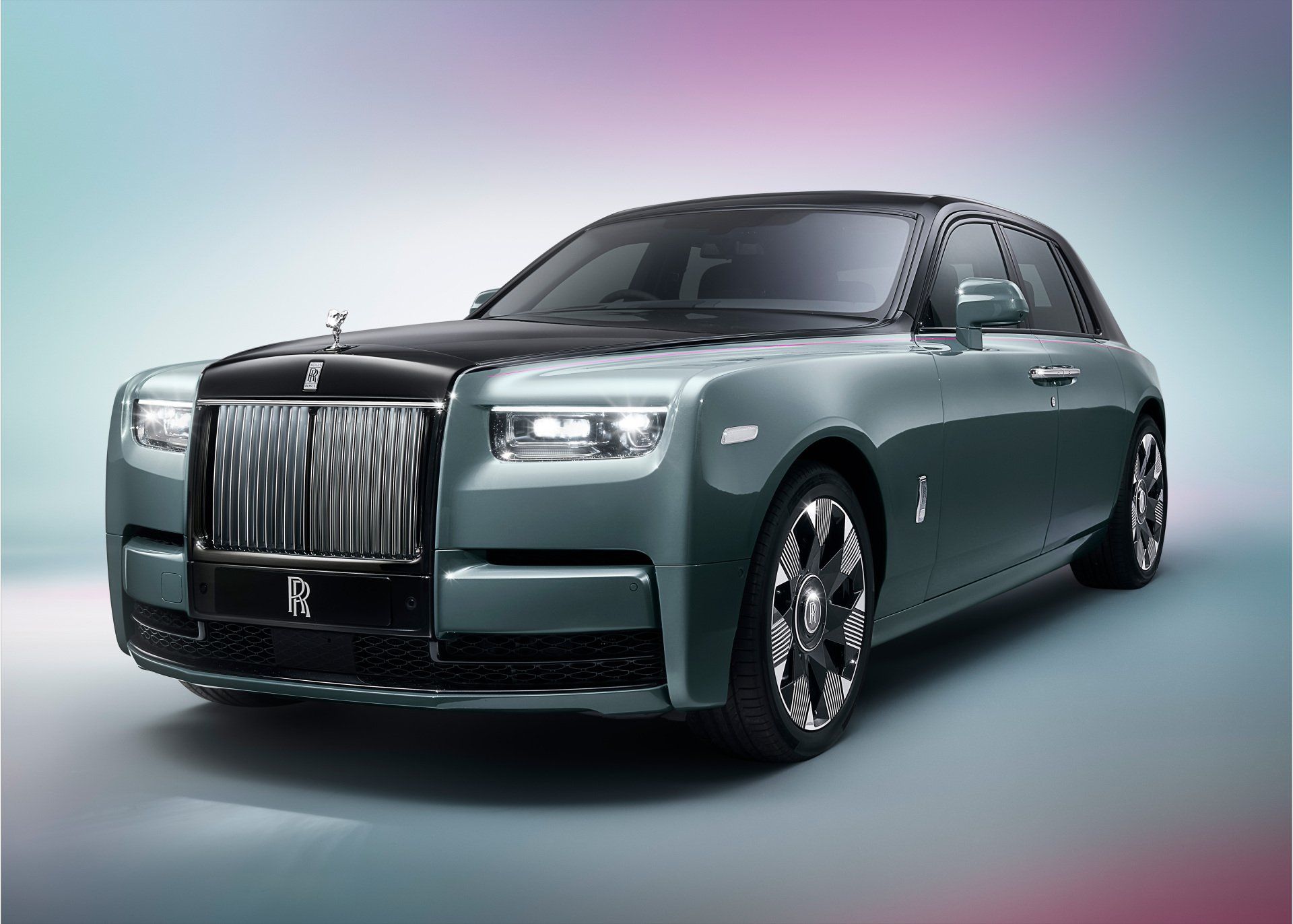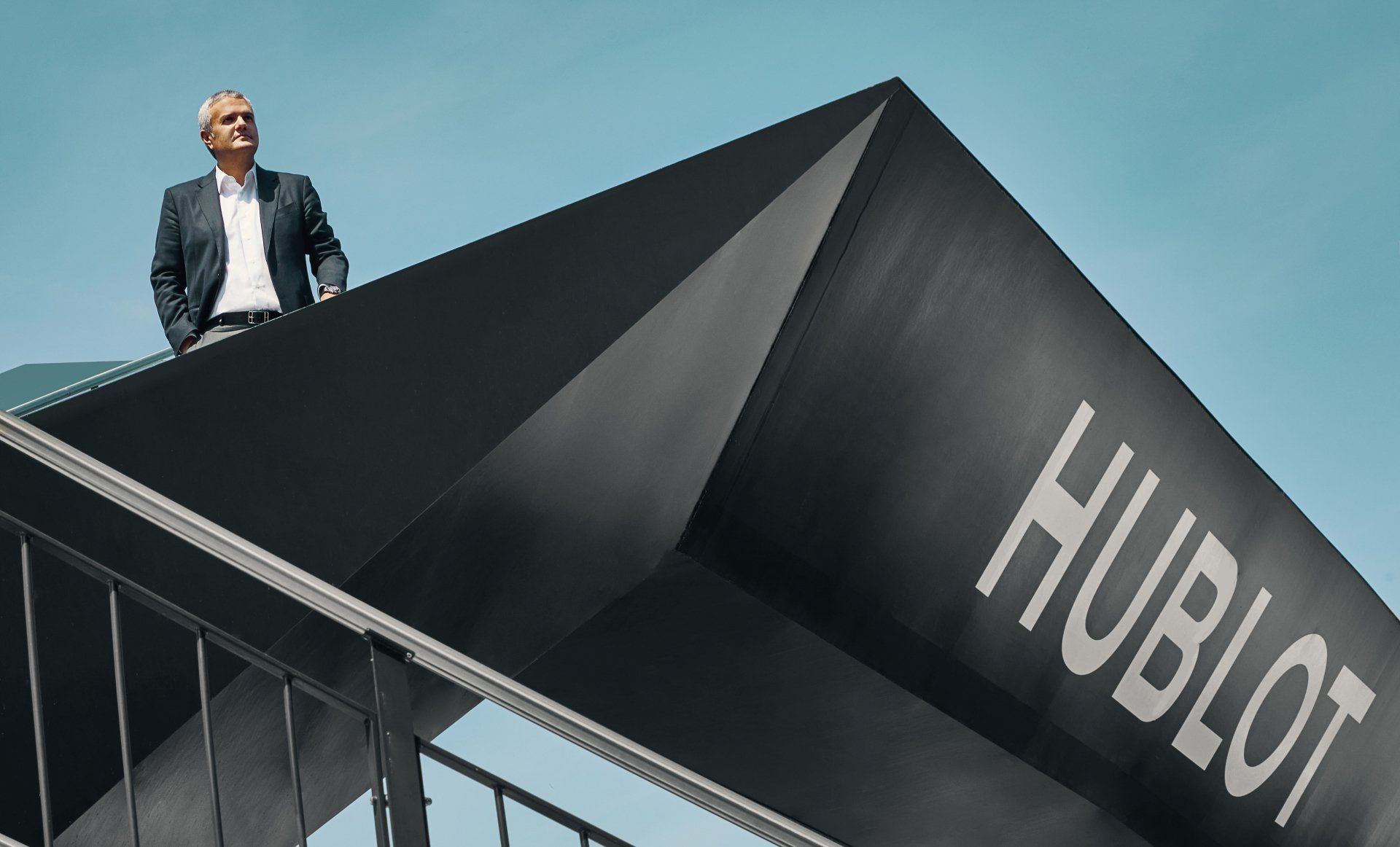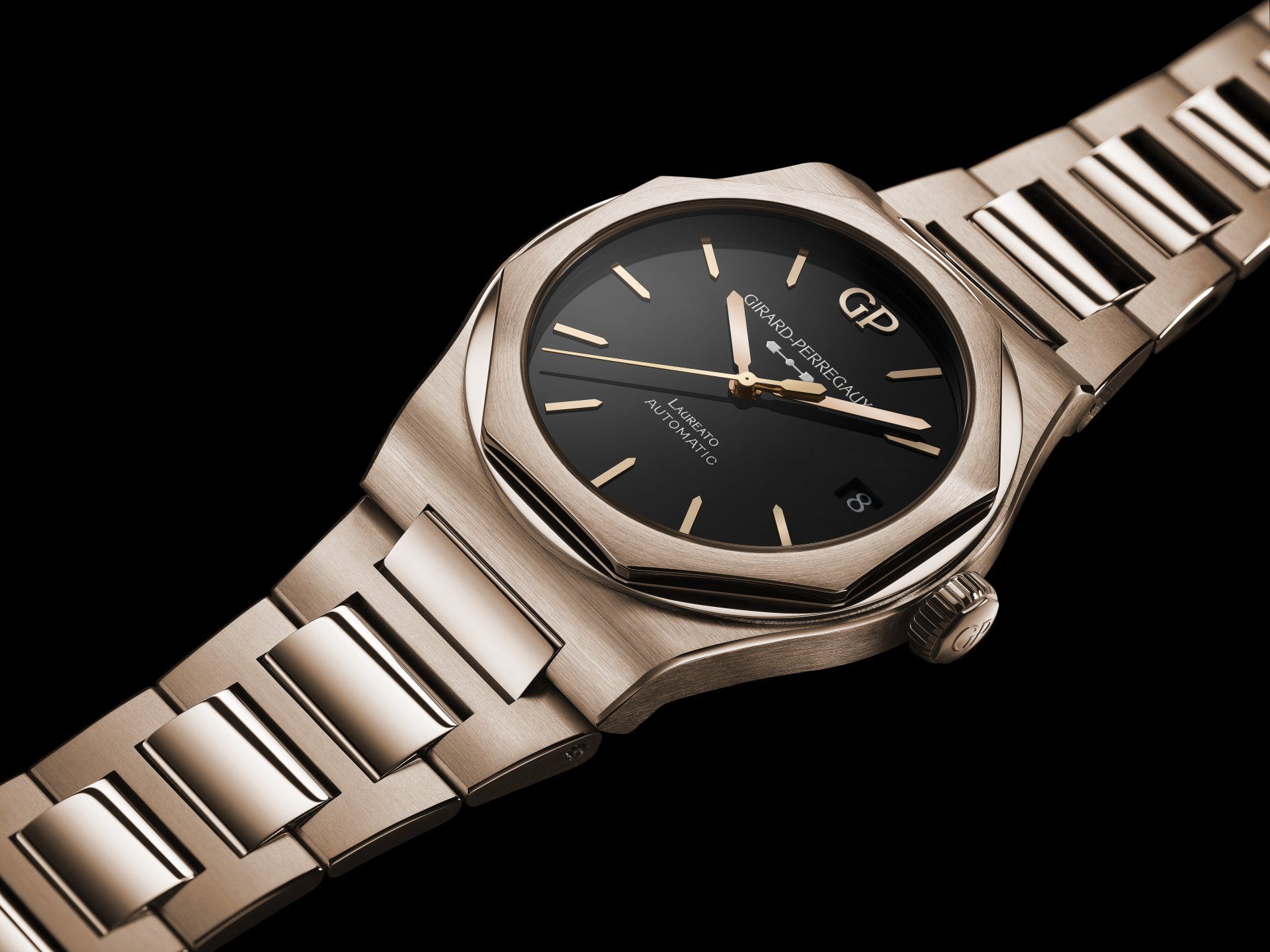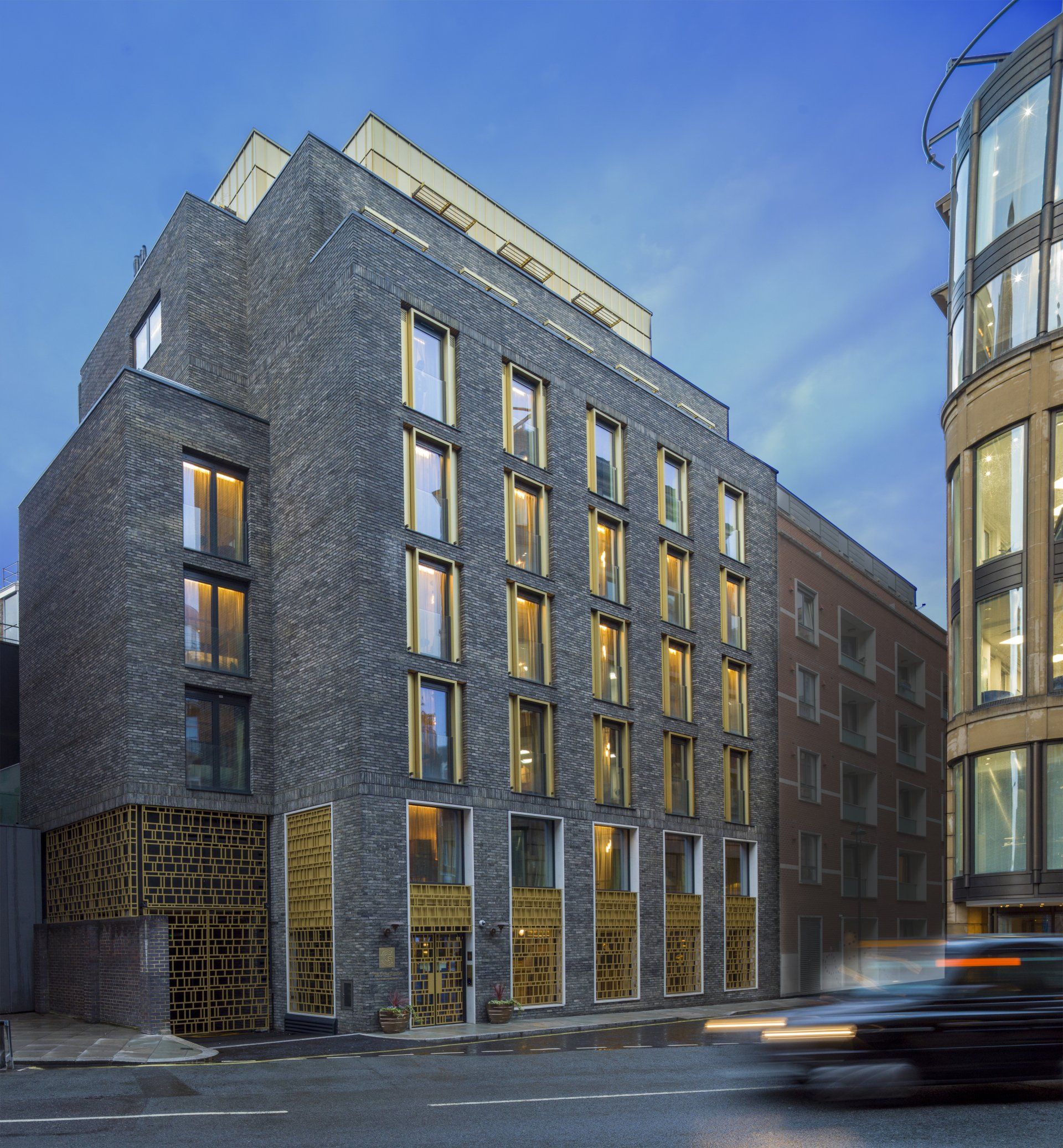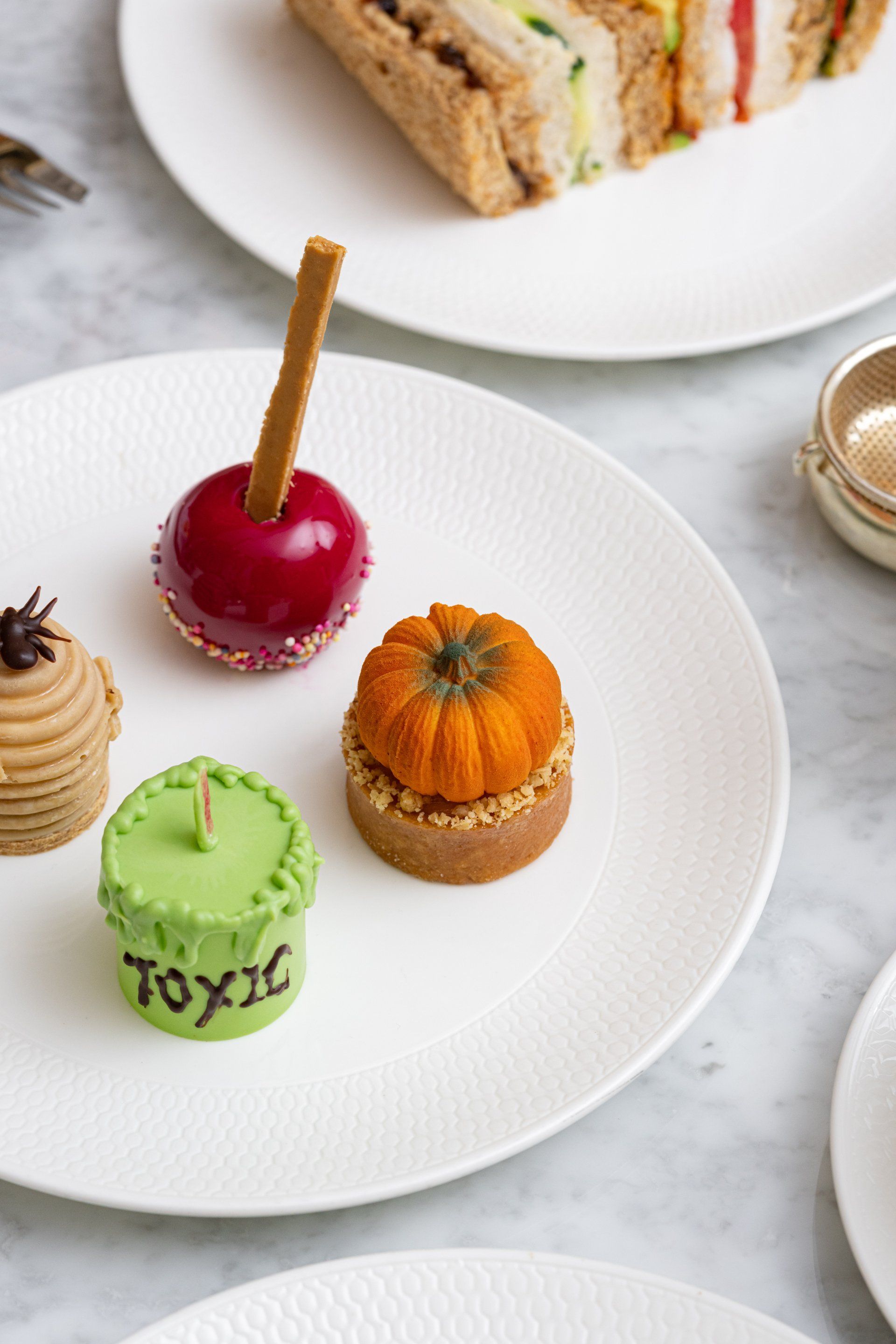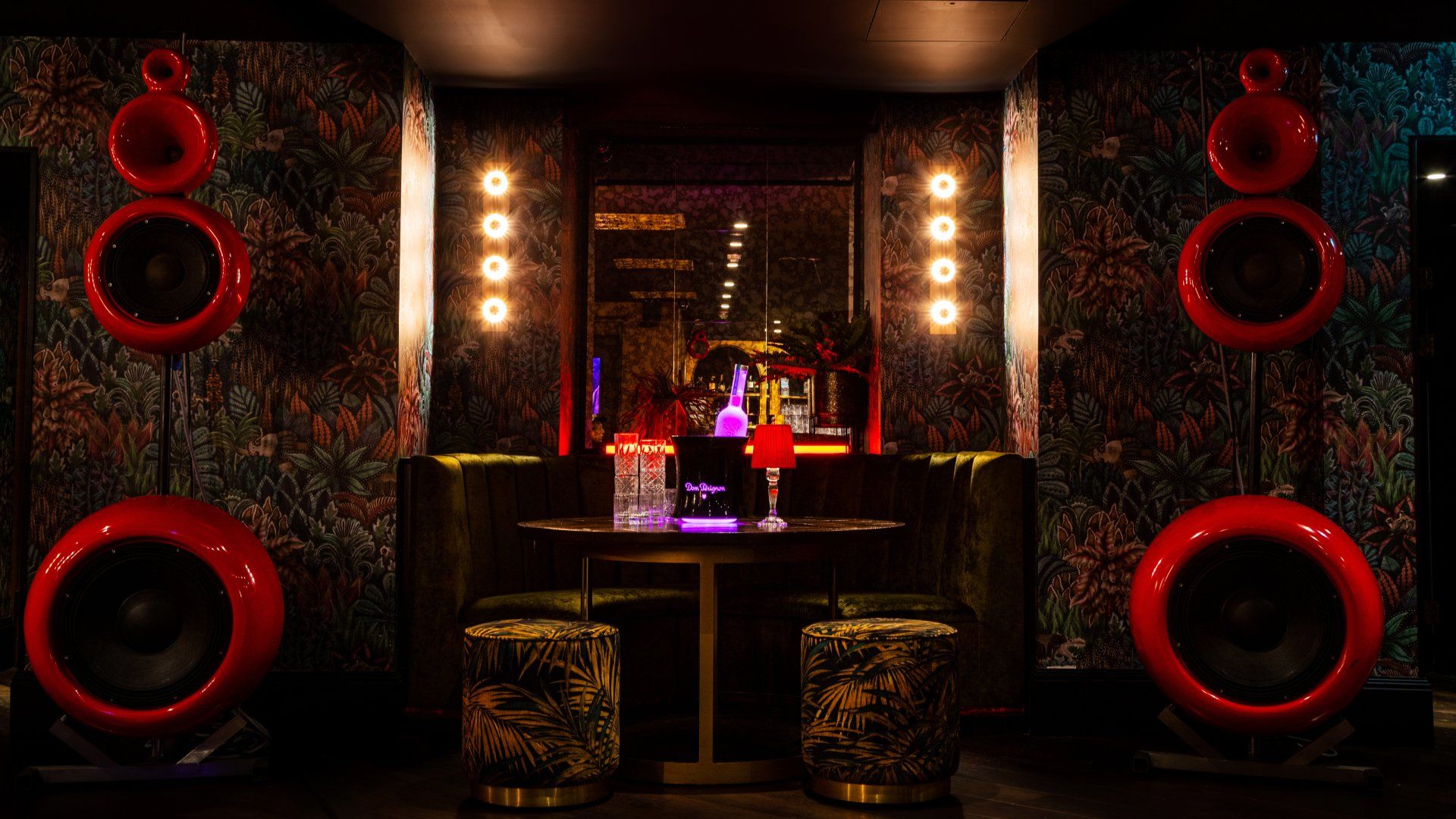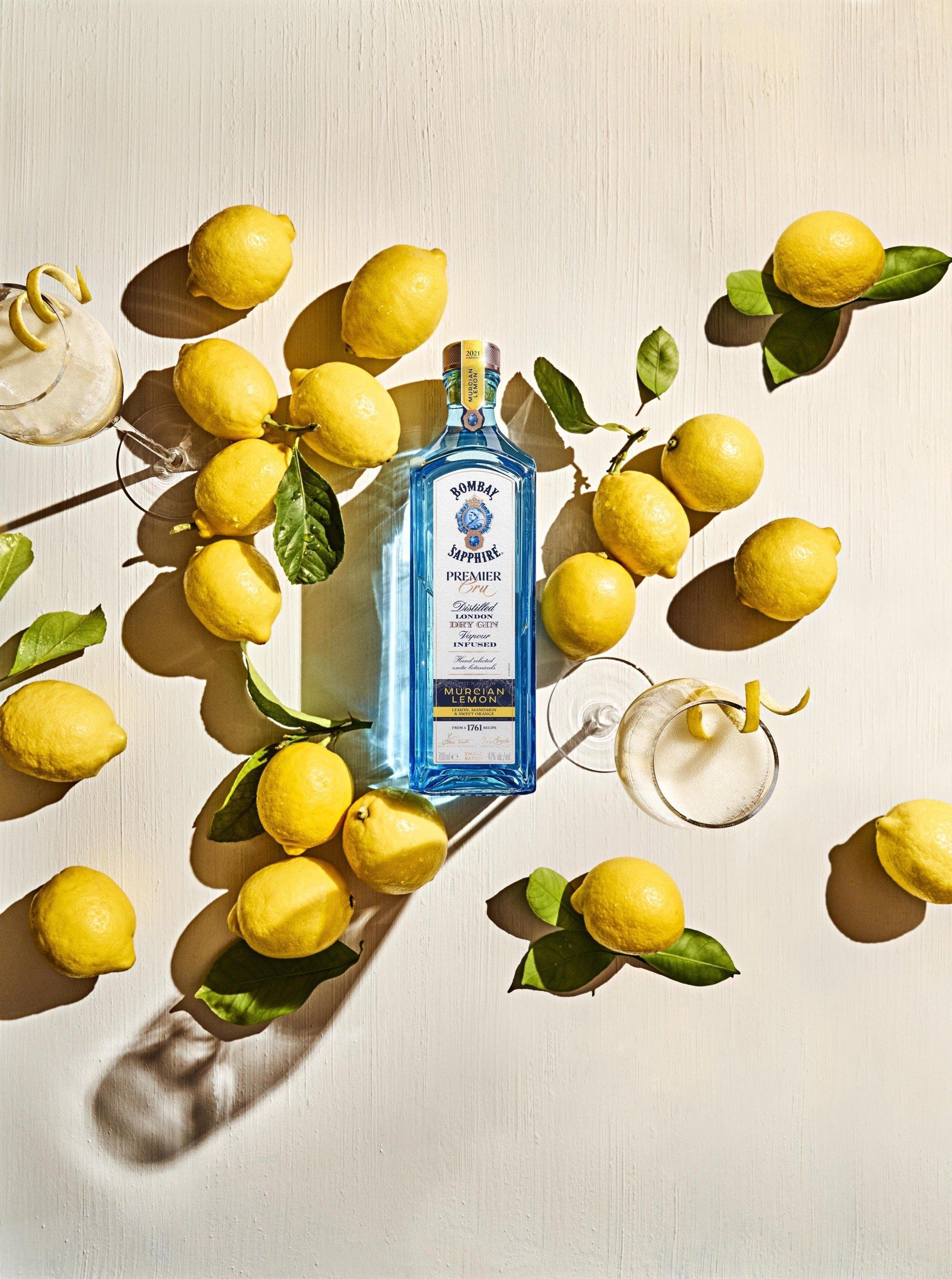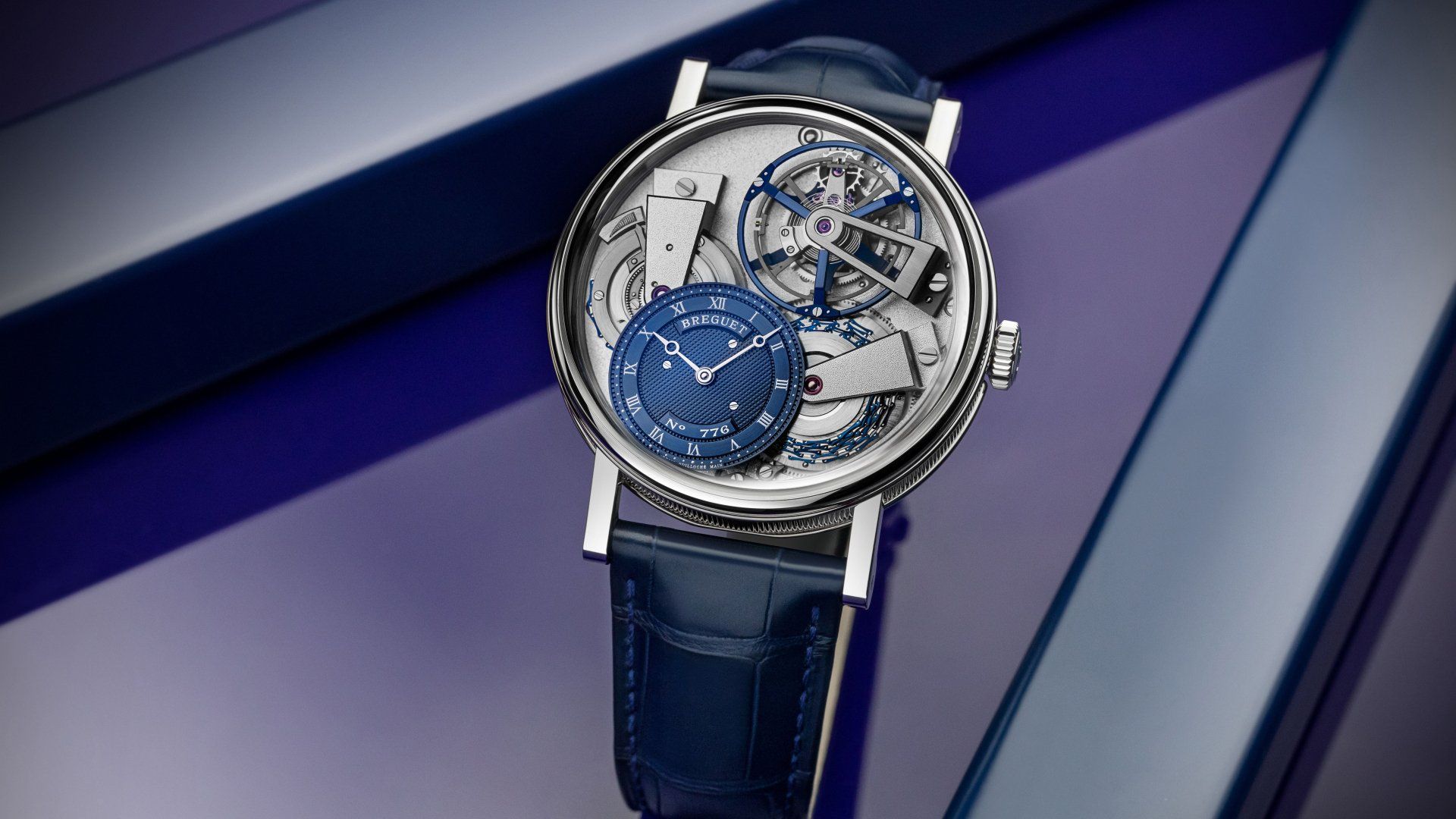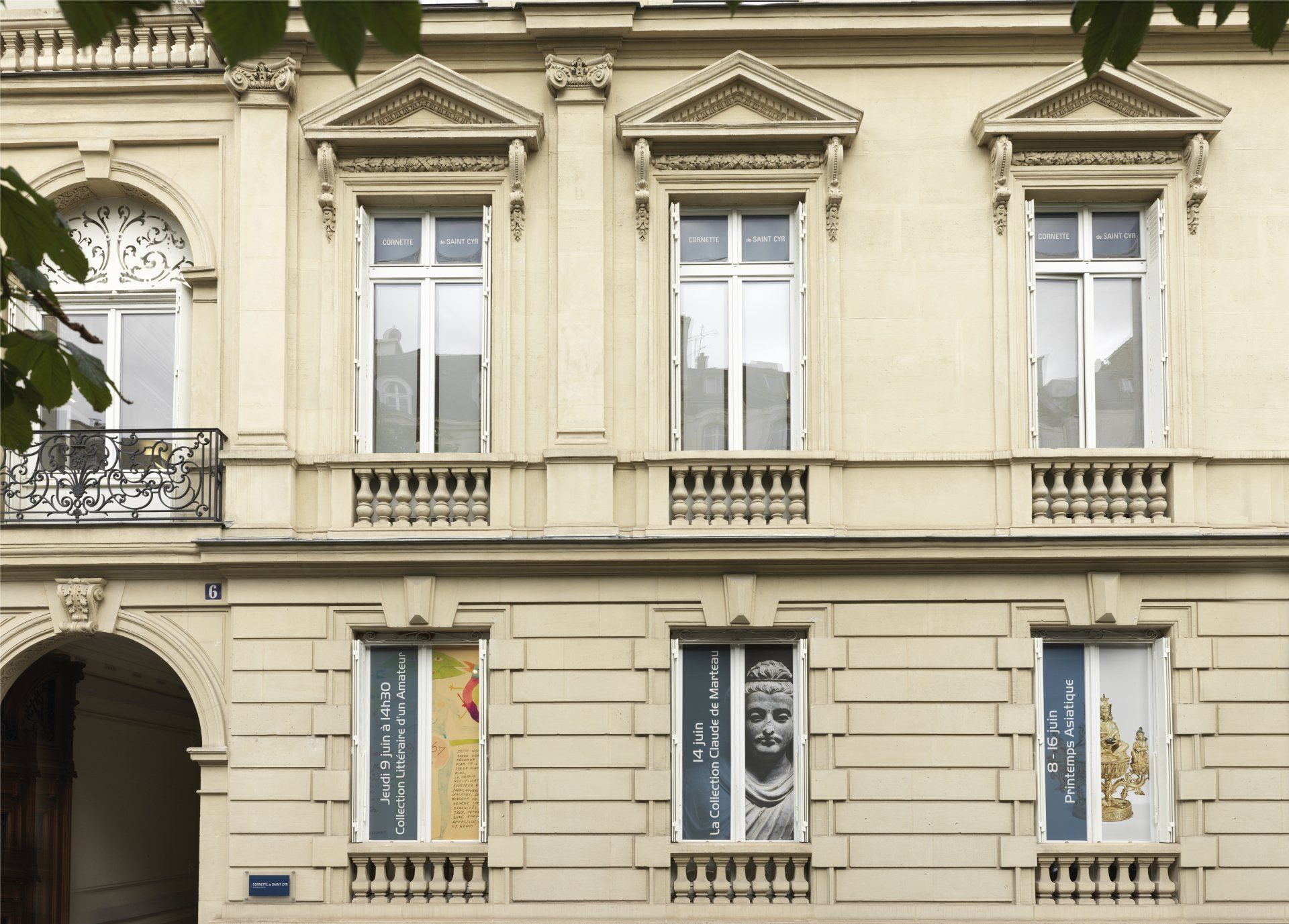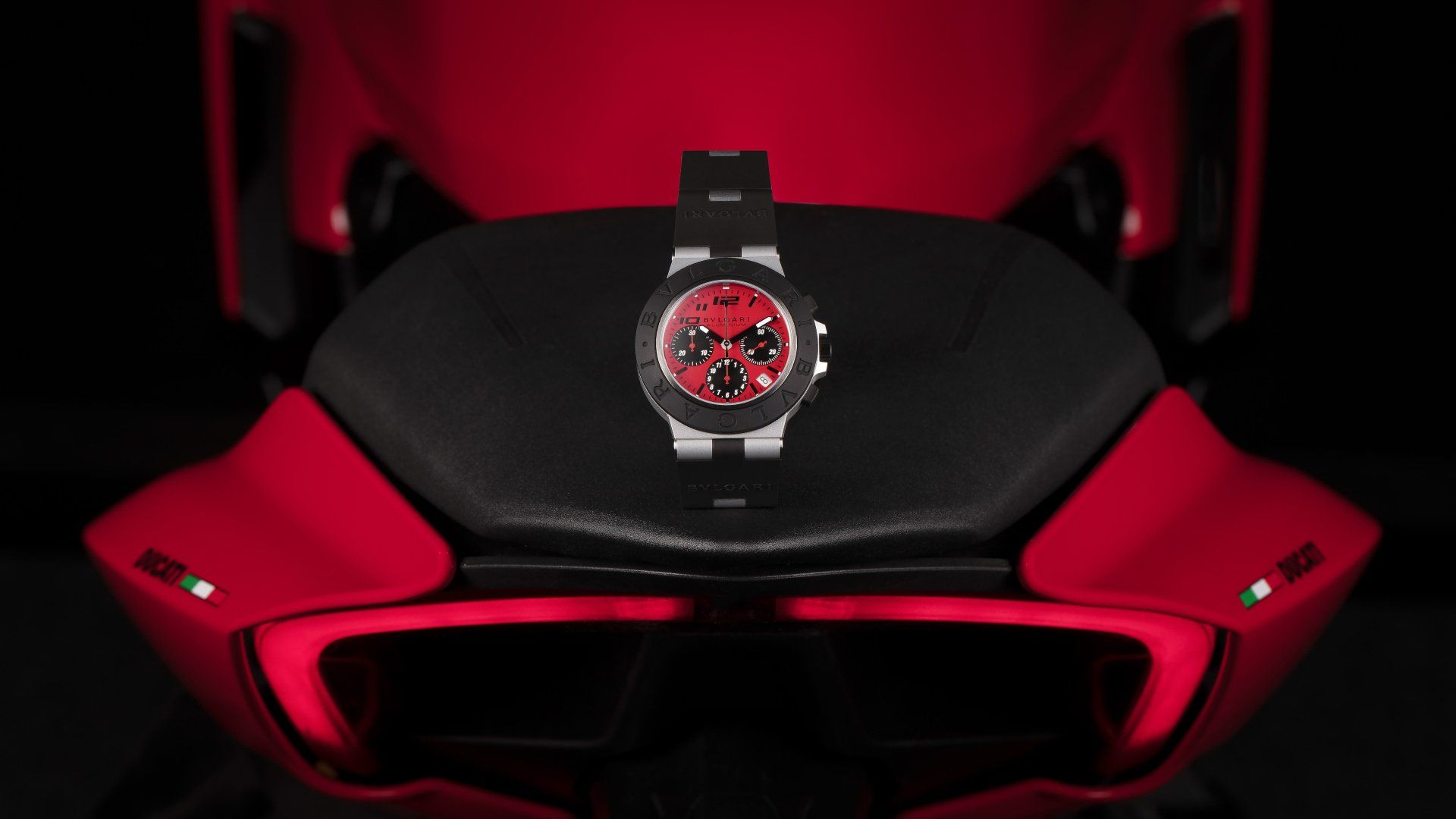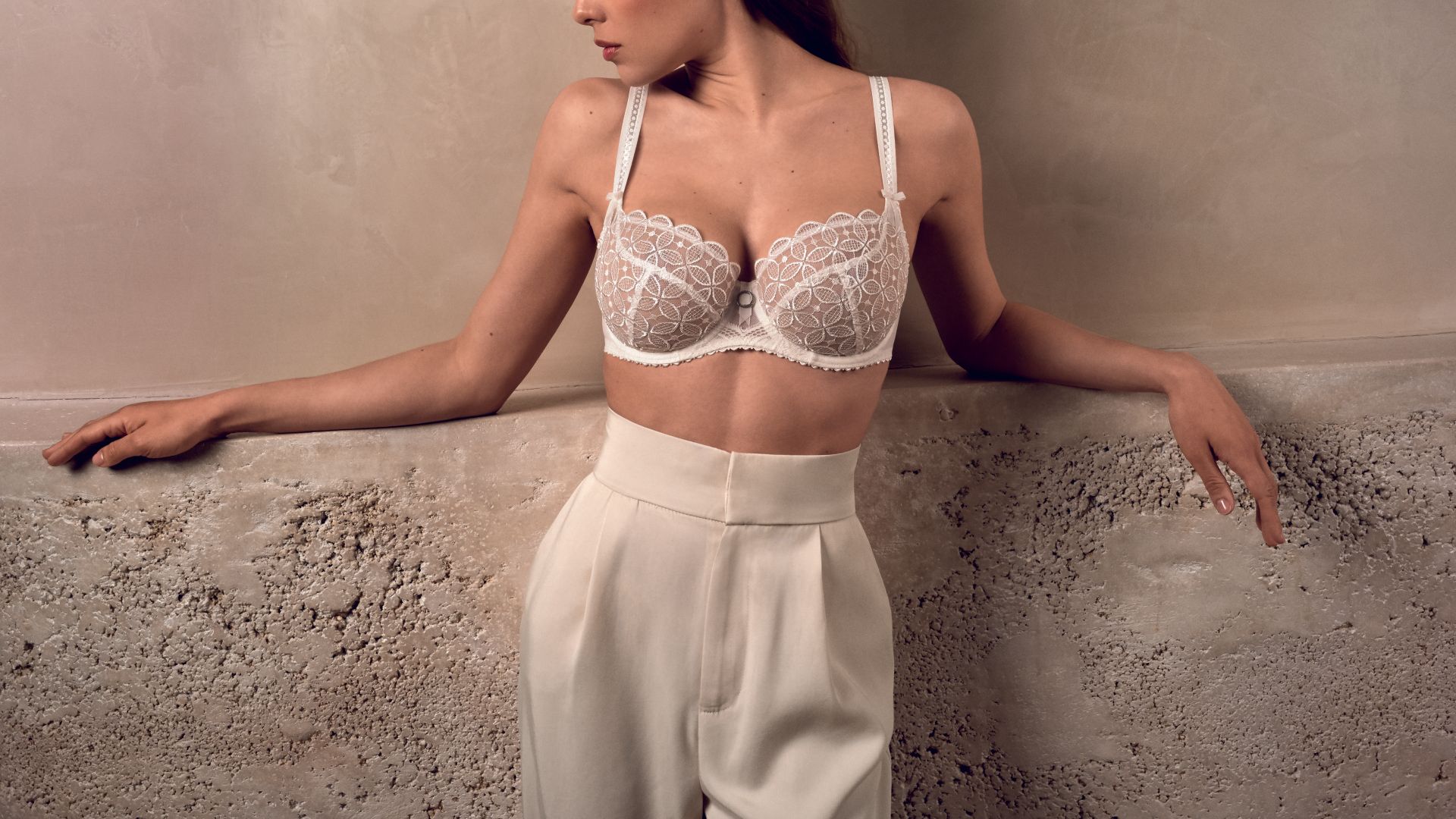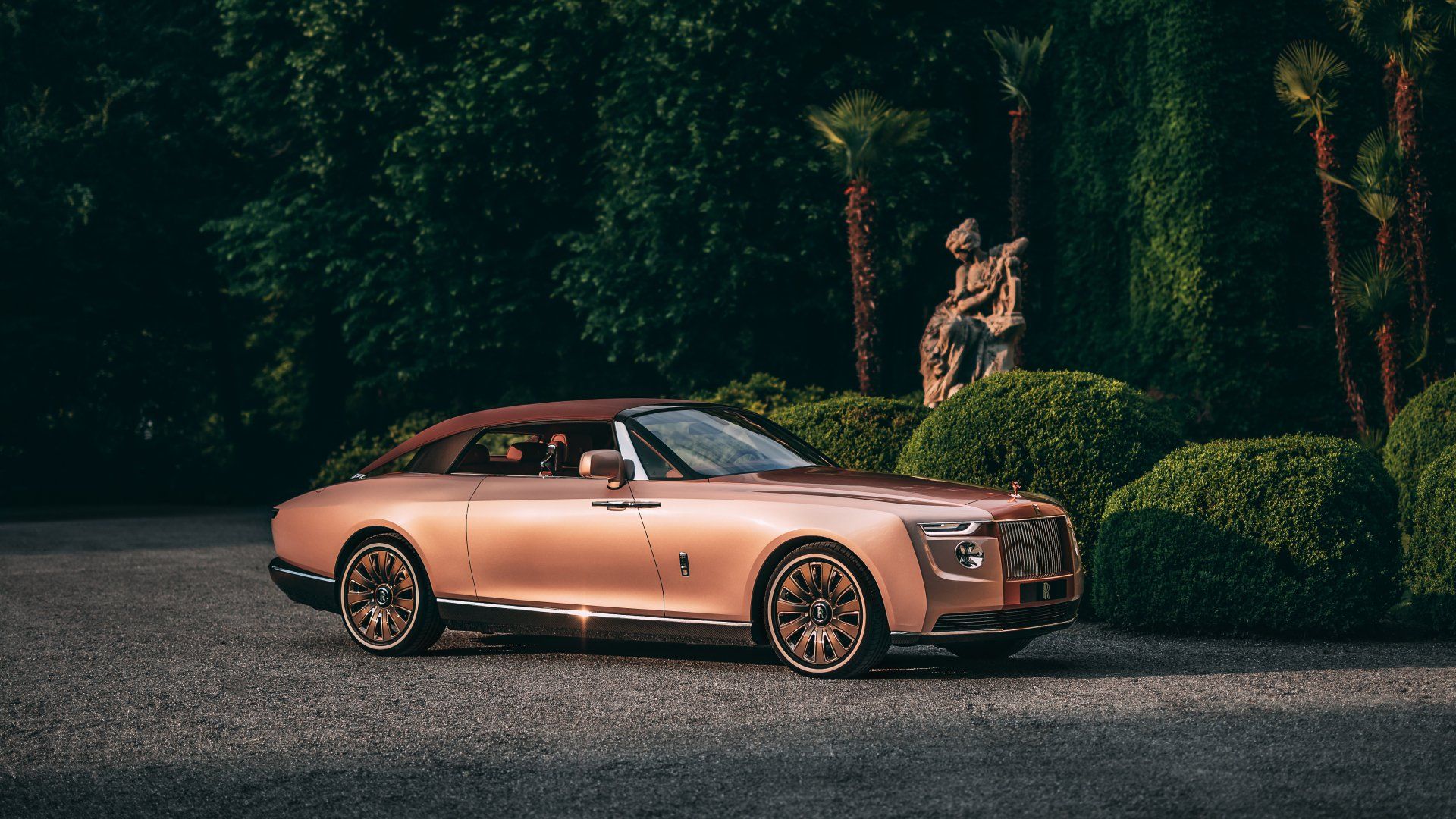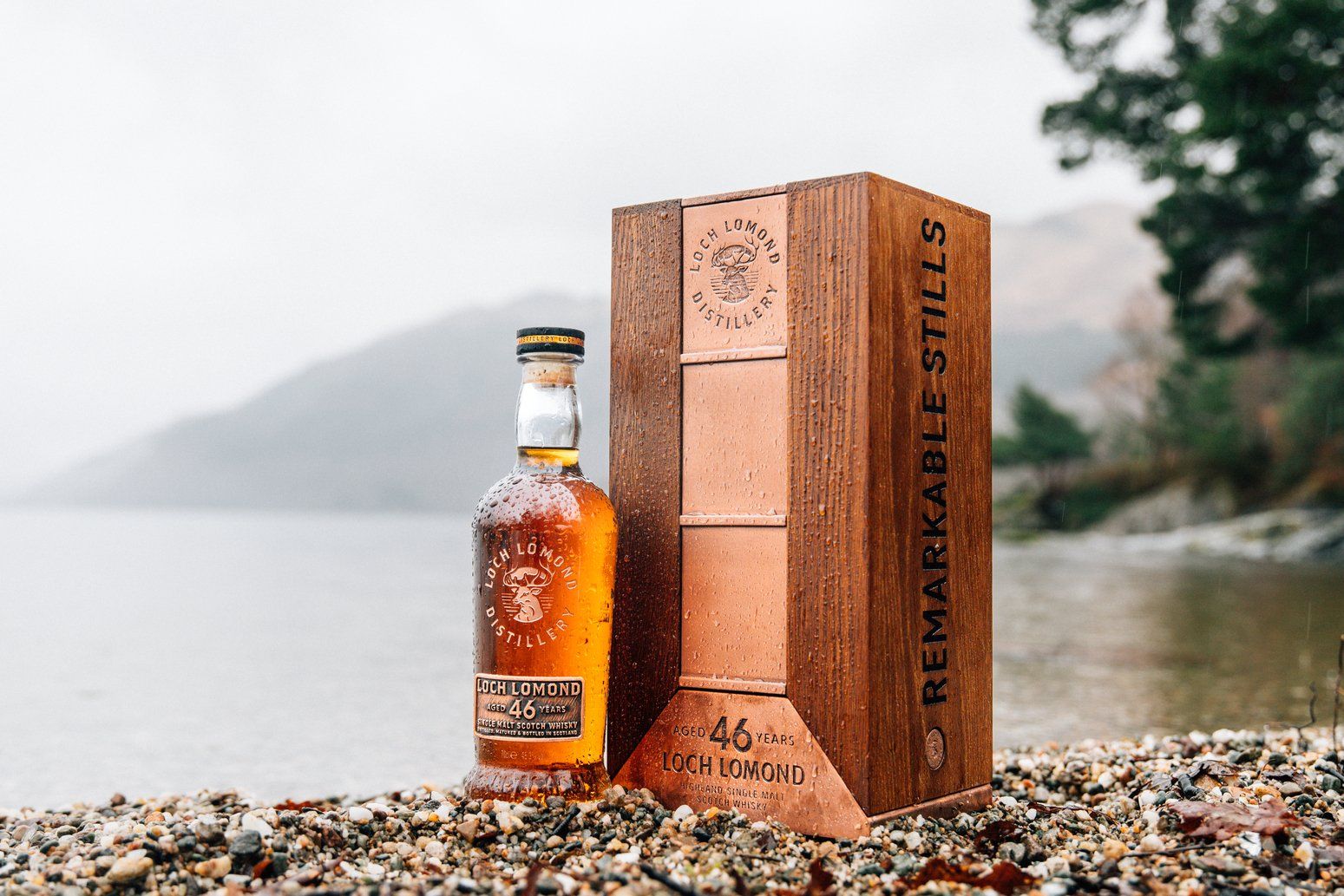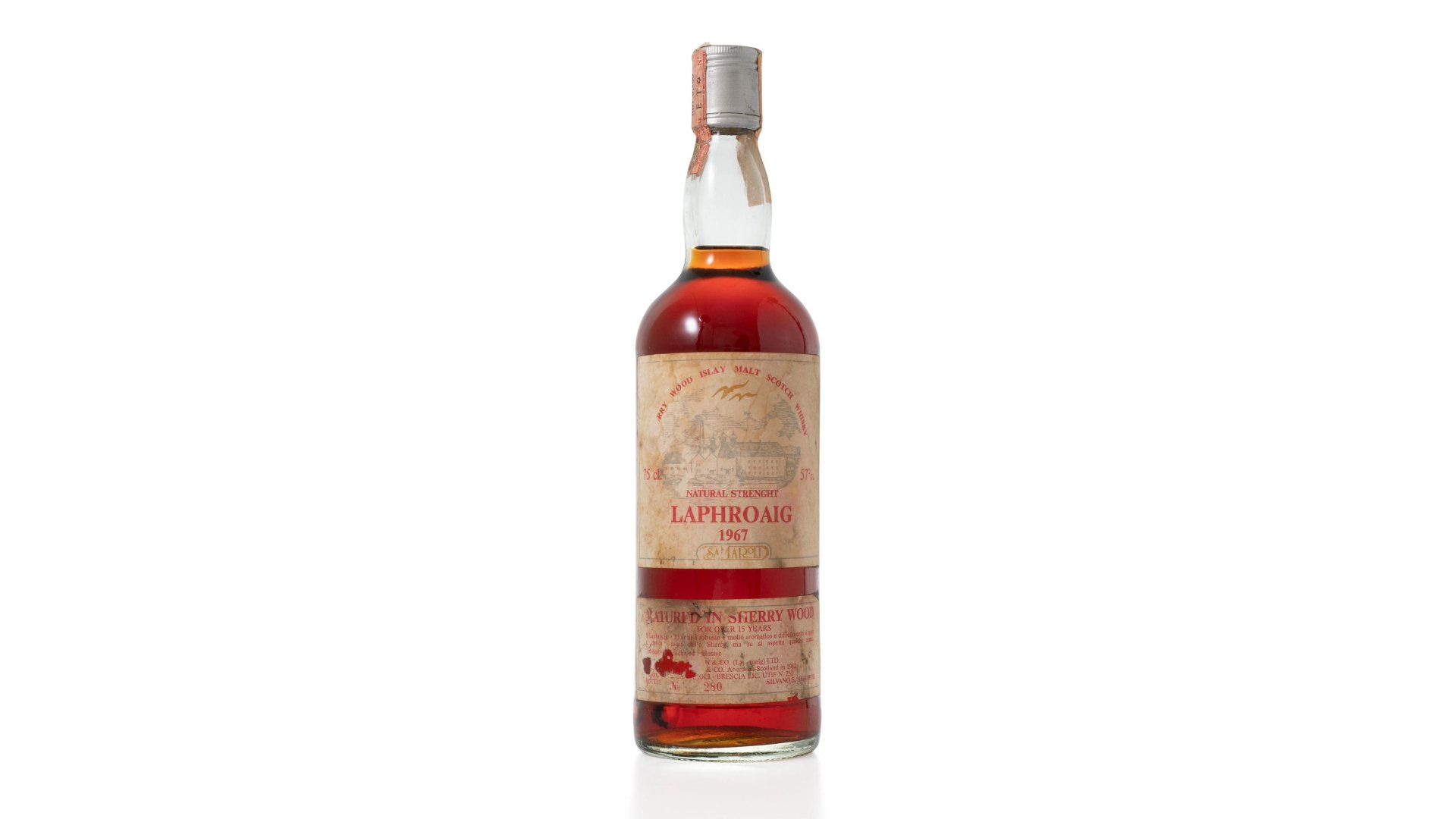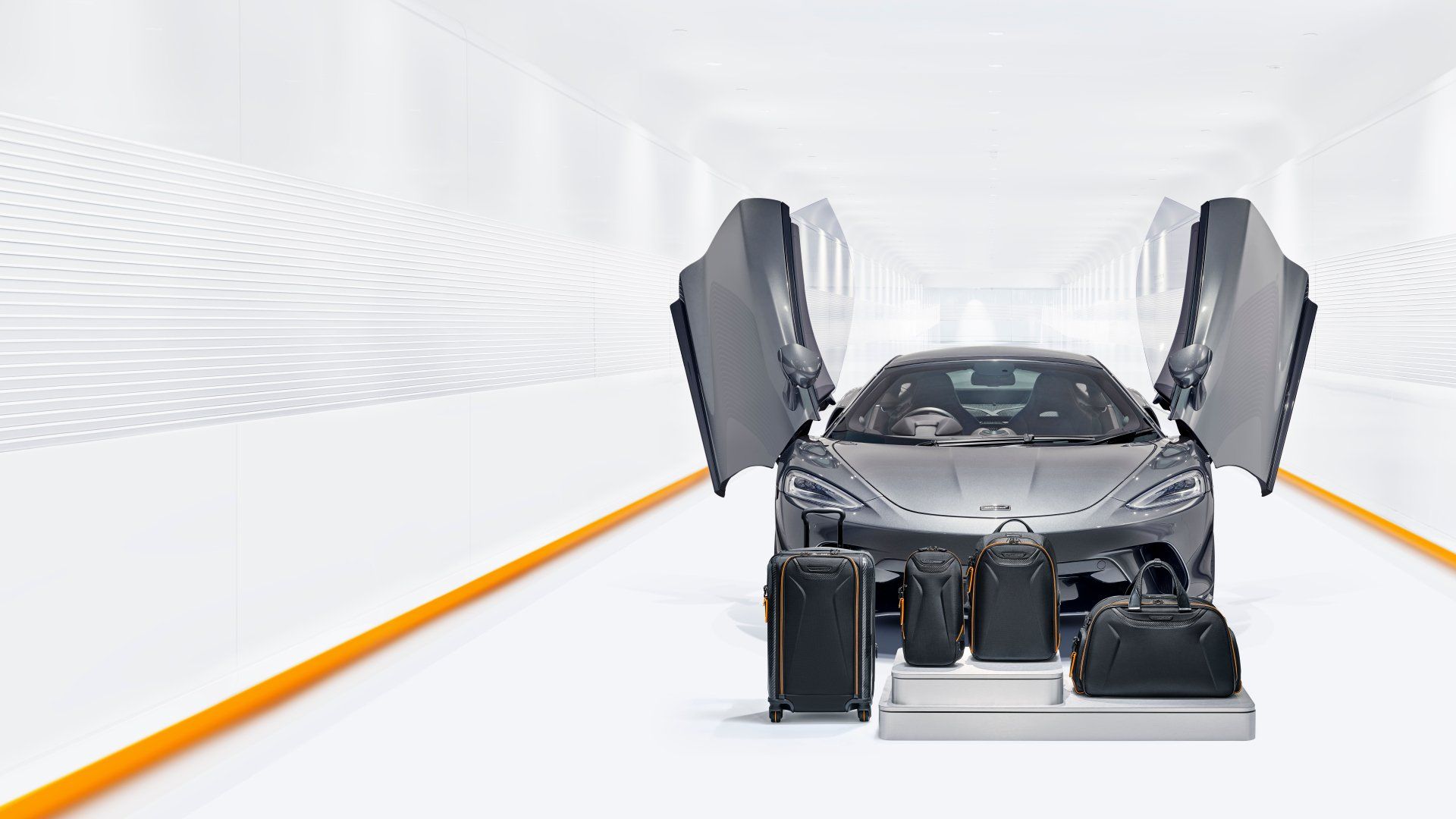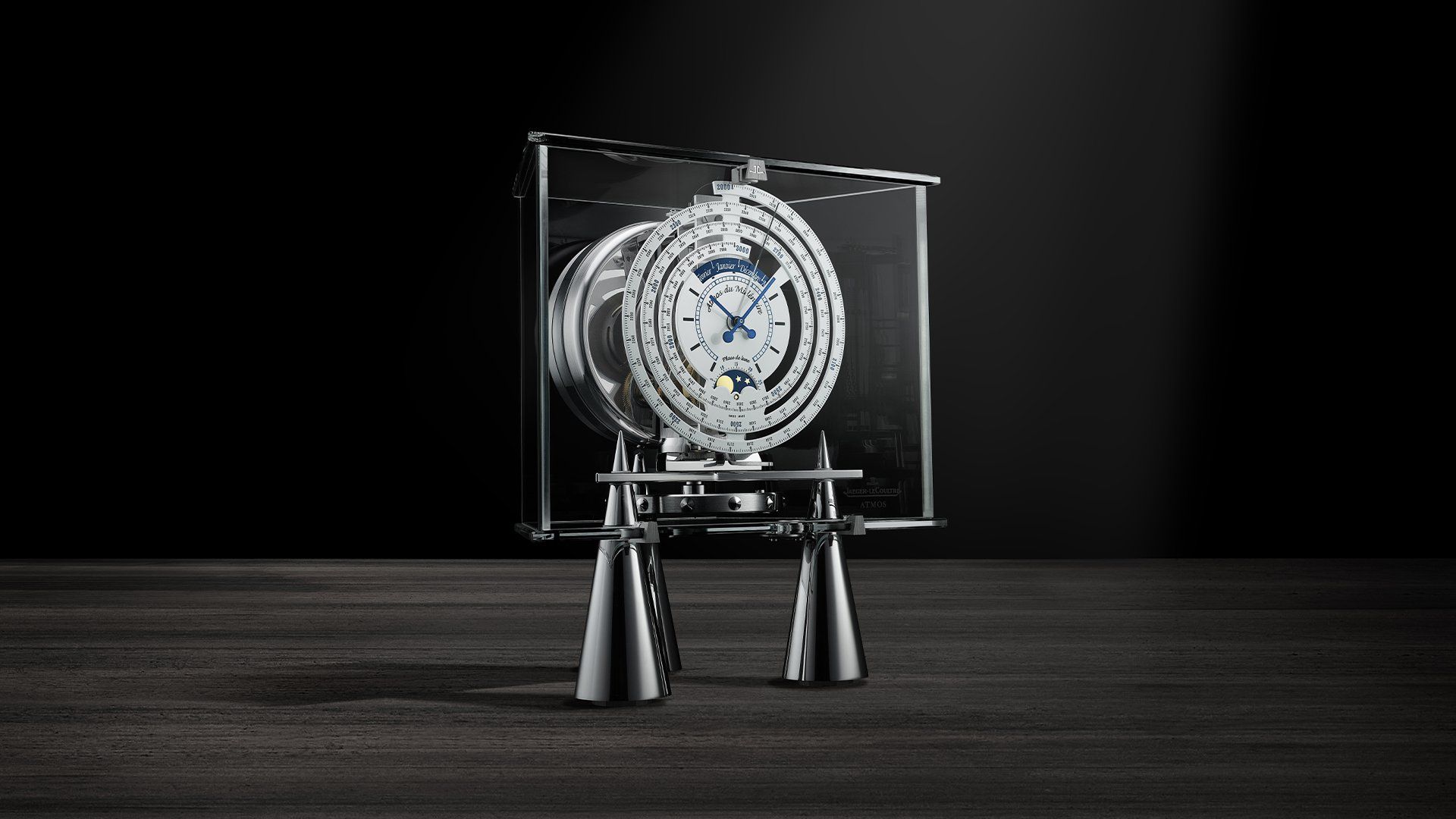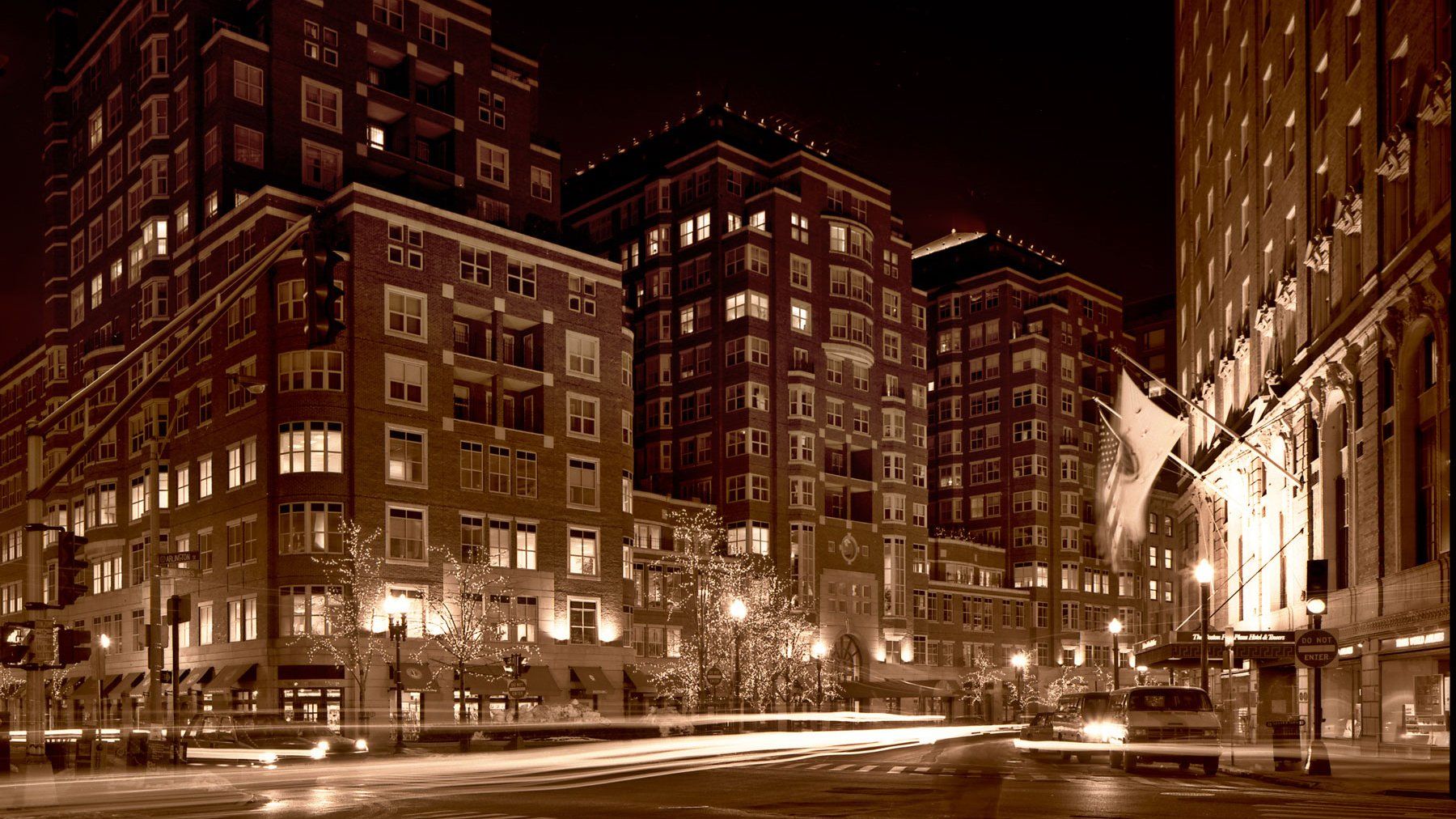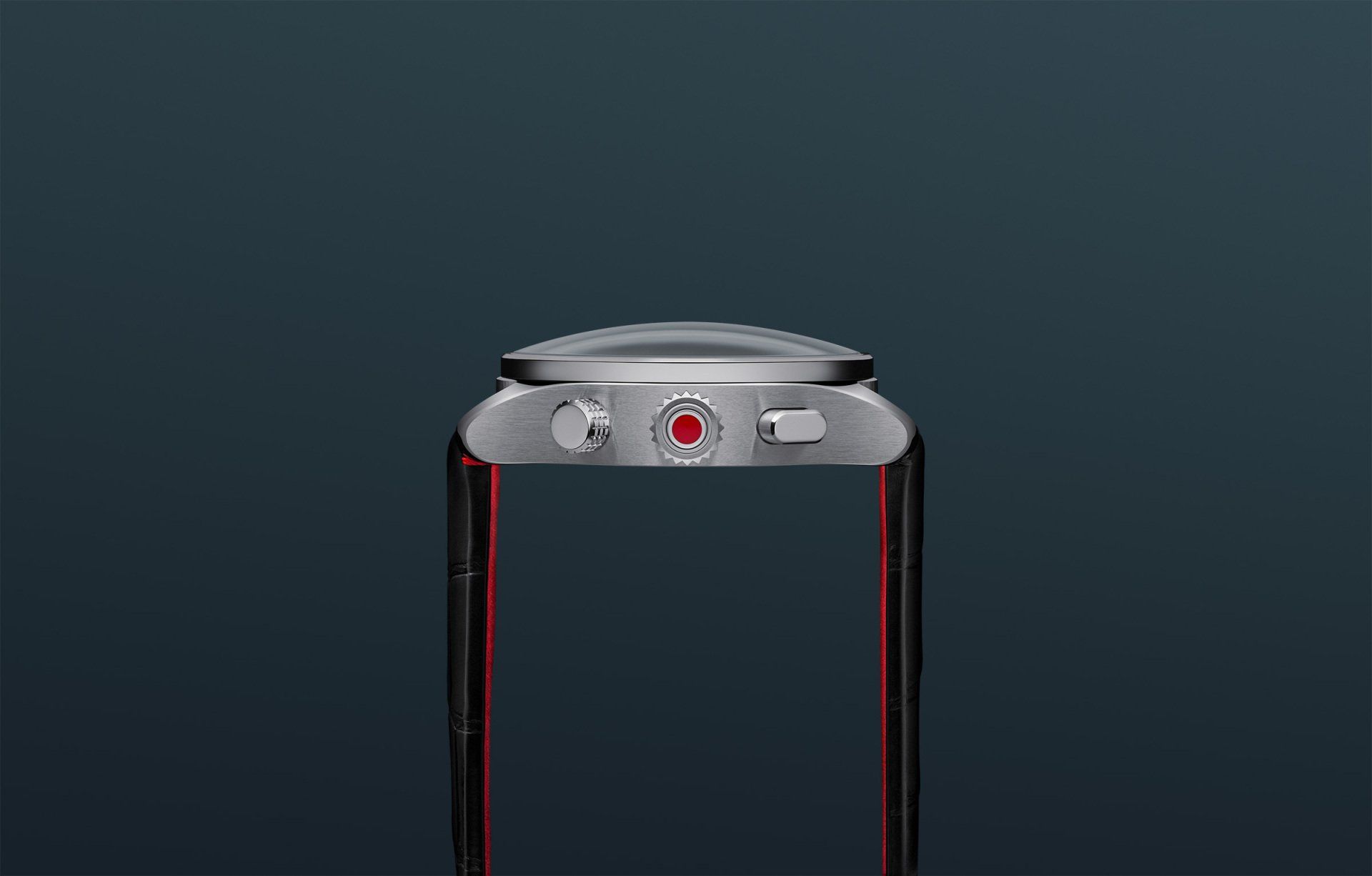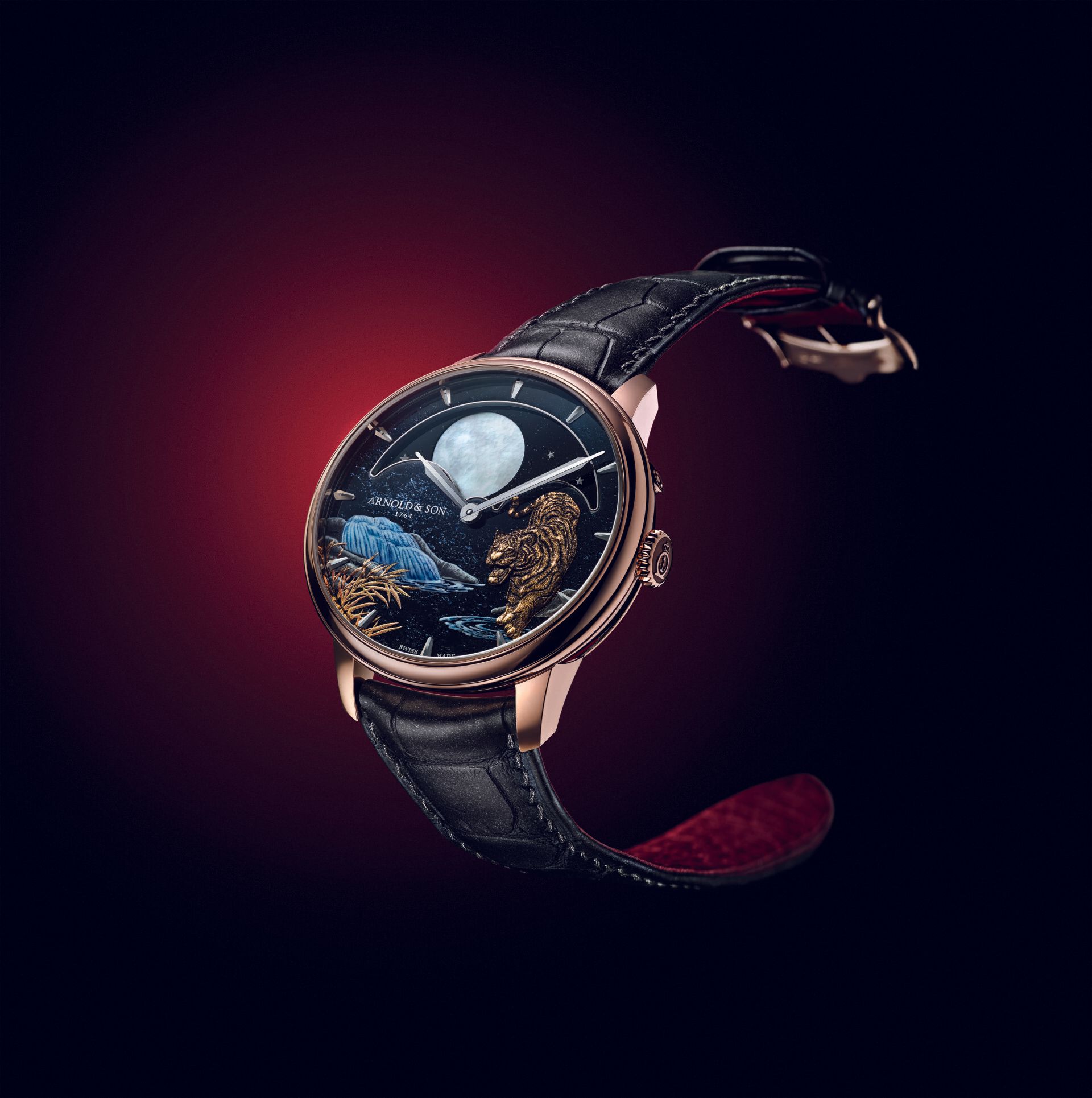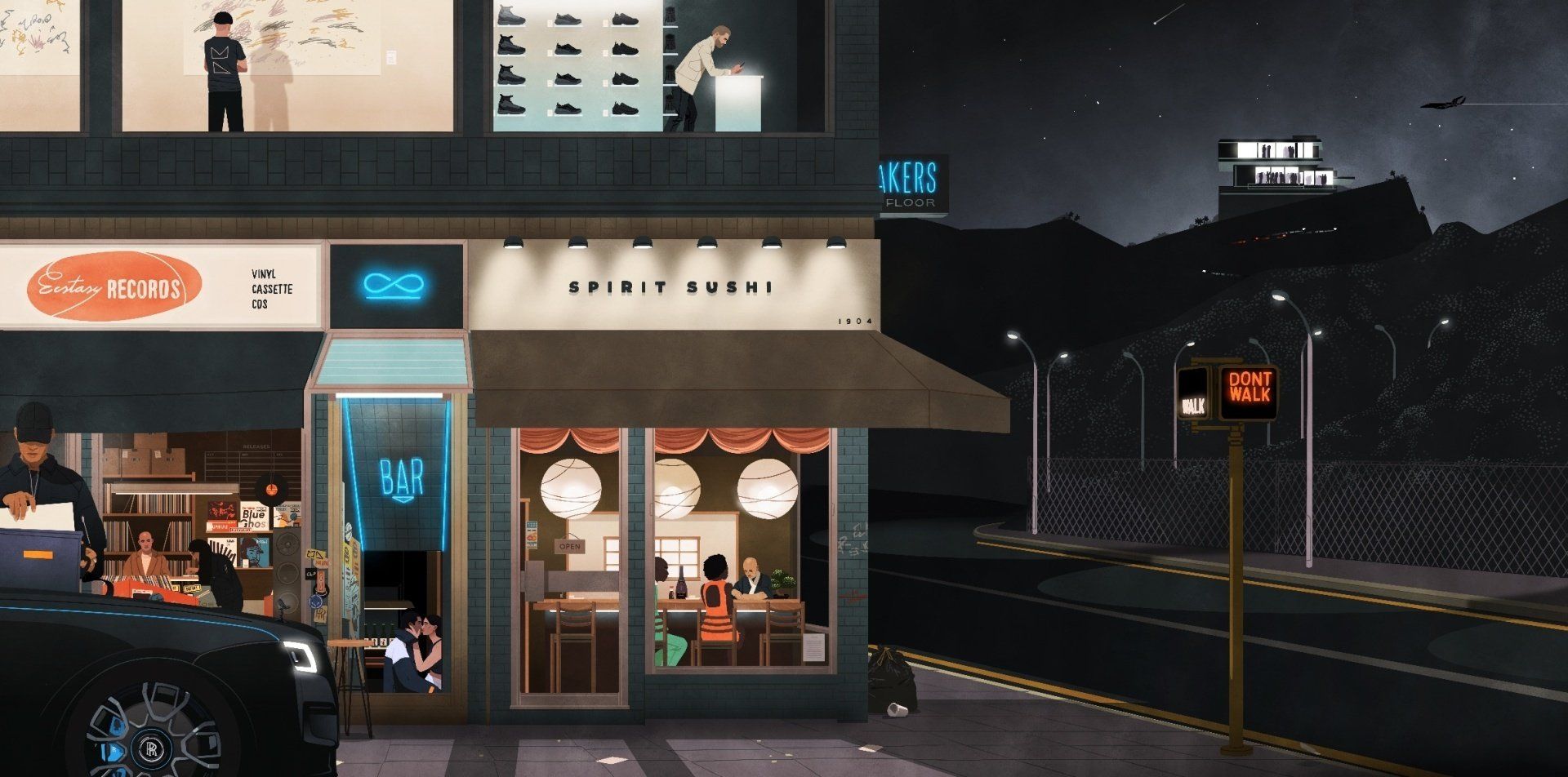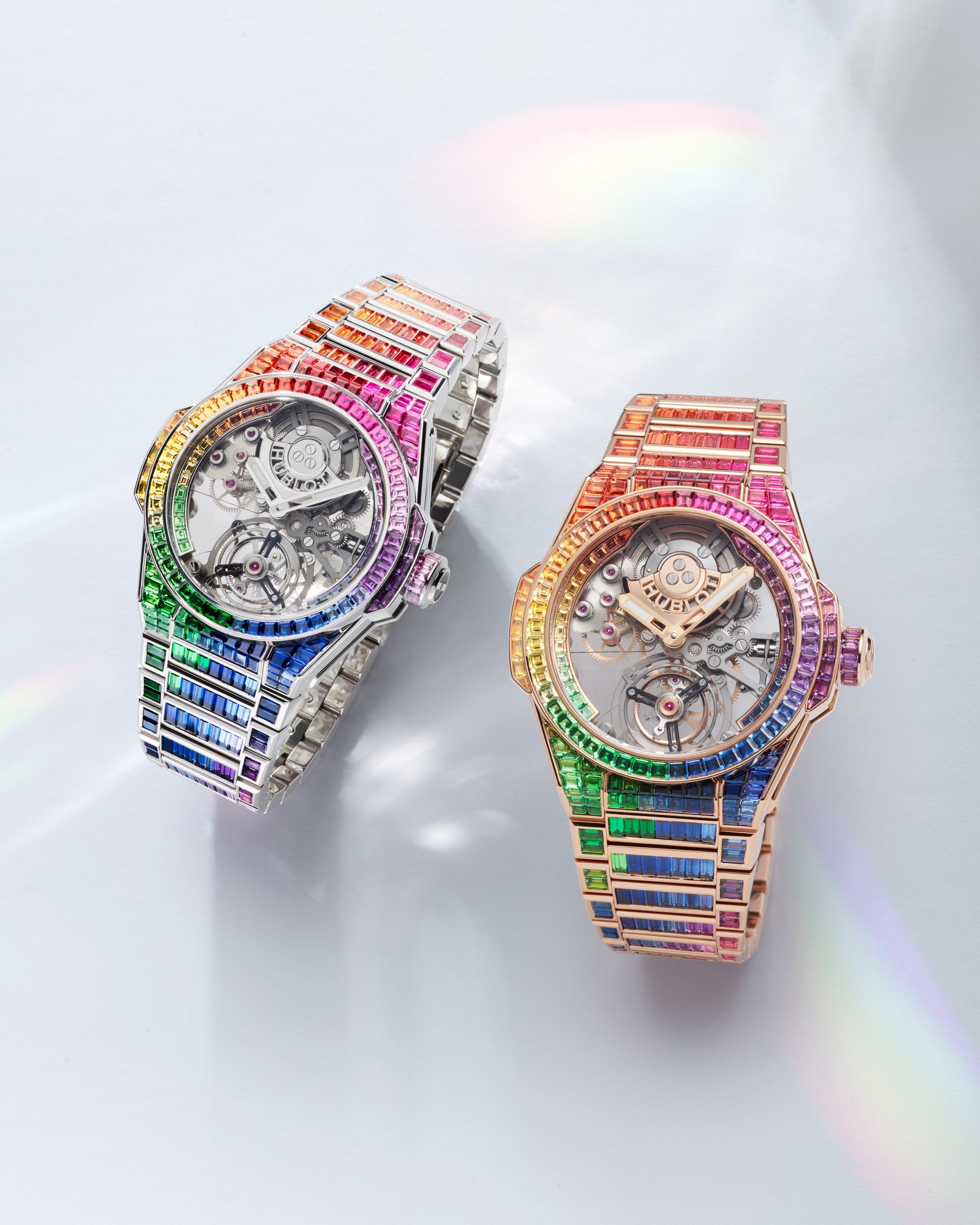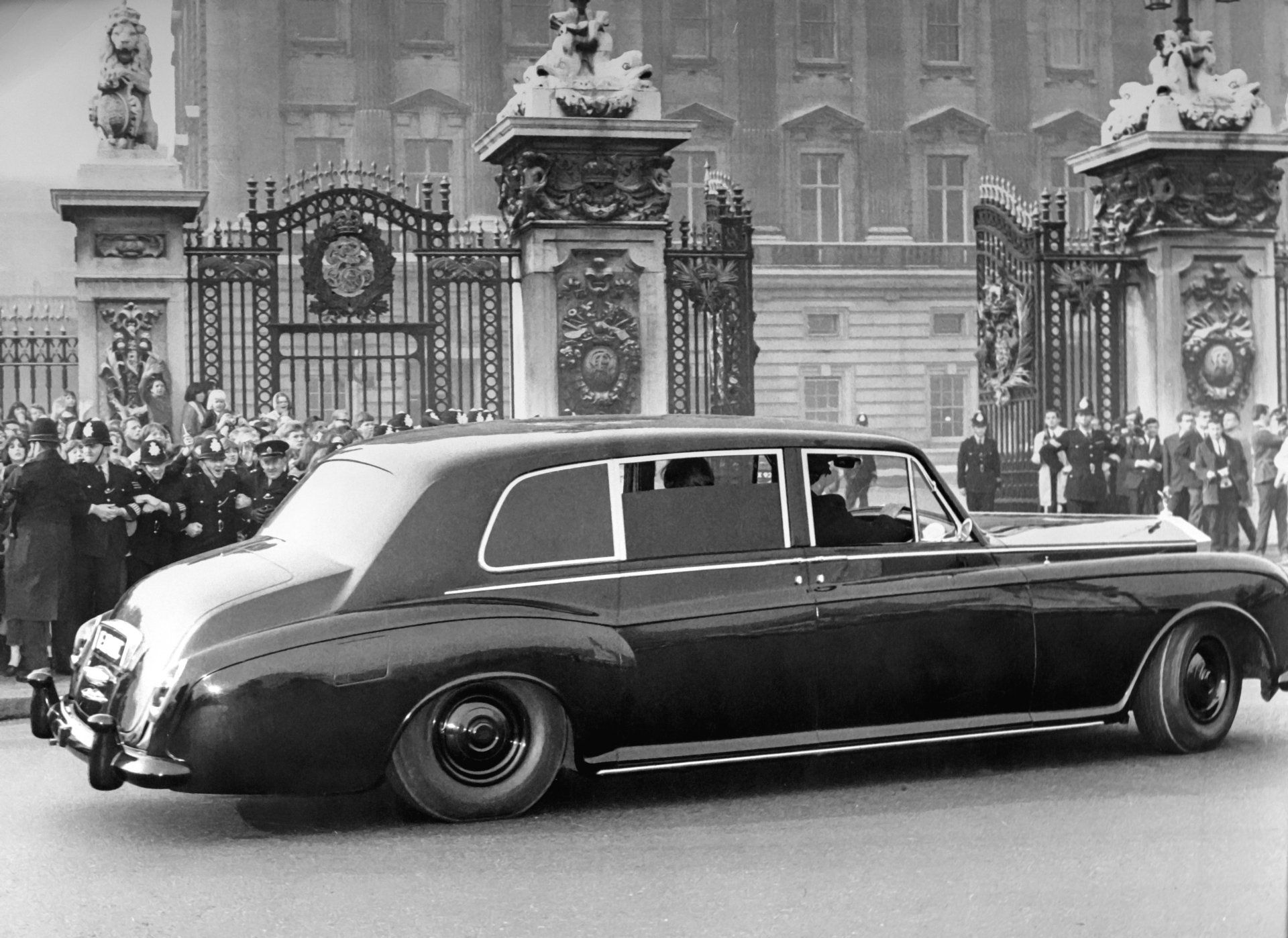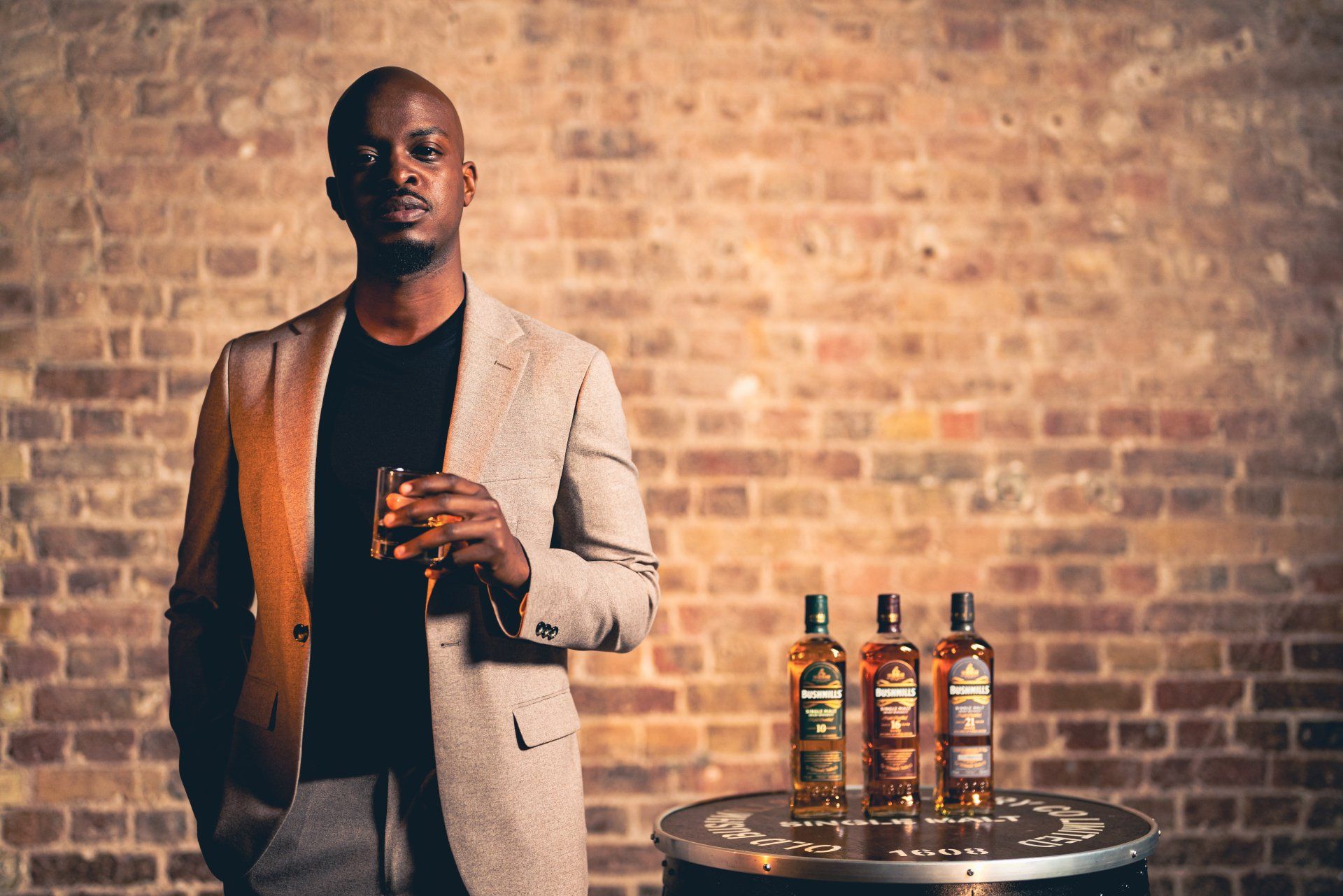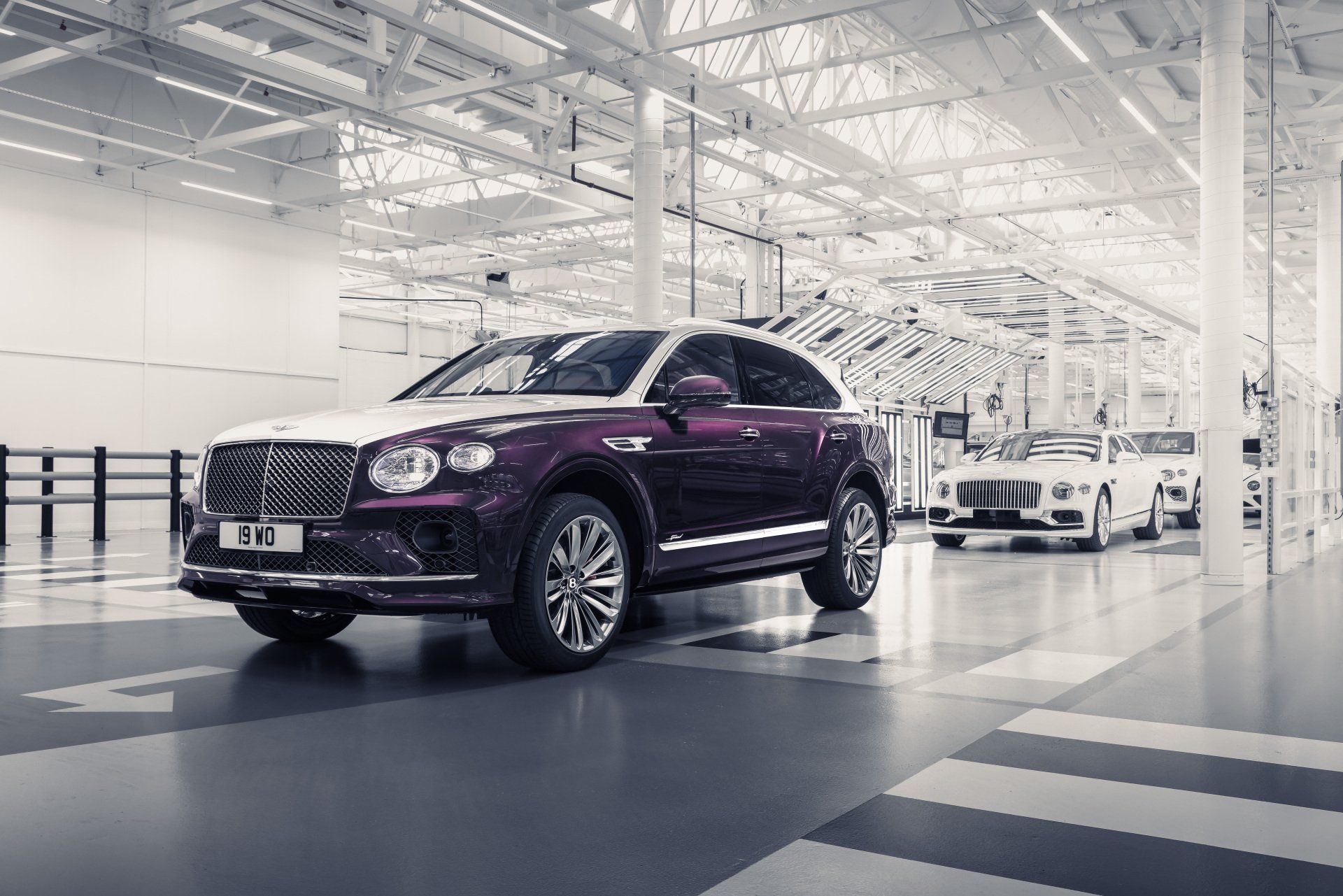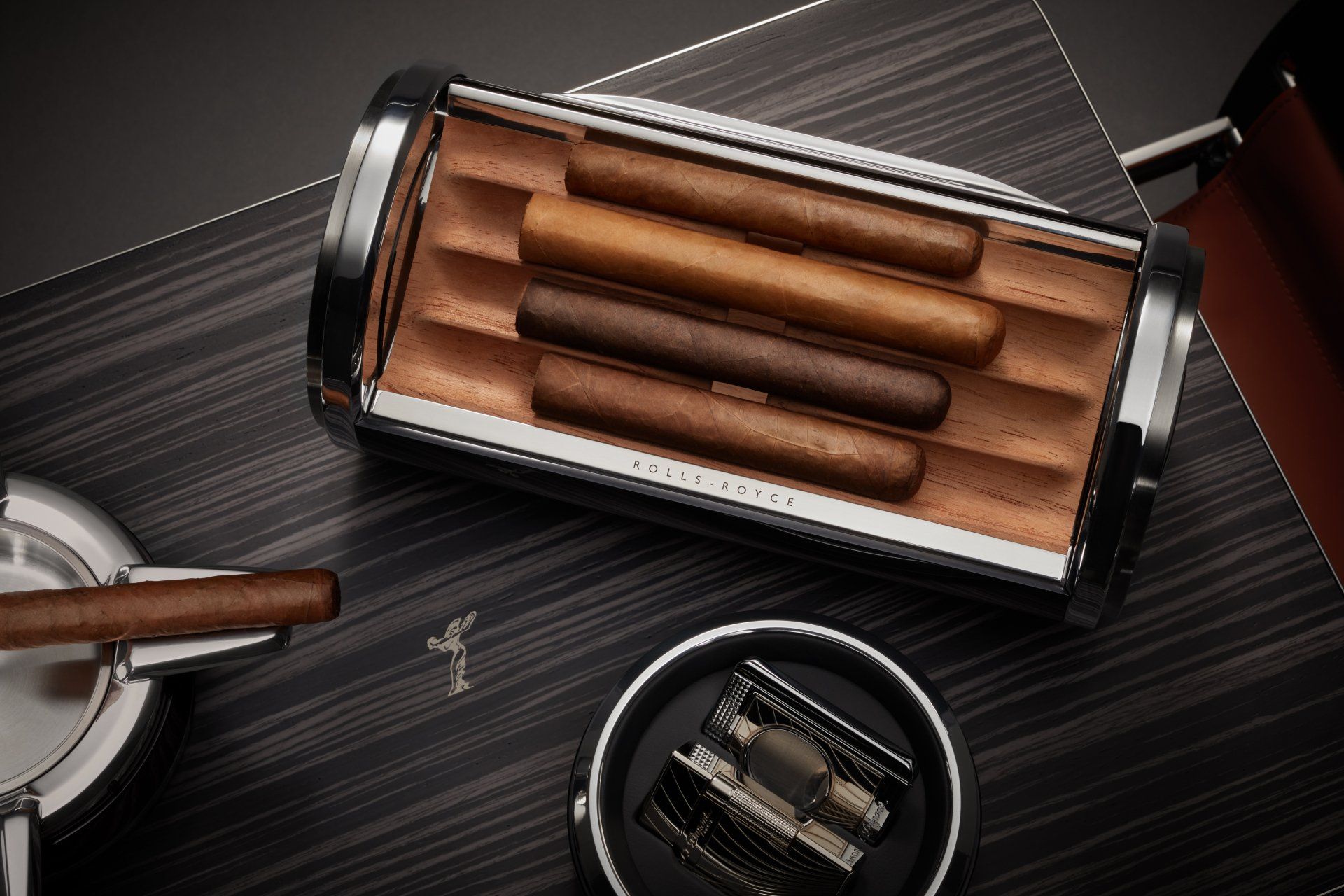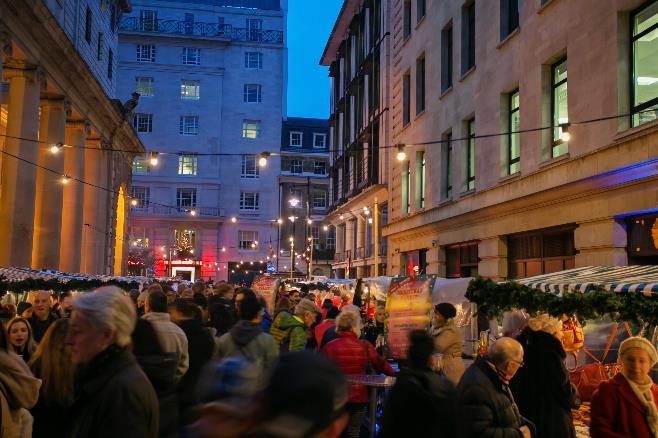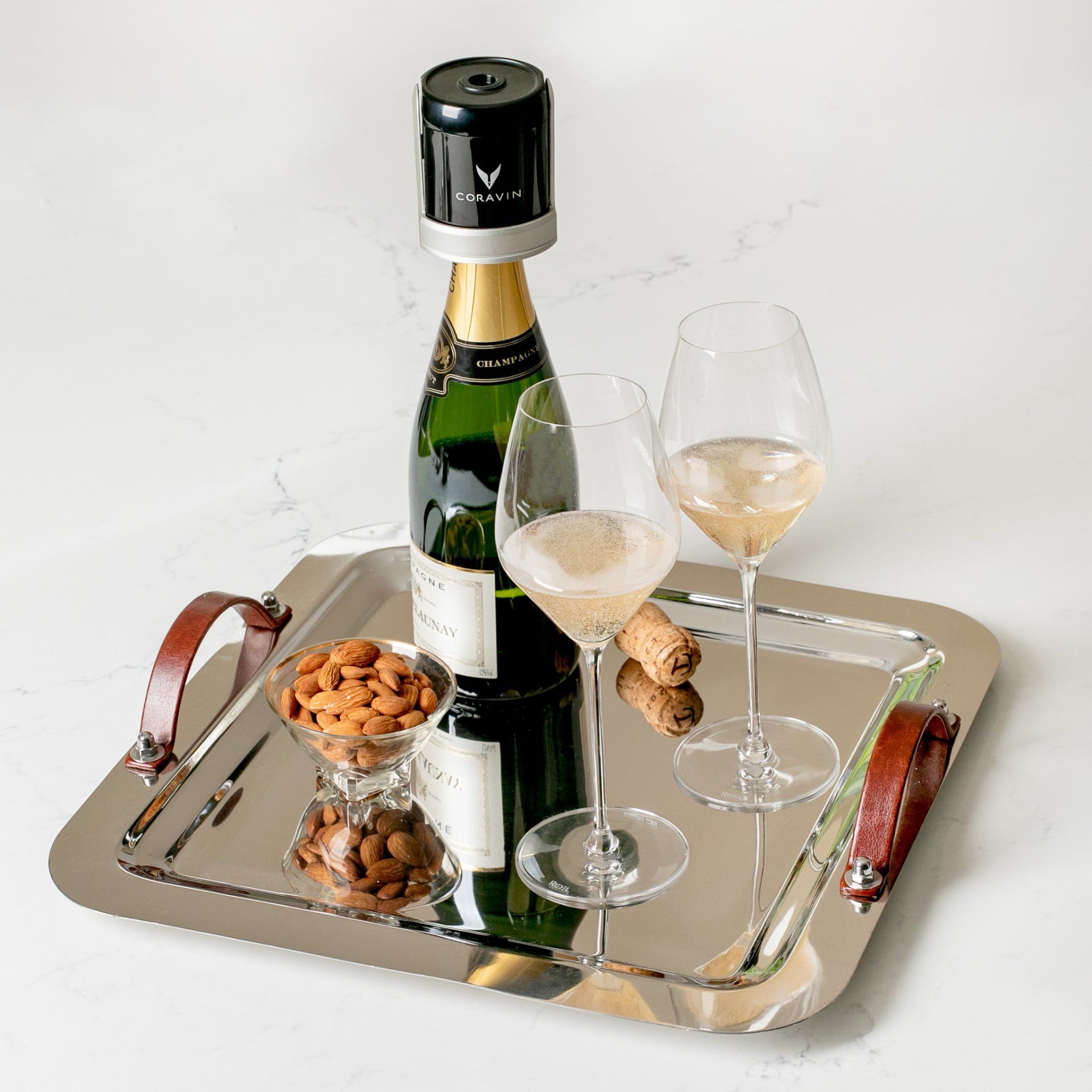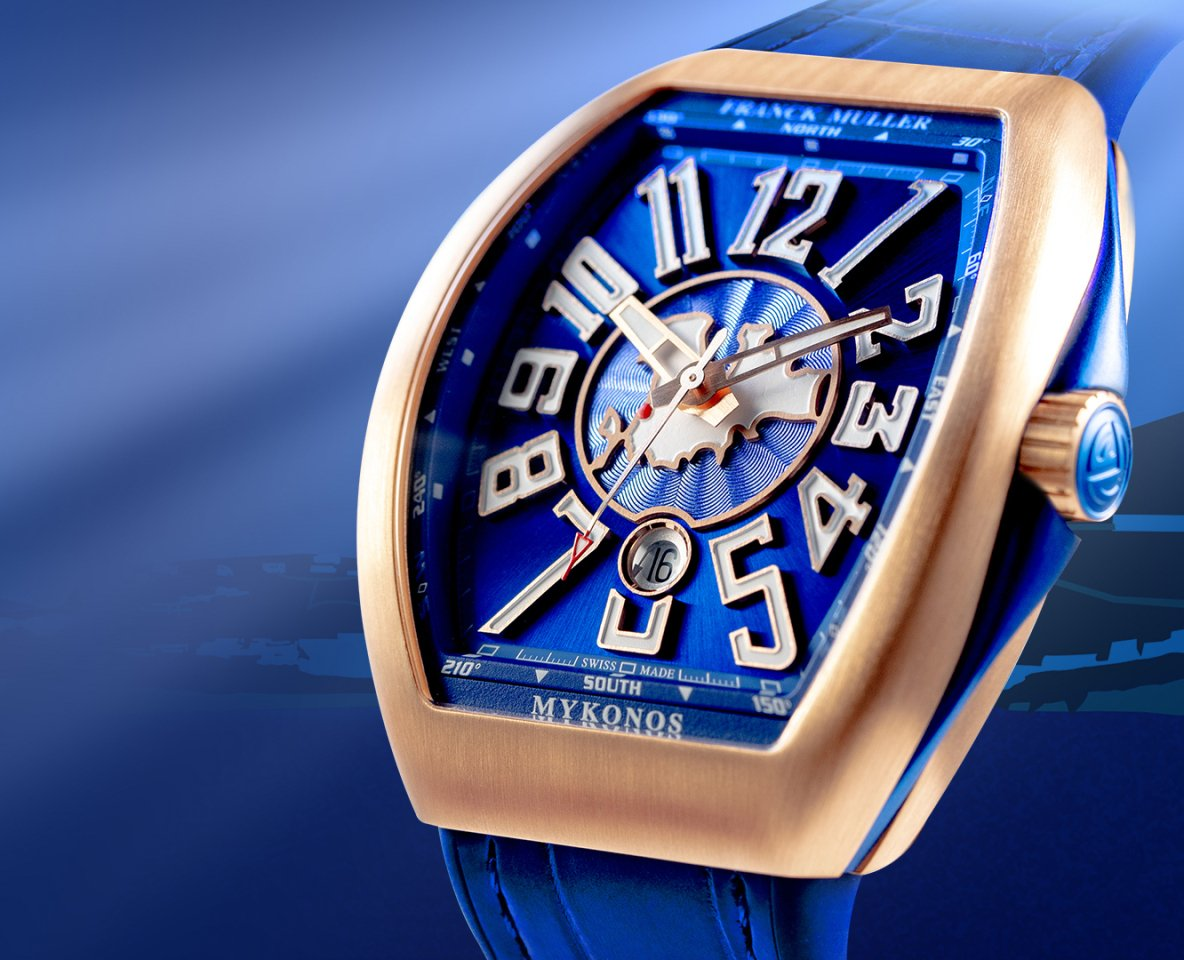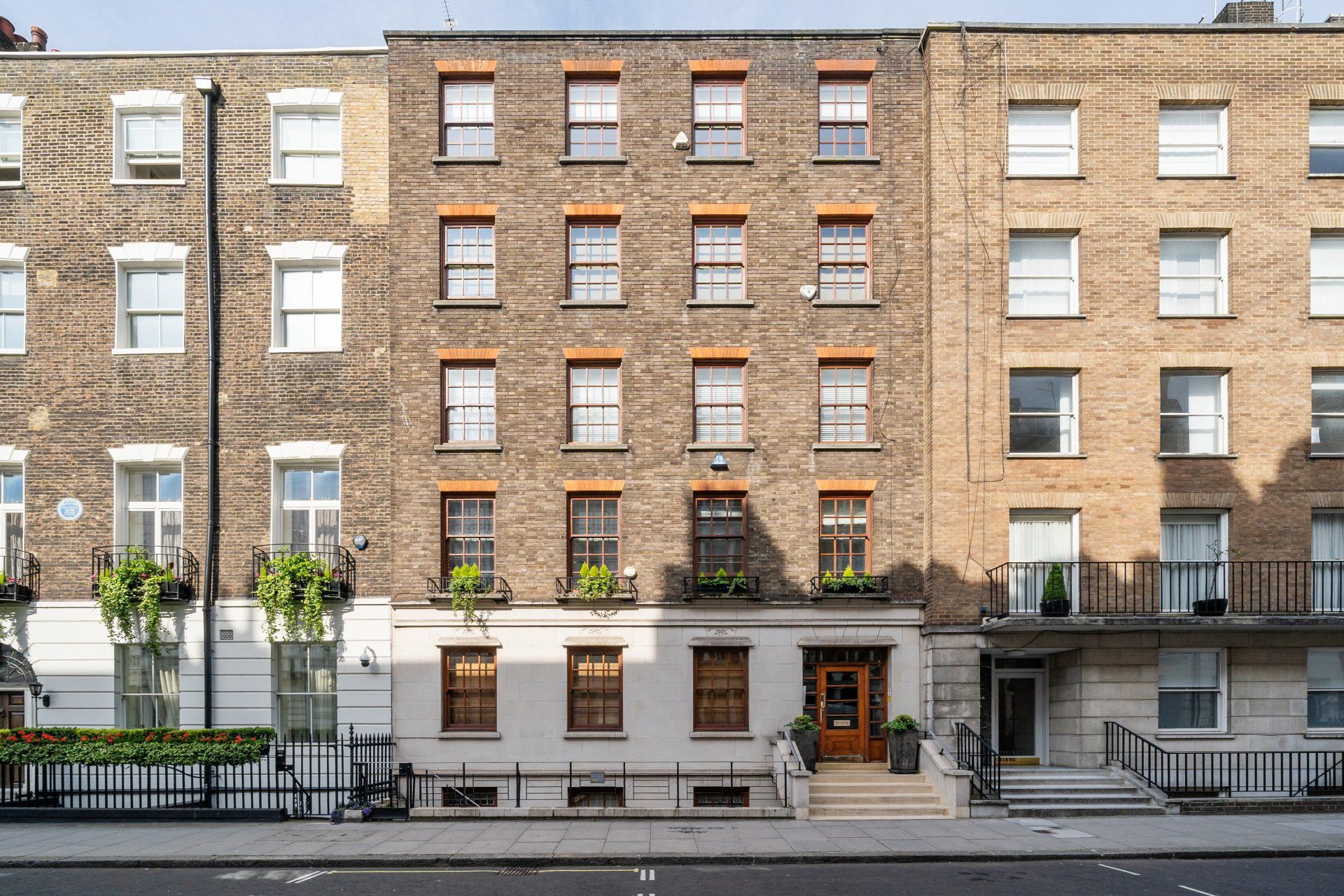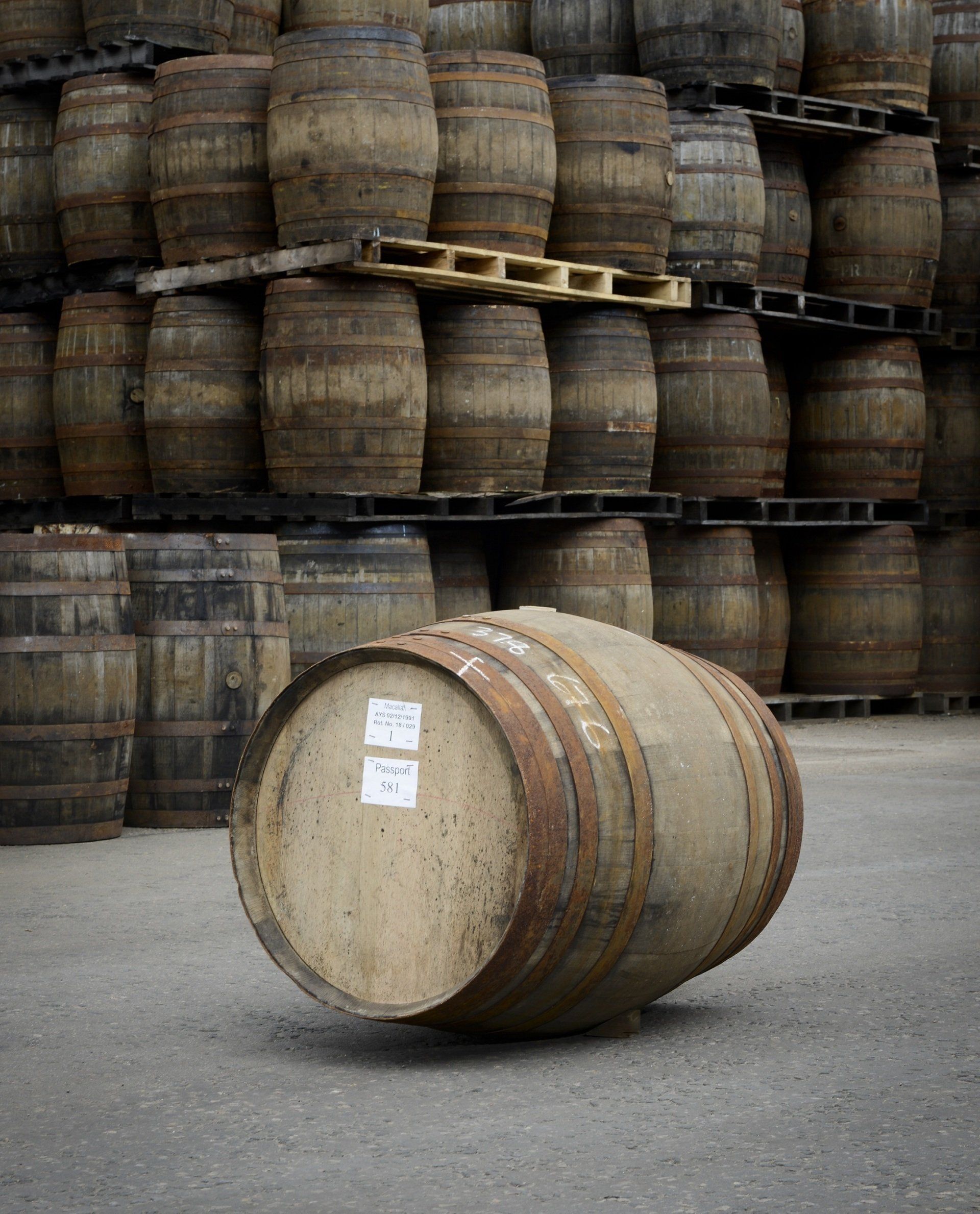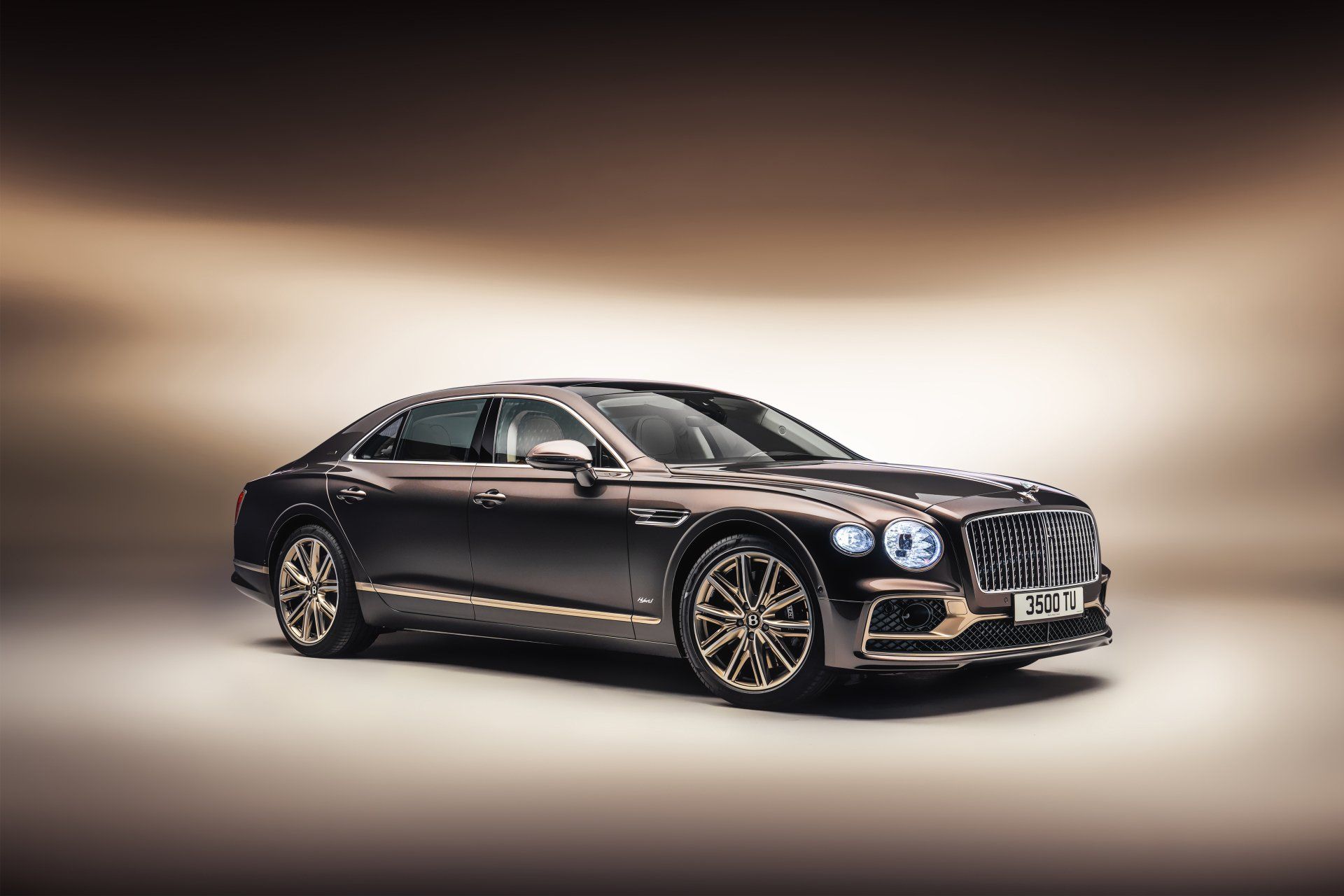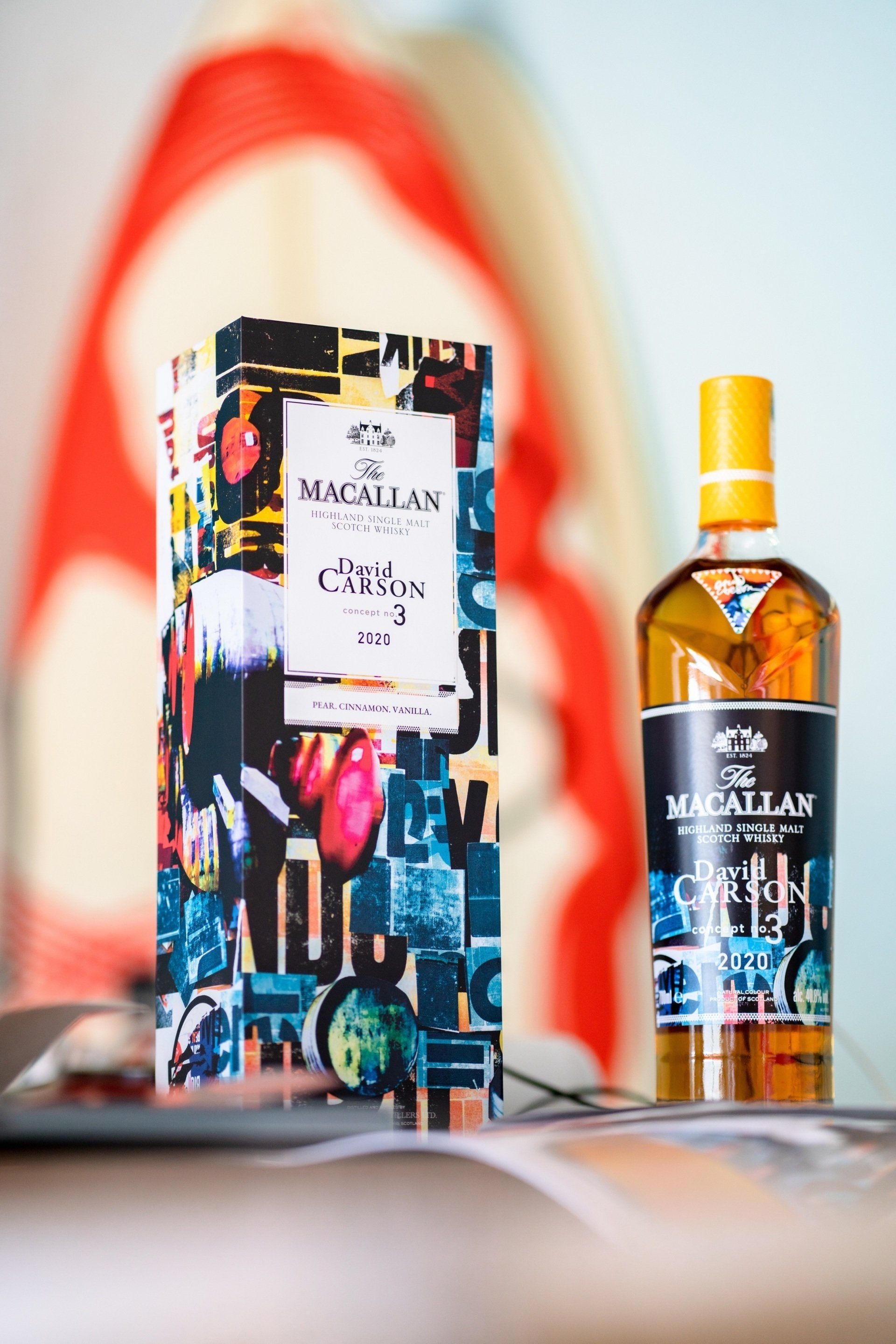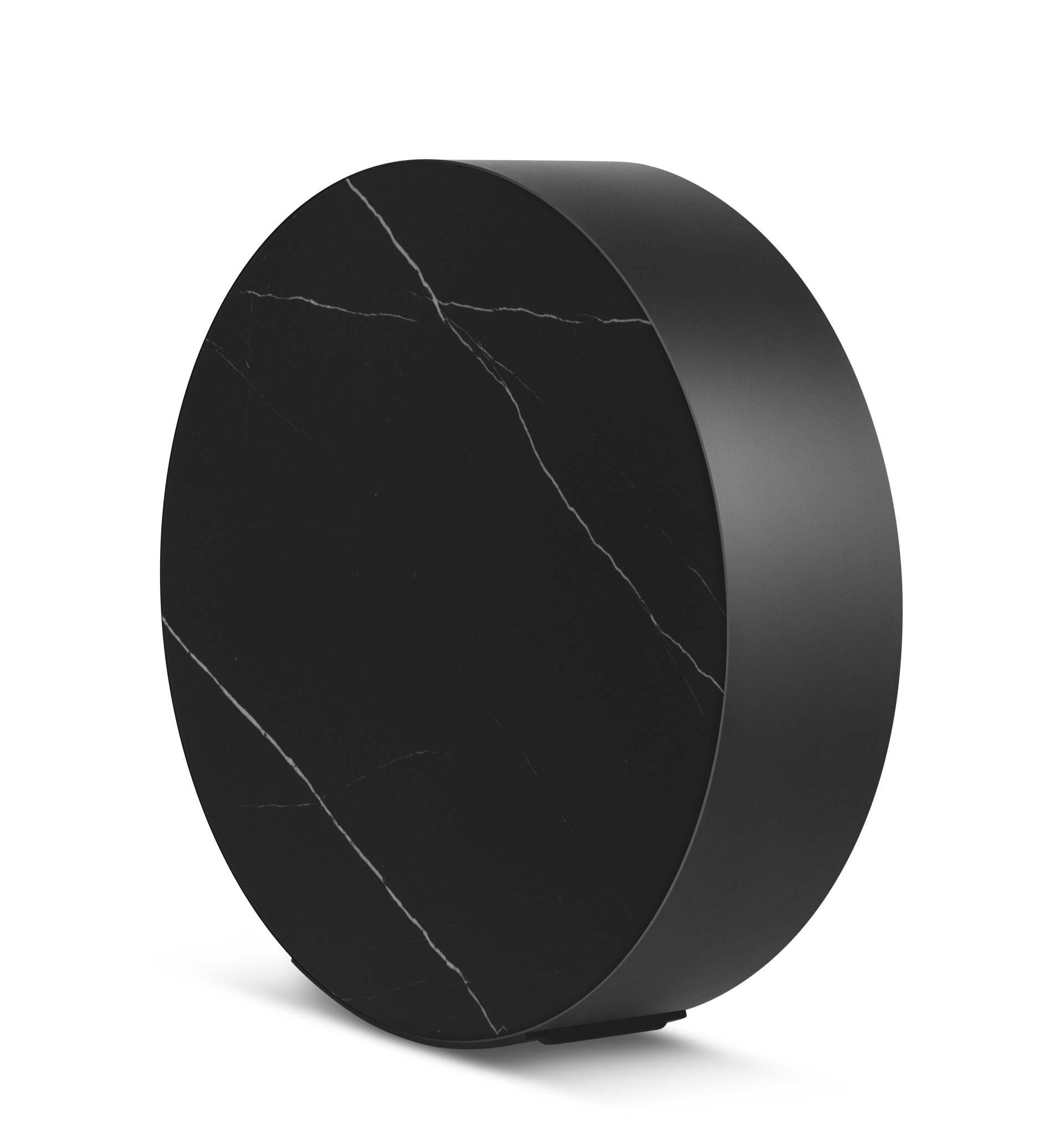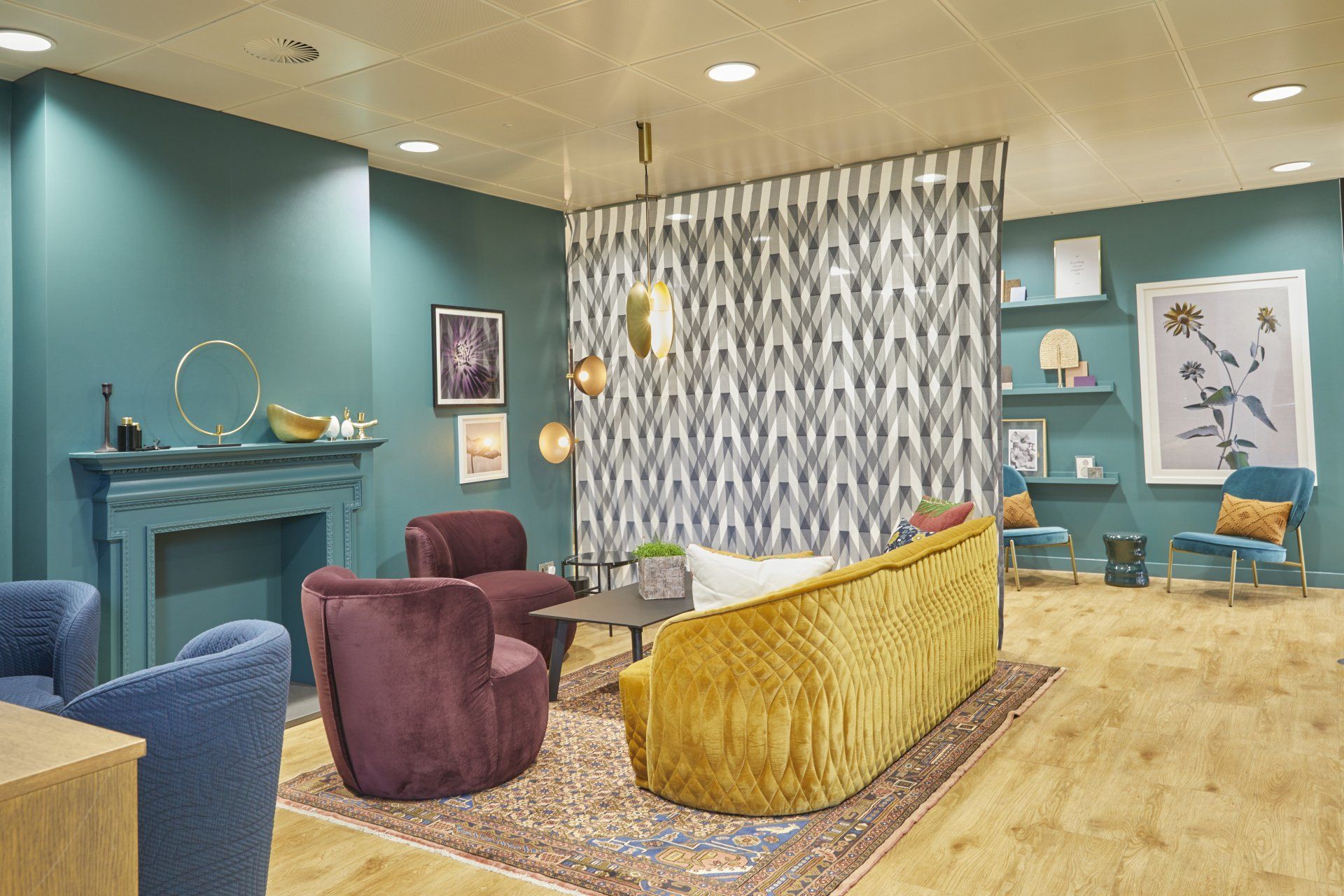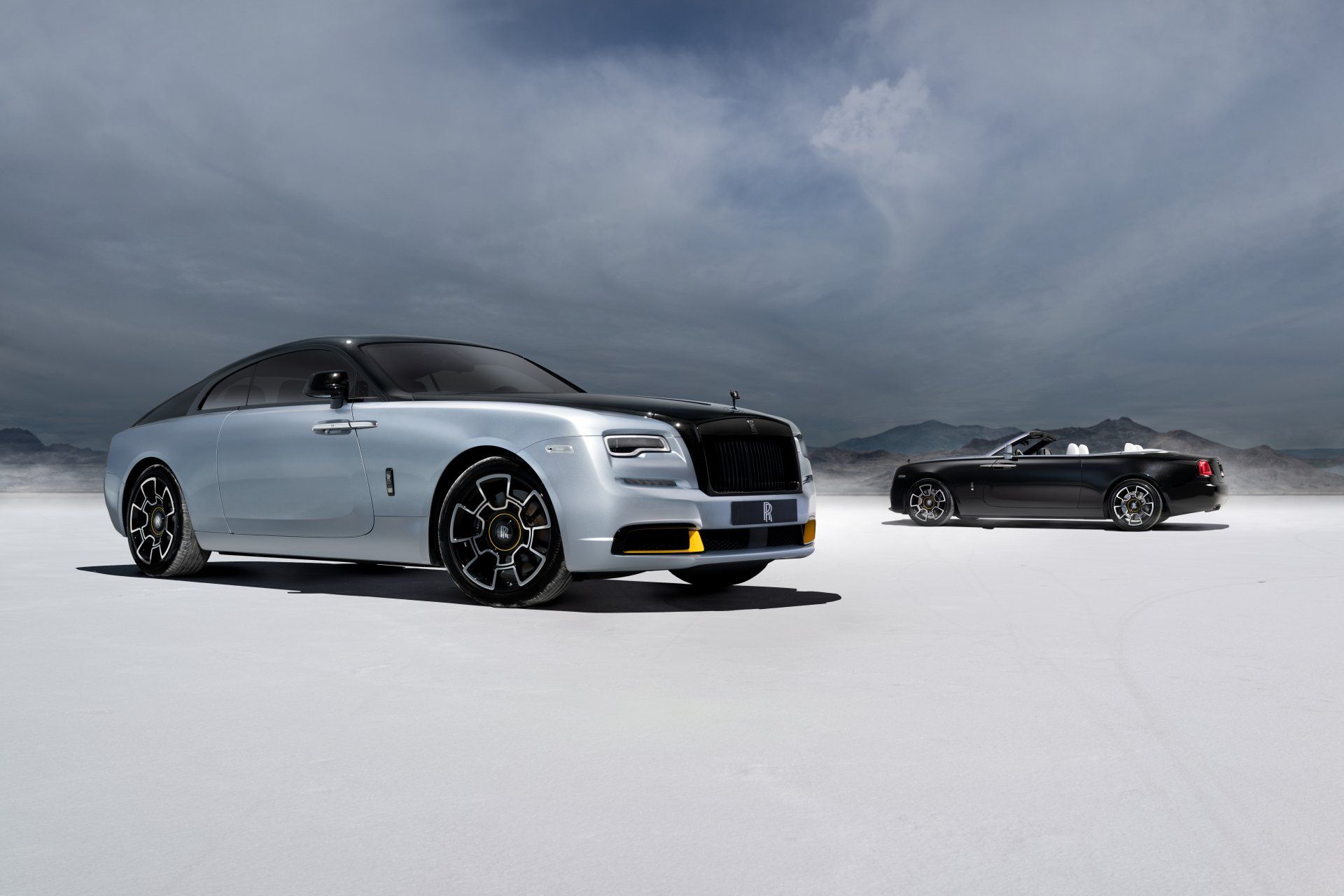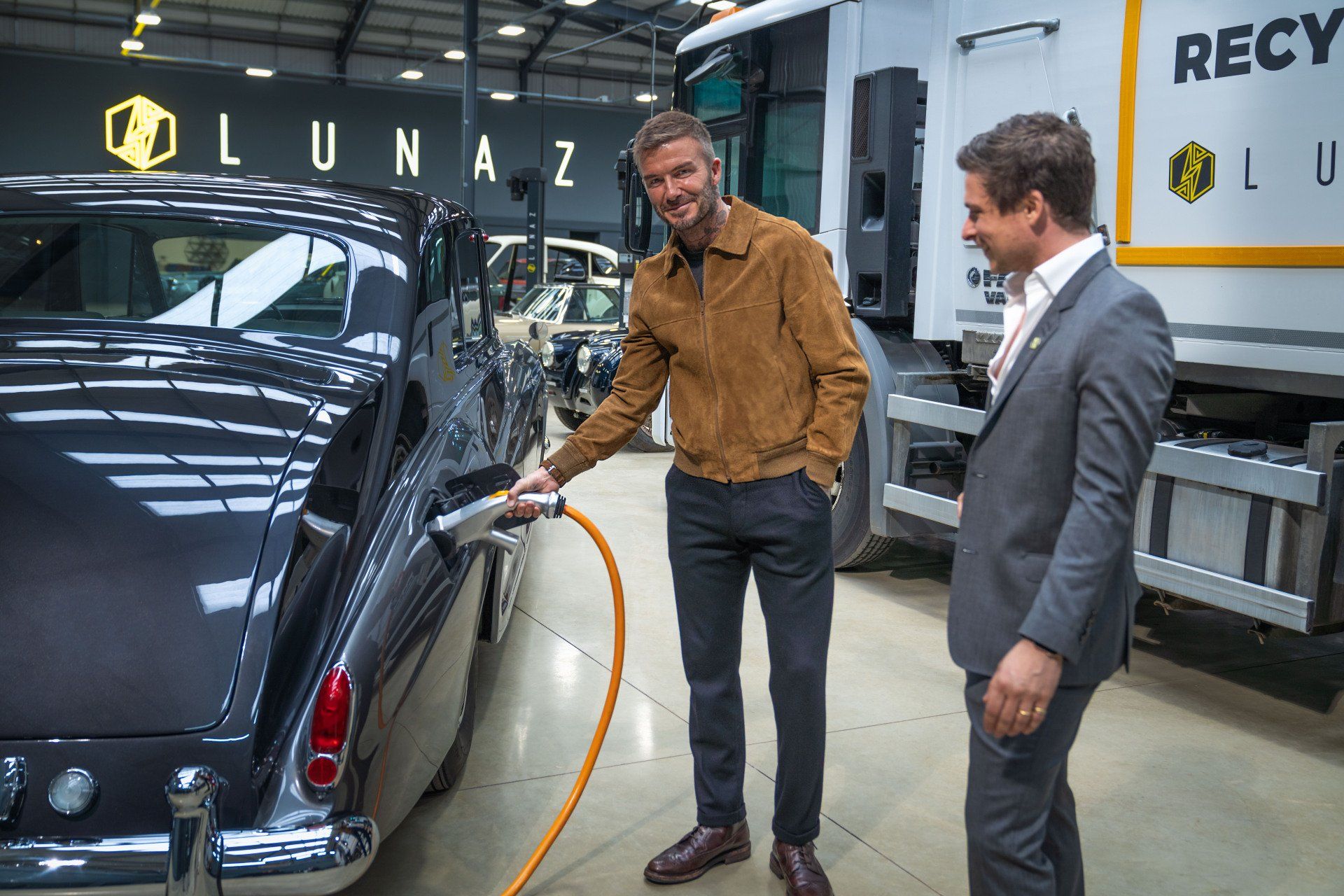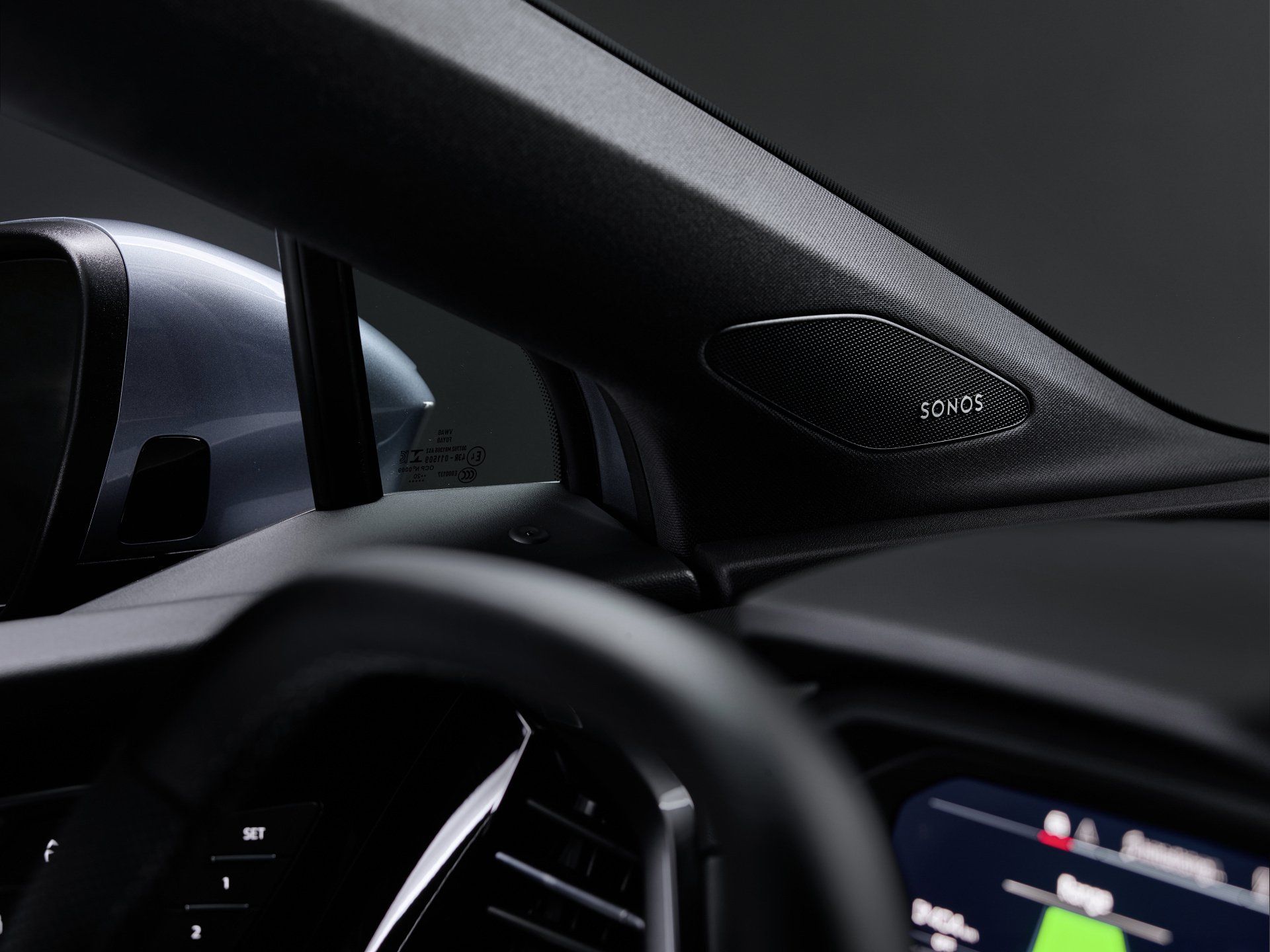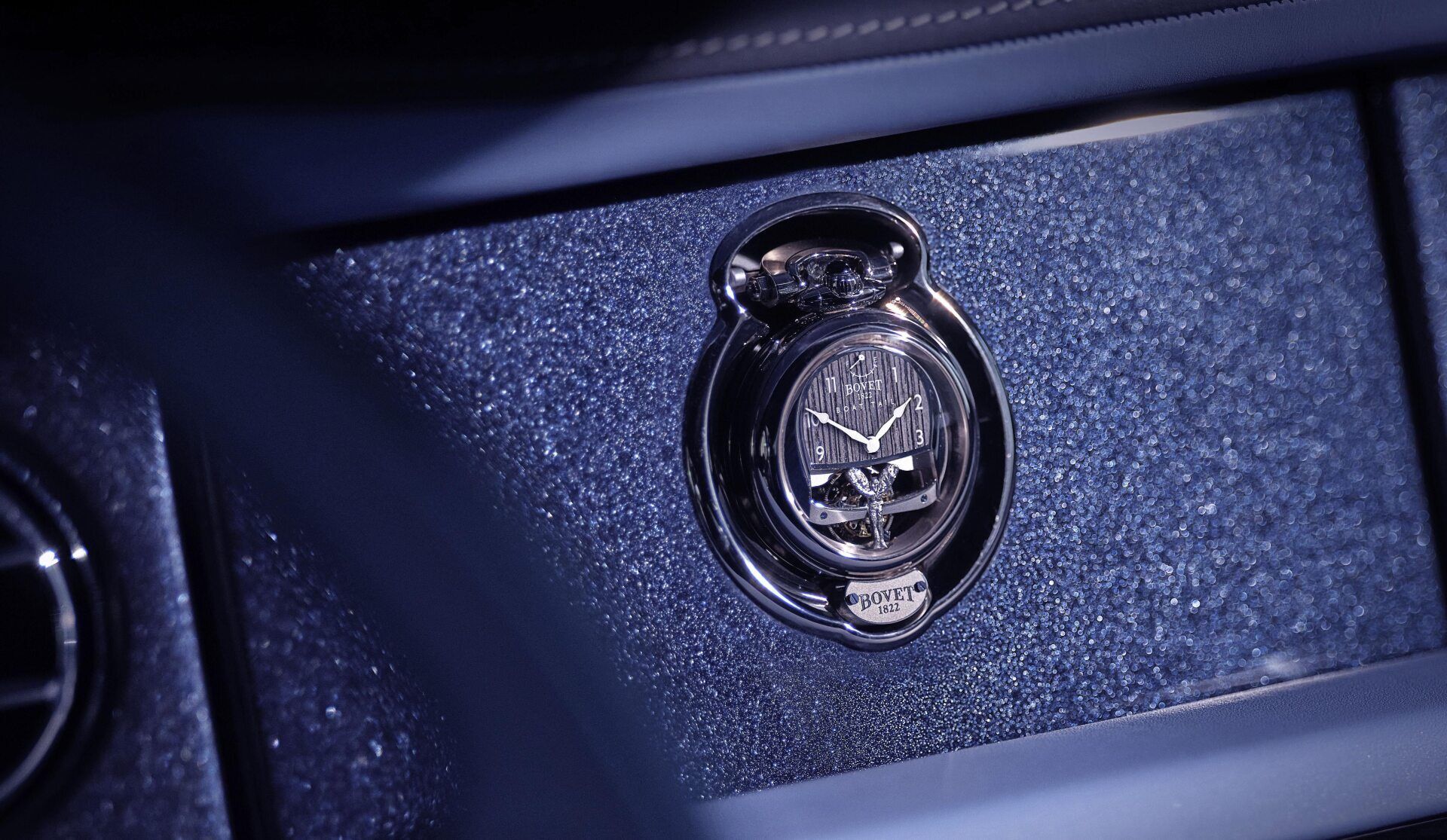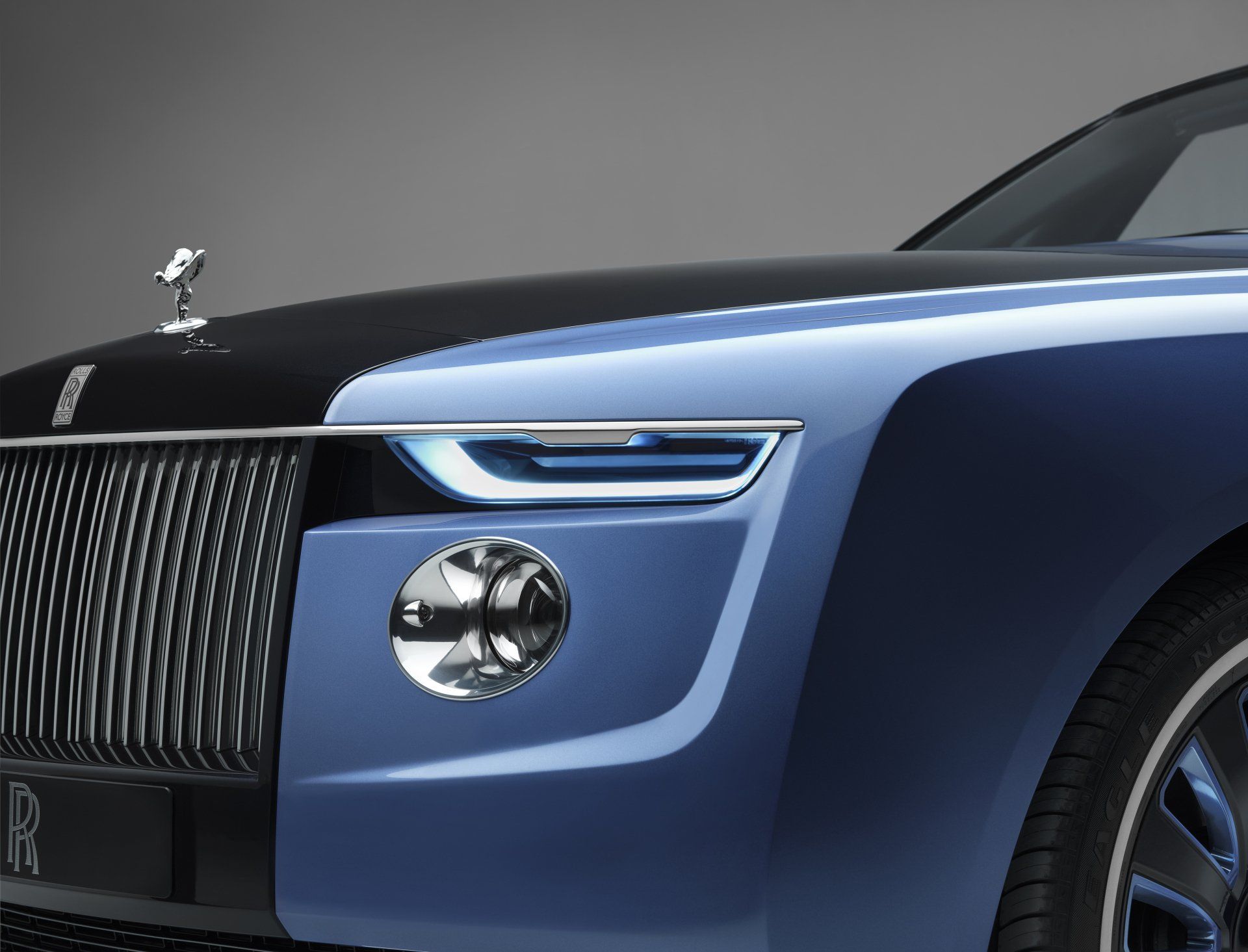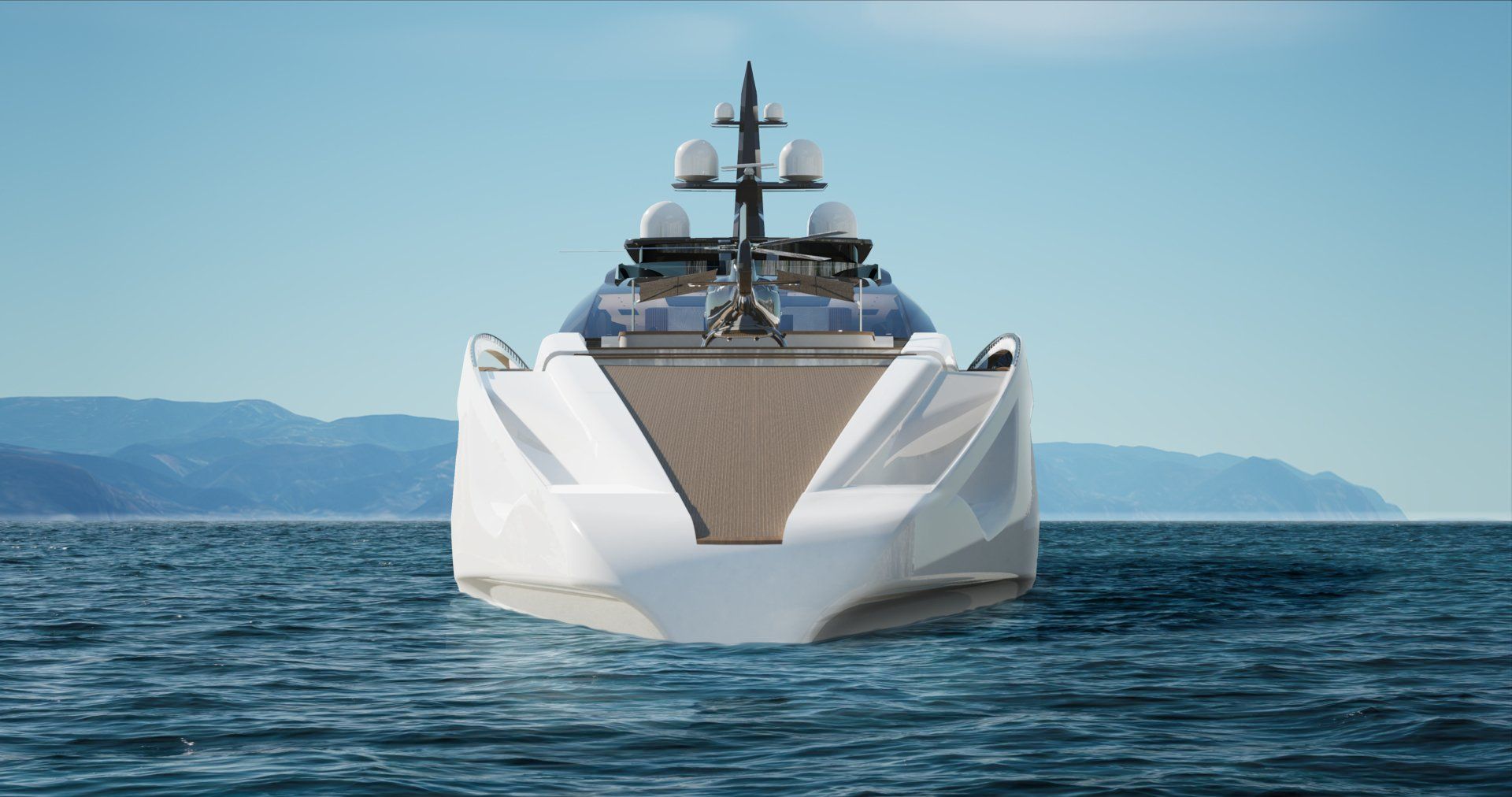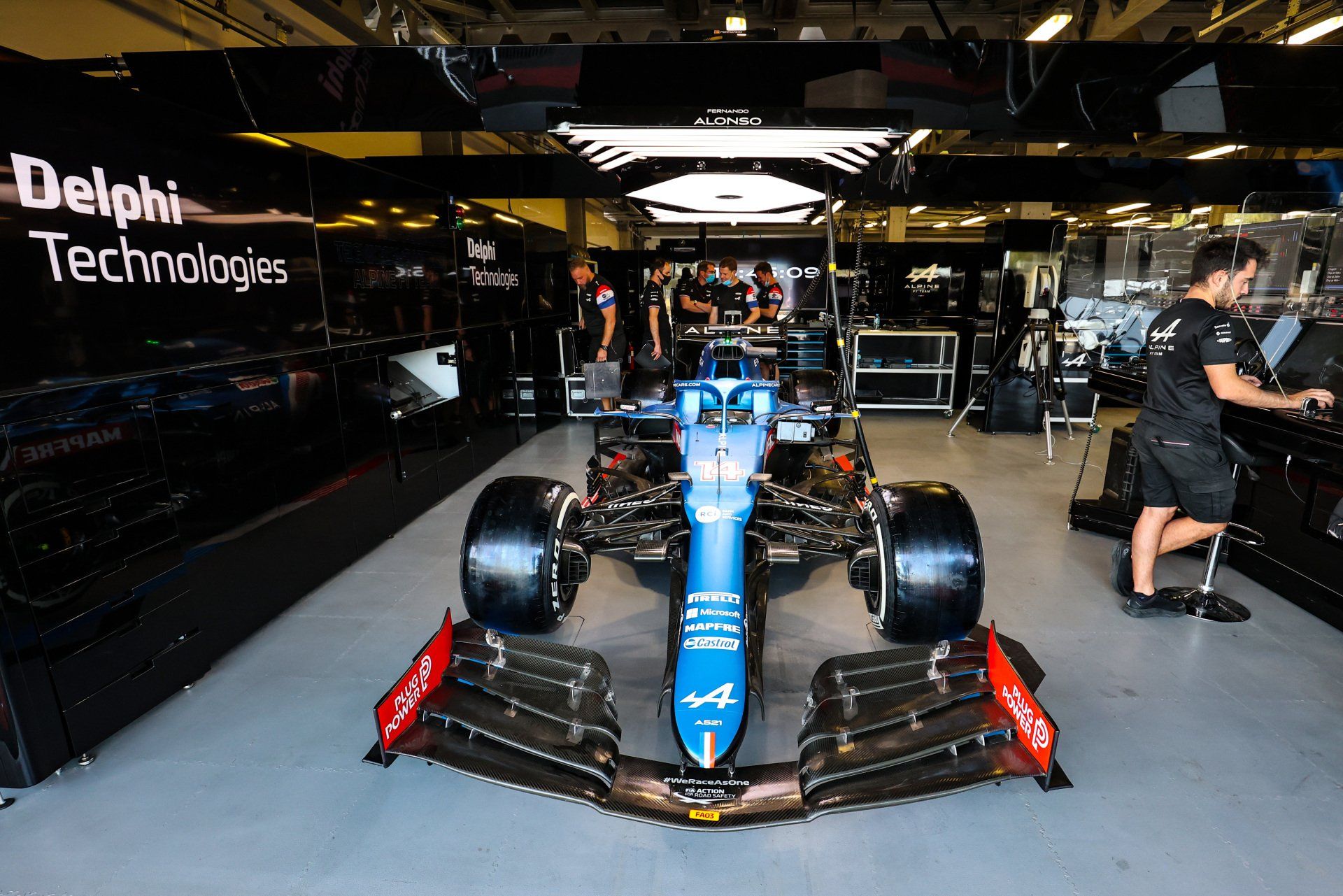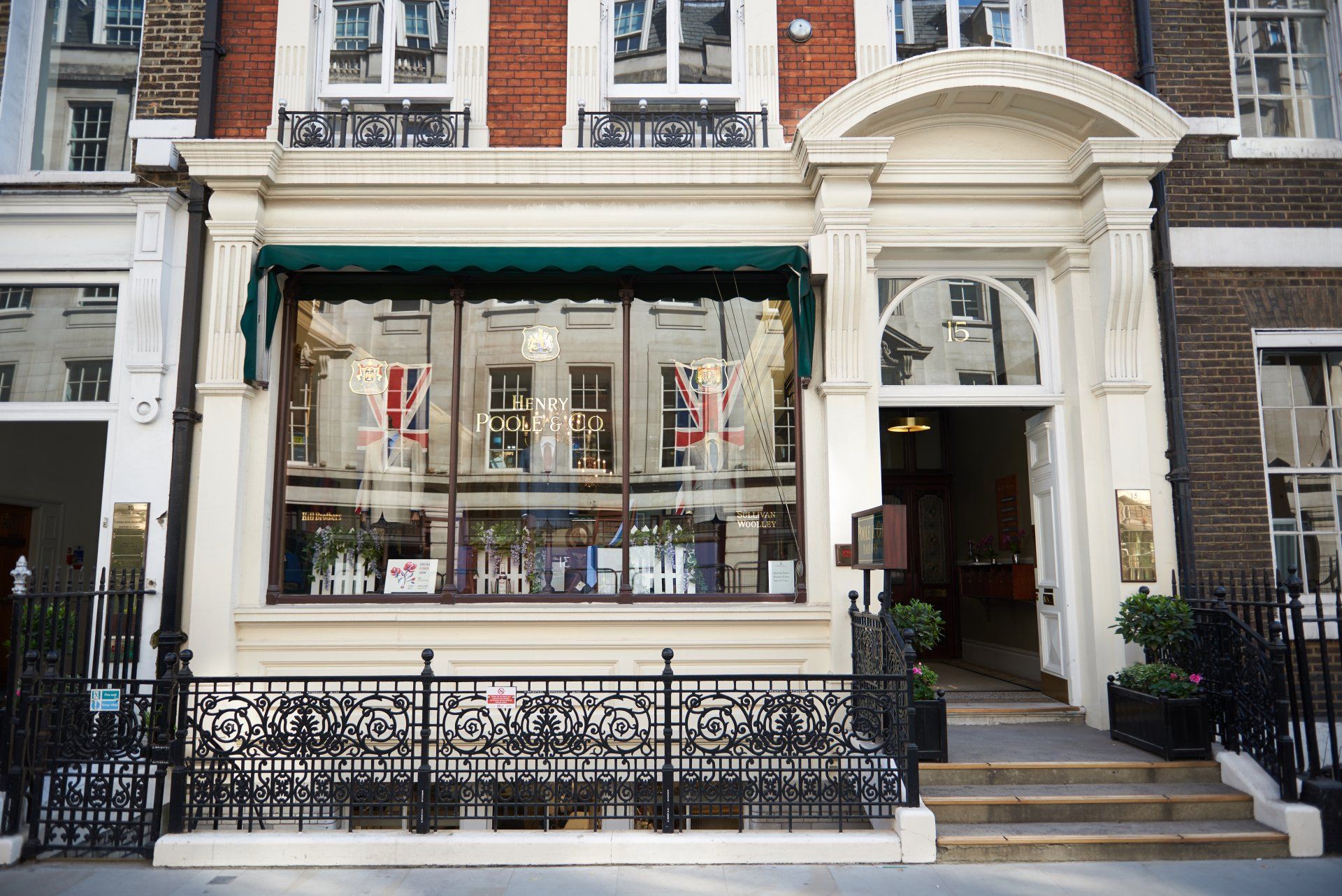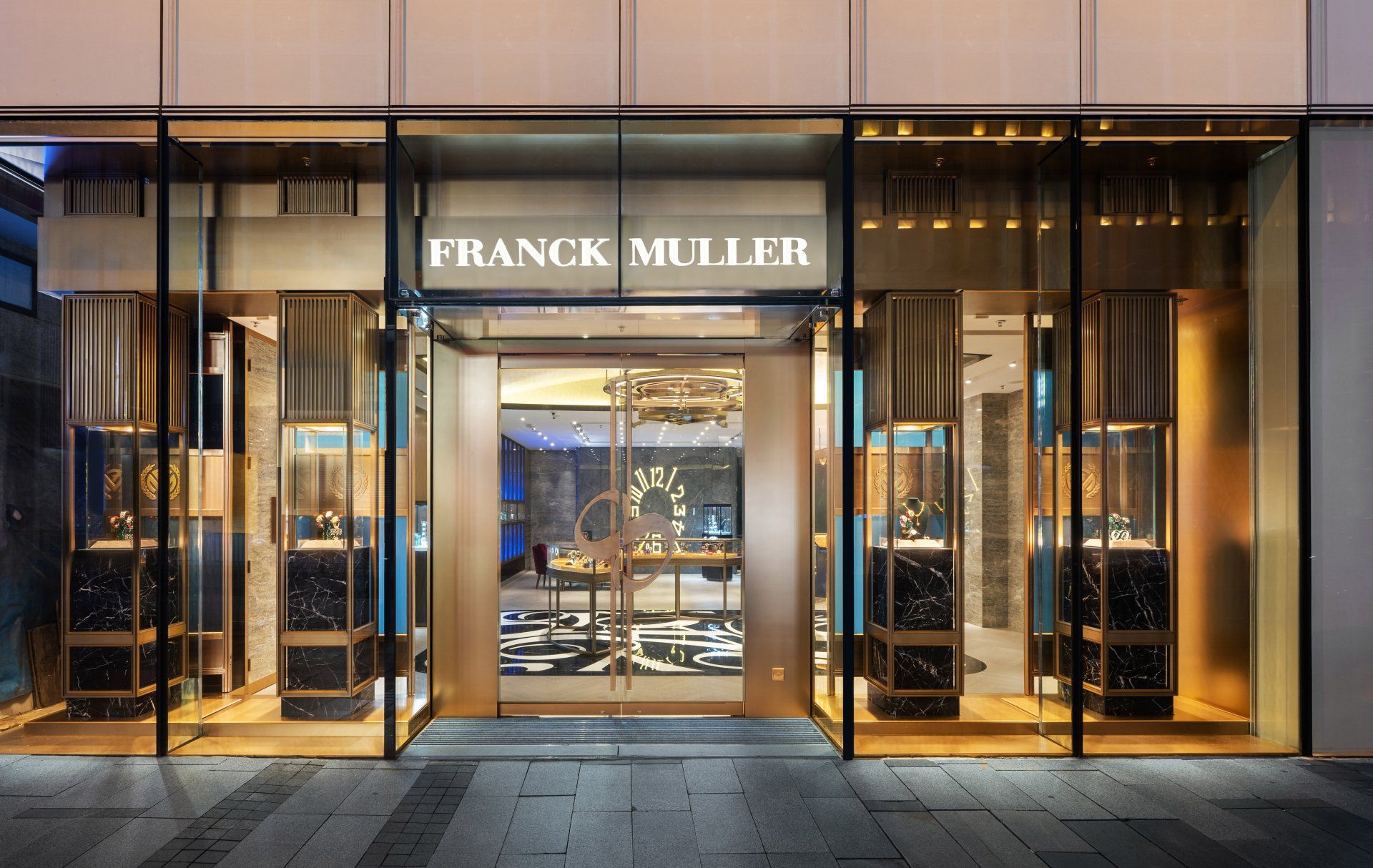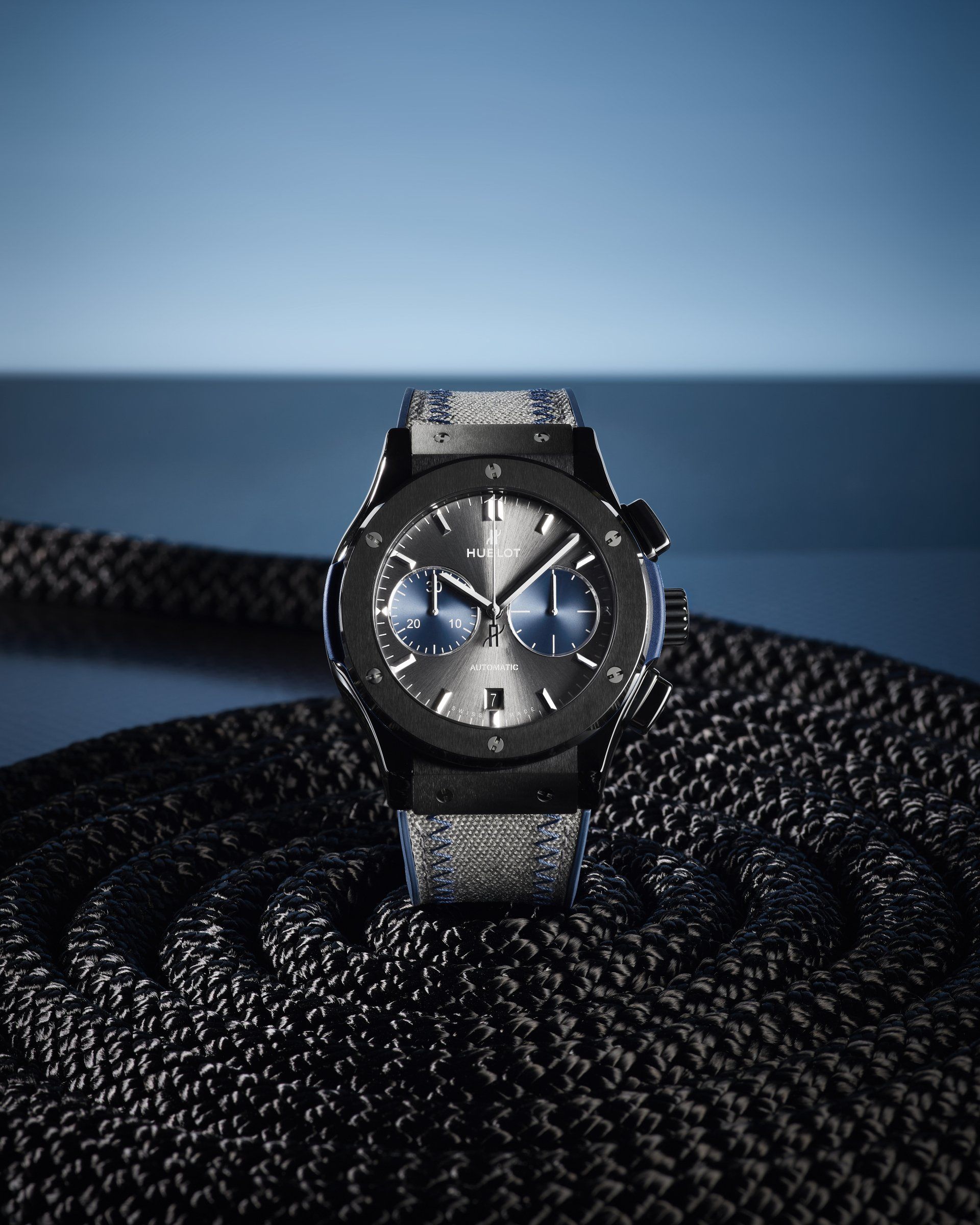Selfridges: A Luxurious Legacy of Retail Excellence
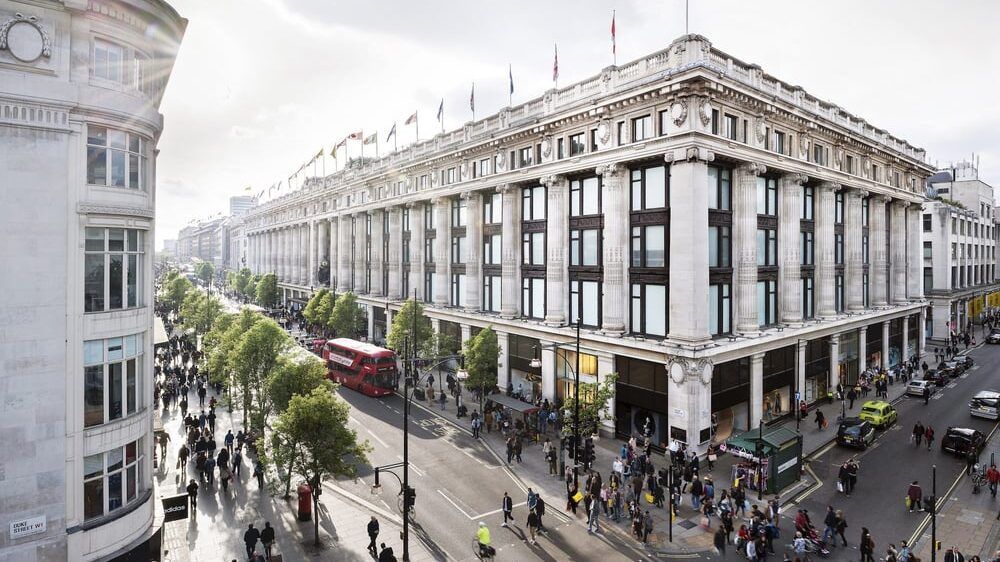
For over a century, Selfridges has been a symbol of luxury retail excellence. From its humble beginnings in 1909 to its current status as one of the most iconic department stores in the world, Selfridges has always been synonymous with sophistication, style, and innovation.
In this blog post, we’ll explore the fascinating history of Selfridges, from its founding by Harry Gordon Selfridge to its present-day status as a global destination for luxury shopping.
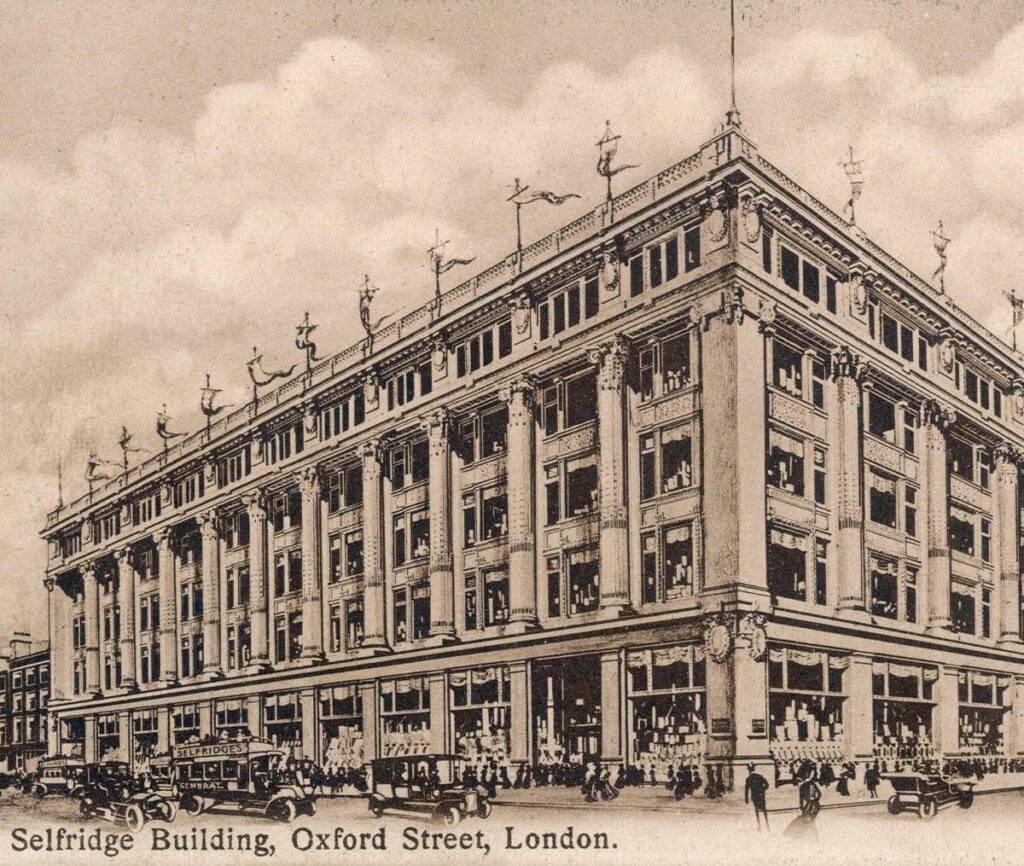
The Early Days
Harry Gordon Selfridge was an American entrepreneur with a passion for retail. After working for the famous Chicago department store Marshall Field & Company, Selfridge set his sights on London, where he dreamed of creating a new kind of shopping experience.
In 1909, Selfridge’s dream became a reality when he opened Selfridges on Oxford Street. The store was unlike anything London had ever seen, with its bright lights, spacious interiors, and wide selection of goods. Selfridge believed that shopping should be a pleasurable experience, and he designed Selfridges to reflect this philosophy. Selfridge was a master of marketing, and he used innovative techniques to attract shoppers, including elaborate window displays and celebrity appearances. One of his most famous marketing campaigns was the creation of the phrase “The customer is always right,” which he used to promote his commitment to excellent customer service.
From the beginning, Selfridges was a huge success. Customers flocked to the store to browse its extensive range of products, from high-end fashion to homewares and cosmetics. Selfridges quickly became a must-visit destination for London shoppers, and it established Selfridge as one of the most influential retailers of his time.
Selfridges in the 1920s
Throughout the 1920s, Selfridges continued to thrive. The store became known for its cutting-edge fashion, and it was one of the first retailers in London to introduce the new styles of the era, including flapper dresses and jazz-inspired clothing. Selfridge also had a keen eye for talent, and he hired some of the most famous designers of the time to work at Selfridges, including Elsa Schiaparelli and Norman Hartnell. Selfridges became a hub of fashion and creativity, and it was the place to be seen by London’s elite.
In 1927, Selfridges underwent a major renovation, which included the addition of a new rooftop restaurant and a cinema. The rooftop restaurant, known as the “Selfridge’s Roof Garden,” was a luxurious oasis in the heart of London, and it quickly became a favourite spot for the city’s socialites. The cinema, which was the largest in Europe at the time, featured state-of-the-art technology and luxurious seating, making it a popular destination for moviegoers.

Selfridges in the 1930s and 1940s
The 1930s and 1940s were a challenging time for Selfridges, as the store had to navigate the difficult economic and political climate of the era. Despite these challenges, Selfridges continued to innovate, introducing new products and services to keep customers engaged. One of the most significant innovations of this period was the introduction of the Beauty Hall, which offered a wide range of cosmetics and beauty products. The Beauty Hall became a huge success, and it helped to establish Selfridges as a leader in the beauty industry.
During World War II, Selfridges played an important role in the war effort. The store was used as a distribution centre for ration books, and it also provided jobs for women who had been left unemployed due to the war. Selfridges also played a role in boosting morale, hosting events and offering discounts to service members.
1950s and 1960s
In the 1950s and 1960s, Selfridges underwent another major renovation, which included the addition of a new wing dedicated to homewares and furniture. The store continued to innovate, introducing new brands and products to keep up with changing consumer tastes. During this period, Selfridges also became a symbol of London’s swinging sixties. The store was frequented by celebrities and musicians, and it was often used as a location for photo shoots and films. Selfridges’ iconic yellow shopping bags became a status symbol, and the store’s reputation for luxury and style continued to grow.
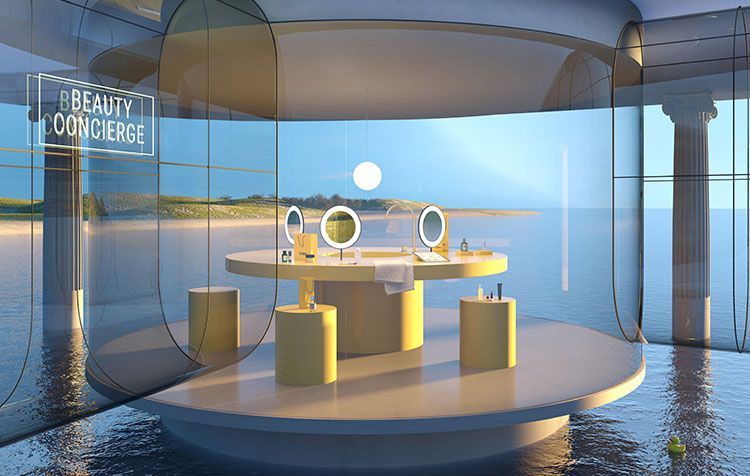
The Modern Era
In the decades that followed, Selfridges continued to evolve, expanding its range of products and services and embracing new technologies. In 1998, Selfridges was acquired by the Canadian retail company Galen Weston, who invested heavily in the store, refurbishing its interiors and introducing new designer brands. In recent years, Selfridges has continued to push the boundaries of luxury retail, launching innovative initiatives such as the “Project Earth” sustainability program and the “Buy Better” campaign, which encourages customers to make more conscious shopping choices.
Today, Selfridges is more than just a department store – it’s a cultural institution. The store hosts exhibitions, events, and pop-ups, and it has become a destination for tourists and locals alike. With its iconic yellow facade and its reputation for luxury and innovation, Selfridges continues to be a symbol of excellence in the world of retail.
Selfridges’ legacy is a testament to the power of innovation, creativity, and dedication to customer service. From its early days as a visionary department store to its present-day status as a global destination for luxury shopping, Selfridges has always been at the forefront of the industry, setting trends and raising standards. As we look to the future, it’s clear that Selfridges will continue to play a pivotal role in shaping the world of luxury retail. With its commitment to sustainability, diversity, and innovation, Selfridges is leading the way for a new generation of retailers, one that is focused on creating a more conscious and equitable world.
Whether you’re a fashion lover, a beauty buff, or simply someone who appreciates the finer things in life, Selfridges is a store that has something for everyone. With its rich history, iconic status, and unwavering commitment to excellence, Selfridges is a true testament to the enduring power of luxury retail.
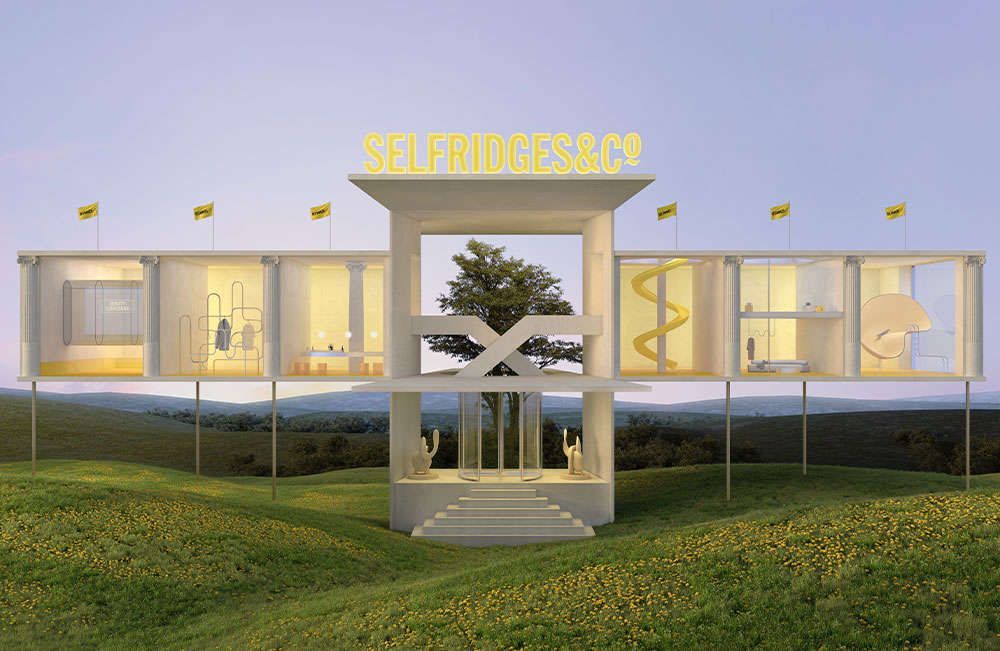
Read More:
-
Exploring the Allure of Luxury London Real Estate
ButtonBy The Gentleman Magazine
-
Best Nespresso machine
ButtonBy The Gentleman Magazine
-
Why Leica is the Ultimate Luxury Camera Investment
ButtonBy The Gentleman Magazine
-
Exploring the Opulence of Chelsea: A Luxurious Haven in London
ButtonBy The Gentleman Magazine
-
Best moisturiser for men
ButtonBy The Gentleman Magazine
-
The Asprey Bugatti Egg Collection: Luxury at its finest
ButtonBy The Gentleman Magazine
-
Mayfair: A Luxury Haven in London’s Heart
ButtonBy The Gentleman Magazine
-
The Pearl-Qatar: A Luxurious Haven of Elegance and Opulence
ButtonBy The Gentleman Magazine
-
Buckingham Palace: A Glimpse into Royal Luxury and Elegance
ButtonBy The Gentleman Magazine
-
Burj Al Arab: A Shimmering Icon of Luxury and Opulence
ButtonBy The Gentleman Magazine
-
Guide to The Best Coffee Pod Machine
ButtonBy The Gentleman Magazine
-
MASERATI MC20 NOTTE: A FIERCE CREATURE OF THE NOCTURNAL WORLD
ButtonBy The Gentleman Magazine
-
Interview with Maximilian Riedel
ButtonBy The Gentleman Magazine
-
ANNABEL’S UNVEILS 2023 HOLIDAY FACADE
ButtonBy Annabel's
-
Stunning London Townhouse Refurbished To 21st Century Living in Buckingham Gate, SW1 goes on sale for £45,000,000
ButtonBu The Gentleman Magazine
-
ROLLS-ROYCE LA ROSE NOIRE
ButtonBy The Gentleman Magazine
-
LADNOCH DISTILLERY UNVEILS THE SAMHLA COLLECTION
ButtonBy The Gentleman Magazine
-
Al Marjan Island to feature Marriott International’s W Al Marjan Island
ButtonBy The Gentleman Magazine
-
Interview with Yannis Stanisiere, Chief Operating Officer of COYA
ButtonBy The Gentleman Magazine
-
BENTAYGA EXTENDED WHEELBASE MULLINER BENTLEY’S NEW FLAGSHIP
ButtonBy The Gentleman Magazine
-
Amazing Knightsbridge 3-bed Apartment for £10,950,000
ButtonBy The Gentleman Magazine
-
THIS IS IT makes her global debut
ButtonBy The Gentleman Magazine
-
LOTUS UNVEILS EMEYA ITS FIRST HYPER-GT
ButtonBy The Gentleman Magazine
-
Fortnum & Mason: A Haven for Luxury Connoisseurs
ButtonBy The Gentleman Magazine
-
139 Piccadilly on sale for £35,000,000
ButtonBy The Gentleman Magazine
-
TAG HEUER MONACO CHRONOGRAPH NIGHT DRIVER
ButtonBy The Gentleman Magazine
-
The Best Luxury Fountain Pens
ButtonBy The Gentleman Magazine
-
The East India Club: Where History and Luxury Unite in London
ButtonBy The Gentleman Magazine
-
Belgravia: The Pinnacle of Luxury in London
Button -
Sea, style, space and sublime luxury live large in CLB65 from CL Yachts
ButtonBy The Gentleman Magazine
-
A Luxurious Retreat in the Heart of London The Mayfair Townhouse Hotel
ButtonBy The Gentleman Magazine
-
The ‘Bird’ was dedicated to Charlie Parker, the ‘Chet’ was dedicated to Chet Baker, and off I went… I had decided that black wasn’t enough.”
ButtonBy The Gentleman Magazine
-
Silent Resorts announces plans for second fully solar-powered location in Fiji
ButtonBy The Gentleman Magazine
-
Ford's All-Electric Explorer
ButtonBy The Gentleman Magazine
-
The True Magnificence of Bovey Castle
ButtonBy The Gentleman Magazine
-
KOUROS HOTEL & SUITES MAKES A SPLASH WITH NEW VILLA AND SUITES
ButtonBy The Gentleman Magazine
-
Revolution in Mens Luxury Fashion Alexandra Wood reveals all
ButtonBy The Gentleman Magazine
-
The Meat & Wine Co. with Thomas Godfrey
ButtonBy The Gentleman Magazine
-
ROLLS-ROYCE SPECTRE
ButtonBy The Gentleman Magazine
-
MEET THE NEW TOP TIME DEUS AND TOP TIME TRIUMPH
ButtonBy Breitling
-
Scarpetta: Q&A with John Meadow
Button -
11 Cadogan Gardens
ButtonBy The Gentleman Magazine
-
Toyota Aygo X Undercover Review
ButtonBy The Gentleman Magazine
-
PIAGET POLO ONLYWATCH
Button -
Petrus by Gordon Ramsay
ButtonBy The Gentleman Magazine
-
Rolls Royce Wraith Black Badge Review
ButtonBy The Gentleman Magazine
-
LANGE 1 TIME ZONE
ButtonBy The Gentleman Magazine
-
Verge Motorcycles launches electric superbike designed together with Mika Häkkinen
ButtonBy The Gentleman Magazine
-
Madhu’s of Mayfair
ButtonBy The Gentleman Magazine
-
BENTLEY BRINGS HARMONY TO AZURE, S AND SPEED
ButtonBy Bentley
-
THE SEA CONTAINERS NEW ‘COMMUTERS CLUB SUBSCRIPTION’
ButtonBy The Gentleman Magazine
-
SAMSUNG GALAXY Z FOLD 4 REVIEW: 3 DEVICES IN ONE
ButtonBy The Gentleman Magzine
-
Tillberg designs the first 207-metre “yacht liner” for Four Seasons
ButtonBy The Gentleman Magazine
-
Breguet's Classique Quantième Perpétuel 7327
ButtonBy Berguet
-
The Lexus LC 500 is the epitome of luxury and performance
ButtonBy The Gentleman Magazine
-
NOBU BAR LAUNCHES BRAND NEW COCKTAIL MENU
Button -
NEW PIAGET POLO DATE WILL MAKE WATCH ENTHUSIASTS GREEN WITH ENVY
ButtonBy Piaget
-
RADIOMIR: THE MAKING OF A LEGEND
ButtonBy The Gentleman Magazine
-
ASTON MARTIN DB12:THE WORLD’S FIRST SUPER TOURER
ButtonThe Gentleman Magazine
-
MNK Atelier
ButtonBy The Gentleman Magazine
-
Hermès H08 watch brings colours to the forefront
ButtonBy Hermes
-
Summer of BBQ at The Stafford London
ButtonBy The Gentleman Magazine
-
THE FERRARI ROMA SPIDER
ButtonBy The Gentleman Magazine
-
SKYLINE SPA AT FOUR SEASONS HOTEL LONDON
ButtonBy Four Seasons
-
PEUGEOT 9X8 HYBRID HYPERCAR: THE ULTIMATE DESIGN
ButtonBy The Gentleman Magazine
-
LATYMER BY STEVE SMITH AT PENNYHILL PARK
ButtonThe Gentleman Magazine
-
FAIRFAX & FAVOUR SS23 COLLECTION
ButtonBy The Gentleman Magazine
-
LEICA Q2 “GHOST” BY HODINKEE
ButtonBy Leica X Hodinkee
-
IT’S GOT TO BE BROWN’S
ButtonBy The Gentleman Magazine
-
BENTAYGA ODYSSEAN EDITION
ButtonBy Bentley
-
LIMITED TO 12 WORLDWIDE: ROLLS-ROYCE BLACK BADGE WRAITH BLACK ARROW
ButtonBy Rolls-Royce
-
THE TOWNHOUSE AT GREAT SCOTLAND YARD HOTEL
ButtonBy The Gentleman Magazine
-
MOSIMANN’S PASSION FOR EXCELLENCE
ButtonBy The Gentleman Magazine
-
HUBLOT’S RAINBOW SHINES IN MIAMI
ButtonBy Hublot
-
ROLLS-ROYCE GHOST REVIEW
ButtonBy The Gentleman Magazine
-
Ducati Monster SP
ButtonBy Ducati
-
New Radical SR3 XXR launched
ButtonBy The Gentleman Magazine
-
VALENTINE’S DAY AT THE ADAM HANDLING RESTAURANT GROUP
ButtonBy The Gentleman Magazine
-
INTERVIEW WITH MATTEO LUNELLI
ButtonBy The Gentleman Magazine
-
A.LANGE & SÖHNE'S NEW ZEITWERK
ButtonBy The Gentleman Magazine
-
REVIEW OF THE BEAUMONT
ButtonBy The Gentleman Magazine
-
BENTLEY MULLINER BATUR
ButtonBy Bentley
-
STEALTH F-37 REVIEW
ButtonBy The Gentleman Magazine
-
INTERVIEW WITH MICHAEL BAUM, CEO & FOUNDER OF VIVANT
ButtonBy The Gentleman Magazine
-
ROLEX AIR KING: THE SKY'S THE LIMIT
ButtonBy Rolex
-
CHRISTMAS 2022 AT MOSIMANN’S LONDON DINING CLUB
ButtonBy Mosimann's
-
The Bias Cut Introducing the Take The Stage Edit
ButtonBy The Gentleman Magazine
-
Perfect Gifts For Her From Pretty Polly
ButtonBy The Gentleman Magazine
-
CADOGAN ACQUIRES THE DRAYCOTT HOTEL
ButtonBy The Gentleman Magazine
-
BIG BANG UNICO SUMMER PERFECT MEMORIES OF SUMMER
ButtonBy Hublot
-
AVI-8 FLYBOY ROYAL BRITISH LEGION FALKLANDS 40 MECA-QUARTZ
ButtonBy The Gentlemn Magazine
-
Winter Sun Must Haves From Leoce
ButtonBy The Gentleman Magazine
-
NEW ‘STERLING’ BAR BY MANCHESTER’S SCHOFIELD BROTHERS
ButtonBy The Gentleman Magazine
-
TAG HEUER FORMULA 1 CHRONOGRAPHS IN BRIGHT RACING COLORS
ButtonBy TAG Heuer
-
ROLLS-ROYCE PHANTOM: A NEW EXPRESSION
ButtonBy Rolls-Royce
-
FERRARI TRENTO WILL BE THE OFFICIAL TOAST OF FORMULA 1 UNTIL 2025
ButtonBy Ferrari Trento
-
WHEN MARBLE MEETS THE SEA: INVICTUS GT320 VERSILYS
ButtonBy Invictus
-
INTERVIEW WITH HUBLOT CEO MR RICARDO GUADALUPE
ButtonBy The Gentleman Magazine
-
A110 E-TERNITÉ: A 100% ELECTRIC PROTOTYPE
ButtonBy Alpine
-
GIRARD-PERREGAUX LAUREATO 42MM PINK GOLD & ONYX
ButtonBy Girard-Perregaux
-
REVIEW OF THE GUARDSMAN
ButtonBy The Gentleman Magazine
-
TRICK OR TREAT YOURSELF TO ROYAL LANCASTER LONDON’S HALLOWEEN THEMED AFTERNOON TEA
ButtonBy Royal Lancaster Hotel
-
LEICA CAMERA ANNOUNCE NEW LEICA M-A TITAN
ButtonBy Leica
-
NEBULA 41.5 STEEL BY ARNOLD & SON
ButtonBy Aronld & Son
-
THE BEST LUXURY SUVs IN THE WORLD
ButtonBy The Gentleman Magazine
-
THE BRITISH OPEN POLO CHAMPIONSHIP FOR THE COWDRAY GOLD CUP 2022
ButtonBy Cowdray Polo Park
-
ROLLS-ROYCE MOTOR CARS LONDON CELEBRATES SUMMER PURSUITSB
ButtonBy Rolls-Royce
-
ANNABEL’S ADDS TO GLOBAL DINING OFFERING WITH LAUNCH OF SIXTH RESTAURANT
ButtonBy Annabel's
-
70 FACTS ABOUT HRH THE PRINCE OF WALES
ButtonBy The Royal Household
-
DISCOVER AZAZIE
ButtonBy Azazie
-
GRECALE: THE NEW MASERATI SUV
ButtonBy The Gentleman Magazine
-
INTERCONTINENTAL RAS AL KHAIMAH MINA AL ARAB RESORT & SPA OPENS ITS DOORS
ButtonBy The Gentleman Magazine
-
NEW MEMBERS’ CLUB CHRISTABEL’S TO OPEN IN LONDON’S SOHO
ButtonBy CHRISTABELS
-
BOMBAY SAPPHIRE RAISES A GLASS TO NATURE’S FINEST FLAVOURS
ButtonBy Bombay Sapphire
-
COWDRAY PARK POLO CLUB ANNOUNCES EXCLUSIVE PARTNERSHIP WITH BOEING BUSINESS JETS
ButtonBy Cowdray Park Polo
-
BERGUET TRADITION TOURBILLON 7047
ButtonBy Berguet
-
BONHAMS ANNOUNCES ACQUISITION OF CORNETTE DE SAINT CYR
ButtonBy Bonhams
-
LEICA M-A REVIEW
ButtonBy The Gentleman Magazine
-
BMW 507 HIDDEN FOR DECADES ON SALE AT BONHAMS
ButtonBy Bonhams
-
BOSS & CO REIMAGINES ITS FAMOUS SIDE-BY-SIDE SHOTGUN
ButtonBy Boss & Co
-
BULGARI X DUCATI: AN EXCLUSIVE COLLABORATION
ButtonBy Ducati
-
LEXUS RX 2022 REVIEW
ButtonBy The Gentleman Magazine
-
DISCOVER EMPREINTE
ButtonBy EMPREINTE
-
ROLLS-ROYCE ANNOUNCE NEW COACHBUILT BOAT TAIL
ButtonBy Rolls-Royce
-
LOCH LOMOND WHISKIES UNVEILS 46 YEAR OLD SINGLE MALT WHISKY
ButtonBy Loch Lomond
-
LEOCE LAUNCHES IRISH LINEN COLLECTION
ButtonBy LEOCE
-
BONHAMS LAUNCHES FIRST WHISKY AND SPIRITS SALE IN PARIS
ButtonBy Bonhams
-
BENTLEY LAUNCH NEW BENTAYGA EXTENDED WHEELBASE
ButtonBy Bentley
-
GUINEA LONDON
ButtonBy Katie-Beth
-
THE GAME FAIR GEARS UP FOR A CELEBRITY SUMMER WITH JB GILL, AMANDA OWEN AND JAMES MARTIN
ButtonBy The Game Far
-
FERRARI SP48 UNICA: A NEW ONE-OFF FROM MARANELLO
ButtonBy Ferrari
-
THE ULTIMATE MCLAREN FATHER’S DAY GIFT GUIDE
ButtonBy TGM
-
A NEW BENTLEY IS COMING
ButtonBy Bentley
-
ARES MODENA PRESENTS ITS LATEST OPEN-AIR SUPERCAR: THE ARES S1 SPEEDSTER
ButtonBy Ares Modena
-
RUNNING ON AIR: THE REMARKABLE STORY OF THE ATMOS CLOCK
ButtonBy Jaeger-LeCoultre
-
COWDRAY PARK POLO CLUB ANNOUNCES EXCLUSIVE PARTNERSHIP WITH NO.3 GIN
ButtonBy Cowdray
-
$95,000,000 NFT ON THE MLS* “PROJECT METAVERSE”
ButtonBy Cloud Yachts
-
BONHAMS ANNOUNCES ACQUISITION OF US AUCTION HOUSE SKINNER
ButtonBy Bonhams
-
NEW LEICA SUMMICRON-M 28 F/2 ASPH IN MATTE BLACK
ButtonBy Leica
-
ASTON MARTIN WORKS MARKS THE ANNIVERSARY OF A TRUE BRITISH CLASSIC
ButtonBy Aston Martin
-
TESTING TIMES FOR RML’S NEW SHORT WHEELBASE
ButtonBy RML
-
LEICA PRESENTS THE LEICA L1 AND LEICA L2 WATCH MODELS
ButtonBy Leica
-
SPIRIT OF ECSTASY REDESIGNED FOR MOST AERODYNAMIC ROLLS-ROYCE EVER
ButtonBy Rolls-Royce
-
“YEAR OF THE TIGER” PERPETUAL MOON GOLDEN WATER TIGER
ButtonBy Arnold & Son
-
BENTLEY CURATES THE PINNACLE BRITISH ROAD TRIP
ButtonBy Bentley
-
THE PASSION FOR DUCATI HAS NEVER BEEN GREATER
ButtonBy Ducati
-
NEW IMAGES RELEASED OF FUTURE LEXUS ELECTRIC SPORTS CAR
ButtonBy Lexus
-
ROLLS-ROYCE BLACK BADGE: THE ORIGIN STORY
ButtonBy Rolls-Royce
-
THE NEW PORSCHE CAYENNE PLATINUM EDITION
ButtonBy Porsche
-
BIG BANG INTEGRAL TOURBILLON RAINBOW
ButtonBy Dr Sebastian Oakley FRSA
-
FLYING SPUR HYBRID CROSSES ICELAND ON RENEWABLE ENERGY
ButtonBy Bentley
-
“MERGING ART AND PLAY”
ButtonBy Banwood x Rispal
-
LONGTHORNE TITANIUM BARRELS – ANOTHER WORLD FIRST!!
ButtonBy Longthorne Gunmakers
-
BENEATH THE BUSTLING STREETS OF COVENT GARDEN, THE NEW OLD SCHOOL HAS ARRIVED
ButtonBy Jess Boyles
-
ROLLS-ROYCE BLACK BADGE: BORN FROM HERITAGE
ButtonBy Dr Sebastian Oakley FRSA
-
BUSHMILLS® IRISH WHISKEY RELEASES SINGULAR TALES POEM PENNED BY GEORGE THE POET
ButtonBy Bushmills
-
BENTAYGA SPEED TURNS ÉTOILE TO CELEBRATE RUSSIAN BALLET
ButtonBy Bentley
-
THE ROLLS-ROYCE CELLARETTE: A BESPOKE WHISKY AND CIGAR CHEST
ButtonBy Dr Sebastian Oakley FRSA
-
NOVIKOV’S MAGICAL MAYFAIR MARKET IS BACK THIS CHRISTMAS!
ButtonBy Zara Fistolera
-
LEXUS NX ART OF FEELING MORE REPORT REVEALS THE IMPORTANCE OF DANCE FOR WELLBEING
ButtonBy Lexus
-
MCLAREN AUTOMOTIVE TAKES TO THE TRACK AT GOODWOOD MEMBERS’ MEETING
ButtonBy McLaren
-
ROLLS-ROYCE MOTOR CARS ANNOUNCES FIRST FULLY ELECTRIC CAR
ButtonBy Rolls-Royce
-
CELEBRATING AN 80-YEAR LEGACY: THE HASSELBLAD 907X ANNIVERSARY EDITION KIT
ButtonBy Hasselblad
-
THE WHISKY EXCHANGE RELEASES PENULTIMATE KARUIZAWA GEISHAS
ButtonBy Emily Webster
-
LAFERRARI POWER: FERRARI EXPANDS ITS RANGE OF AFTER-SALES SERVICES
ButtonBy Ferrari
-
ROLLS-ROYCE AND ELECTRIC POWER: A PROPHECY, A PROMISE AND AN UNDERTAKING
ButtonBy Rolls-Royce
-
CELEBRATE FREEDOM THIS SUMMER AT THE UNMISSABLE HENLEY FESTIVAL 2021
ButtonBy Tory Lyne-Pirkis
-
CORAVIN CONTINUES TO REVOLUTIONIZE THE WINE INDUSTRY WITH LAUNCH OF NEW SPARKLING SYSTEM
ButtonBy Coravin
-
THE LEGACY OF THE LAMBORGHINI COUNTACH IN A VIDEO SERIES
ButtonBy Lamborghini
-
BENTLEY ANNOUNCES BOARD OF MANAGEMENT CHANGES
ButtonBy Bentley
-
MYKONOS LIMITED EDITION
ButtonBy Franck Muller
-
WIMPOLE STREET, W1
ButtonBy Dr Sebastian Oakley FRSA
-
AUDI SKYSPHERE CONCEPT
ButtonBy Dr Sebastian Oakley FRSA
-
MACALLAN-1991 CASK ACHIEVES WORLD RECORD PRICE AT BONHAMS
ButtonBy Bonhams
-
FLYING SPUR HYBRID ODYSSEAN EDITION: A GLIMPSE INTO BENTLEY’S FUTURE
ButtonBy Bentley
-
ALPINE 24 HOURS OF LE MANS PARADE
ButtonBy Dr Sebastian Oakley FRSA
-
HEESEN’S MOSKITO TO DEBUT AT MONACO YACHT SHOW 2021
ButtonBy Thomas Lubrina
-
FAMOUS BLUE FERRARI F40 MAKES RECORD-BREAKING £1 MILLION ON THE MARKET ONLINE PLATFORM
ButtonBy Bonhams
-
ARES REVEALS ITS LATEST LIMITED-EDITION MOTORBIKE
ButtonBy Dr Sebastian Oakley FRSA
-
SILVERSTONE AUCTIONS CLOSE THEIR CATALOGUE WITH A NUMBER OF EXCEPTIONAL MOTORCYCLES
ButtonBy Louise Joiner
-
BREGUET ANNOUNCES THE APPOINTMENT OF ITS NEW CEO
ButtonBy Montres Breguet
-
RIMAC NEVERA STORMS INTO LONDON WITH H.R. OWEN
ButtonBy Luke Madden
-
INTRODUCING THE MACALLAN CONCEPT NO. 3 – CREATED IN COLLABORATION WITH DESIGN ICON DAVID CARSON
ButtonBy The Macallan
-
720S GT3X STORMS TO VICTORY IN GOODWOOD FESTIVAL OF SPEED TIMED SHOOTOUT FINAL
ButtonBy McLaren
-
VIRGIN GALACTIC SUCCESSFULLY COMPLETES FIRST FULLY CREWED SPACEFLIGHT
ButtonBy Virgin Galactic
-
RIMAC AND BUGATTI COMBINE FORCES IN HISTORIC NEW VENTURE
ButtonBy Dr Sebastian Oakley FRSA
-
SAINT LAURENT RIVE DROITE x BANG & OLUFSEN
ButtonBy Dr Sebastian Oakley FRSA
-
The British Open Polo Championship 2021 Commences at Cowdray Park Polo Club
ButtonBy Pip Hitchman
-
HOUSE OF JÖRO BOUTIQUE HOTEL IN SHEFFIELD LAUNCHES IN TIME FOR A SUMMER OF STAYCATIONS
ButtonBy ISABELLA DANILCZUK
-
A BRAND NEW WORKPLACE CONCEPT IN VICTORIA THAT BLENDS LUXURY HOSPITALITY WITH FLEXIBLE WORKING
ButtonBy Clemmie Mason-Pearson
-
ROLLS-ROYCE LANDSPEED COLLECTION: RECALLING A FORGOTTEN HERO
ButtonBy Dr Sebastian Oakley FRSA
-
BUGATTI’S MOST BEAUTIFUL RACER JOINS CONCOURS OF ELEGANCE 2021
ButtonBy Linden Bray
-
BENTLEY ANNOUNCES NEW REGIONAL DIRECTOR FOR UK, MIDDLE EAST, AFRICA AND INDIA
ButtonBy Matthew Reed
-
MASERATI MC20 TO MAKE UK DYNAMIC DEBUT AT GOODWOOD FESTIVAL OF SPEED
ButtonBy Anna Angelini
-
David Beckham Invests in Lunaz
ButtonBy Lunza
-
Extreme E celebrates World Rainforest Day with updates on its Amazon legacy programmes
ButtonBy Julia Fry
-
BASS, TREBLE, COLOUR AND CONTRAST – AUDI ADJUSTS ITS SET FOR THE 2022 MODEL YEAR
ButtonBy Gavin Ward
-
The Rolls-Royce Boat Tail timepieces an artistic collaboration with BOVET 1822
ButtonBy Rolls-Royce
-
McLaren Racing to enter Extreme E in 2022
ButtonBy Dr Sebastian Oakley FRSA
-
Ferrari Challenge UK 2021 Heads to Donington Park 12-13 June 2021
ButtonBy Jason Harris
-
Once-in-a-lifetime Collection of Aston Martin DB5 Vantages Comes to Market
ButtonBy Ben Lewis
-
SUNRISE BY ROBERTO CURTÒ DESIGN
ButtonBy SuperYachtsMonaco
-
2021 Azerbaijan Grand Prix: Sunday Report
ButtonBy Aston Martin Cognizant Formula One™ Team
-
ALPINE F1 TEAM AND BORGWARNER LOOK TO FUTURE WITH NEW PARTNERSHIP
ButtonBy Dr Sebastian Oakley FRSA
-
Monkey 47 x Henry Poole & Co: Bringing a wunderbar Father's Day
ButtonBy Lucy Piper
-
Frank Muller Unveils New Concept Boutique in Central Hong Kong
Buttonby Frank Muller
-
Wingman: The Software Suite That Makes The Foiler Fly
ButtonBy Alexander Razinkov
-
Hublot Confirms its Appointment as Official Timekeepeer of the Bol d’Or Mirabaud
ButtonBy Hublot
-
Cockwells Launches First Hardy Motor Yacht in Cornwall
ButtonBy Jilly Easterby
Just a few of the brands we work with




